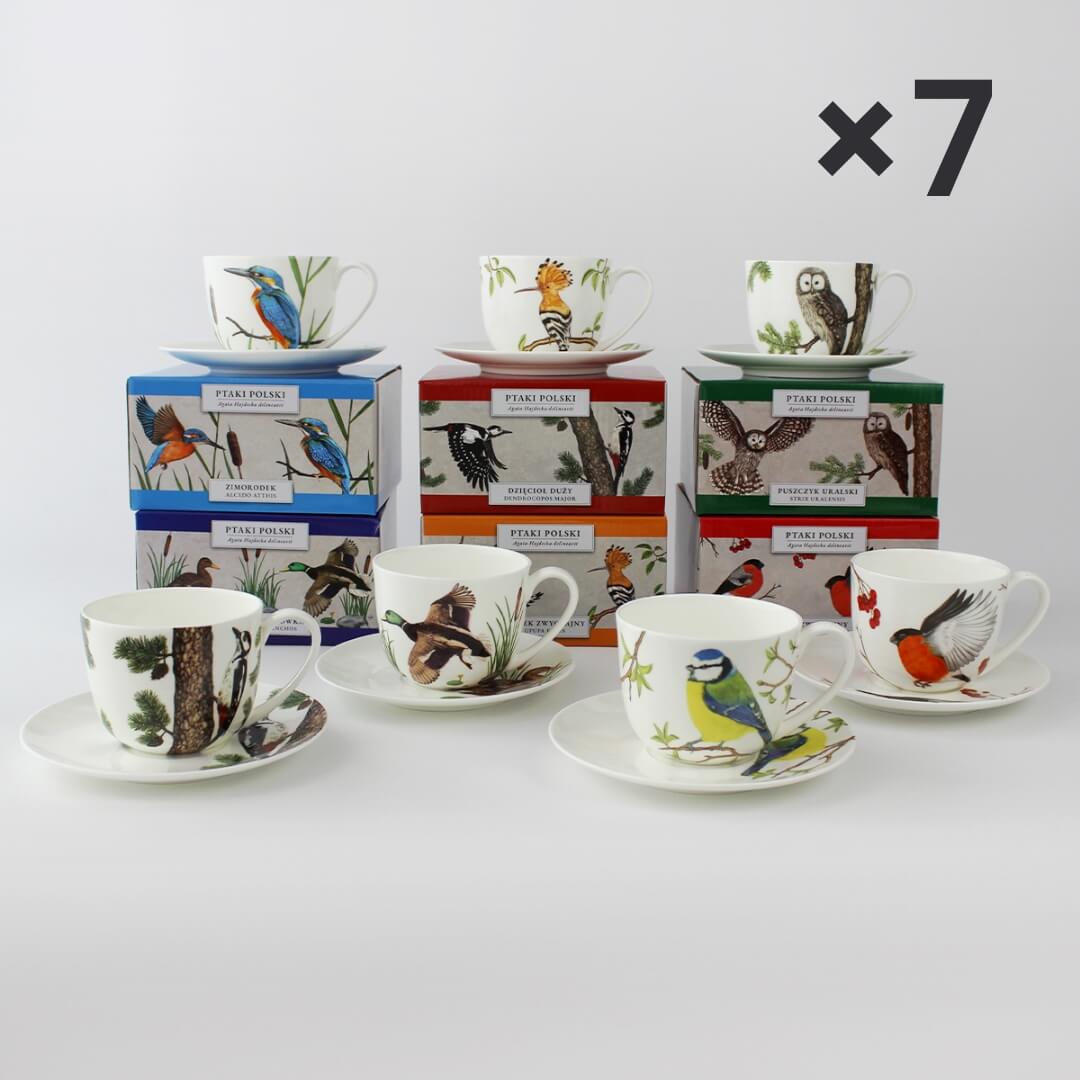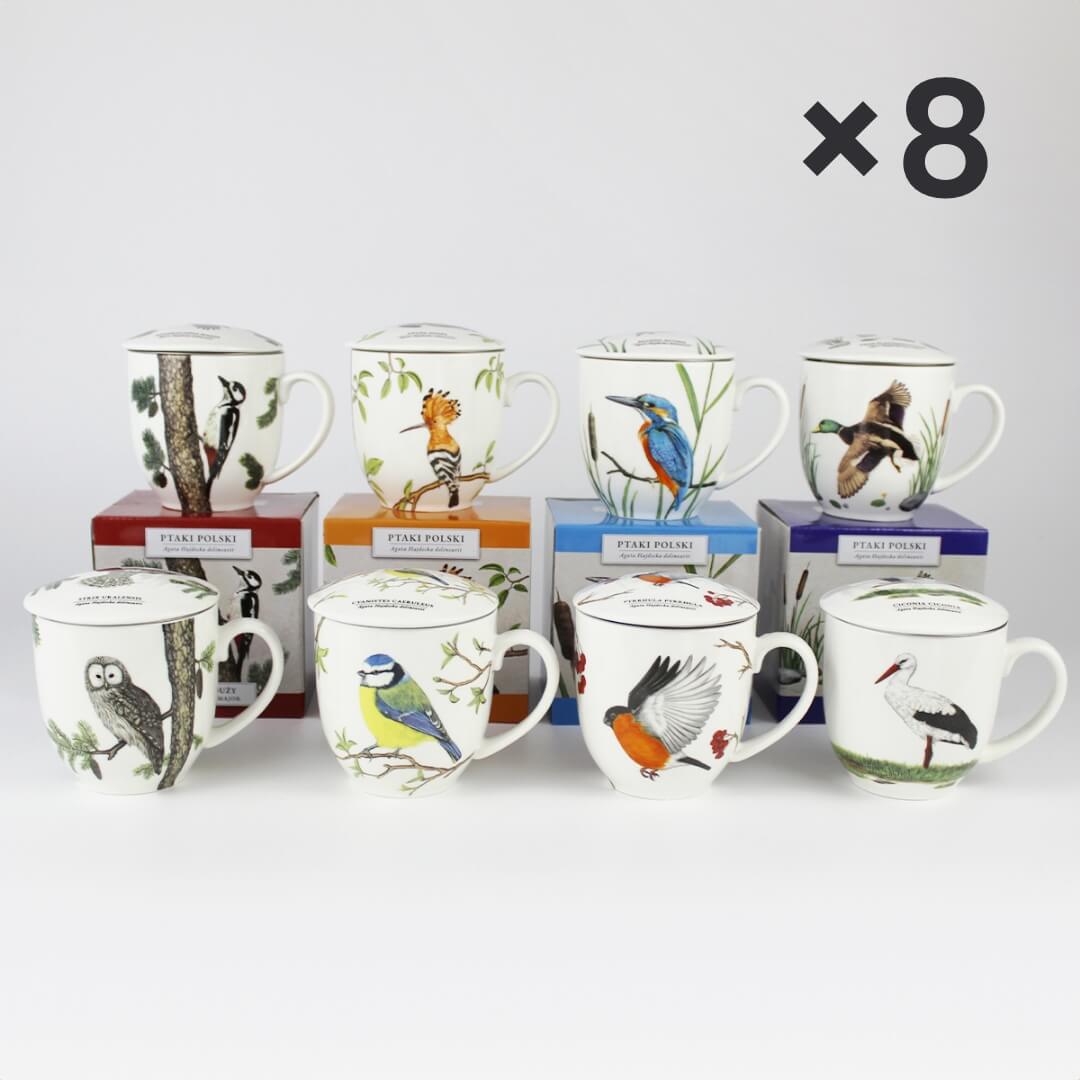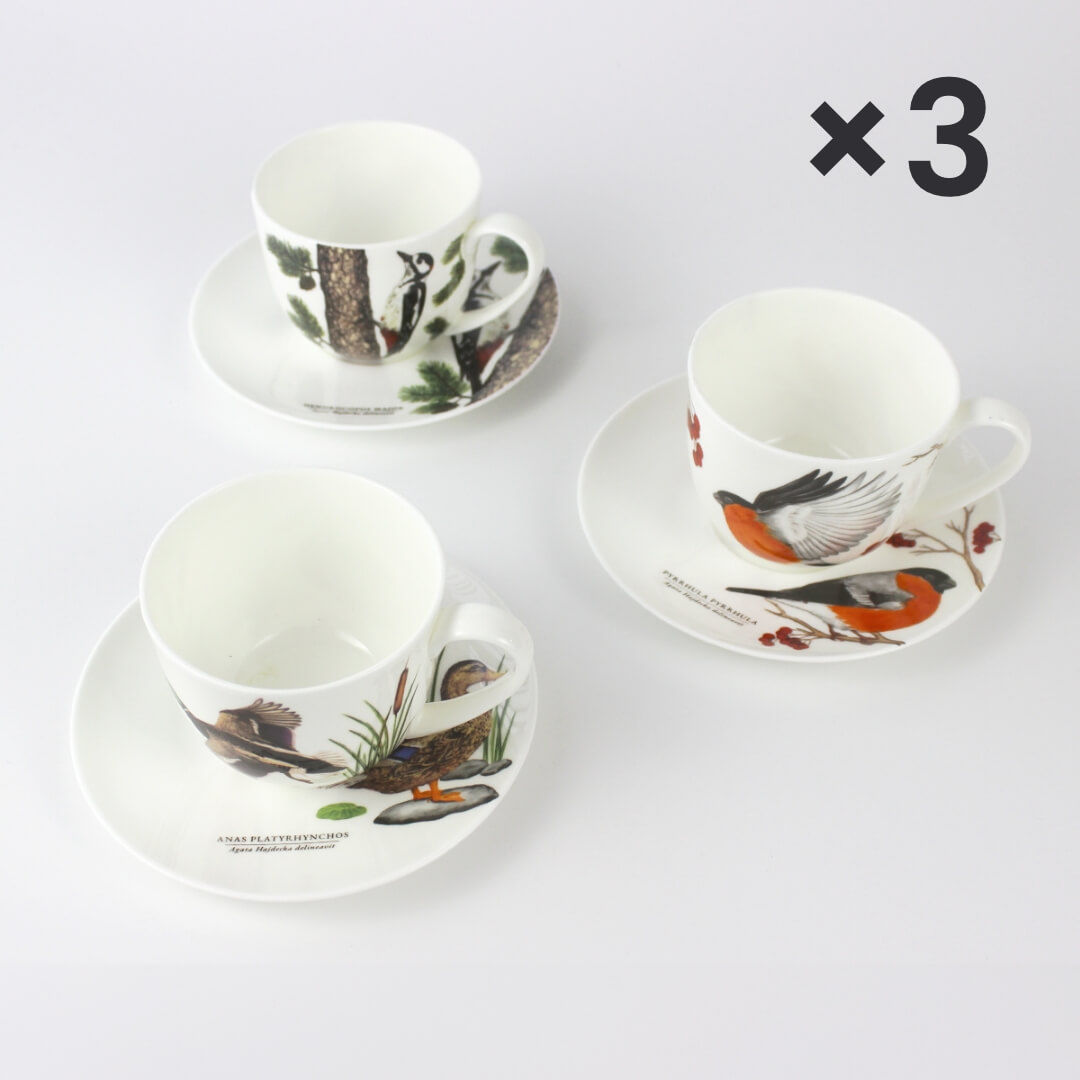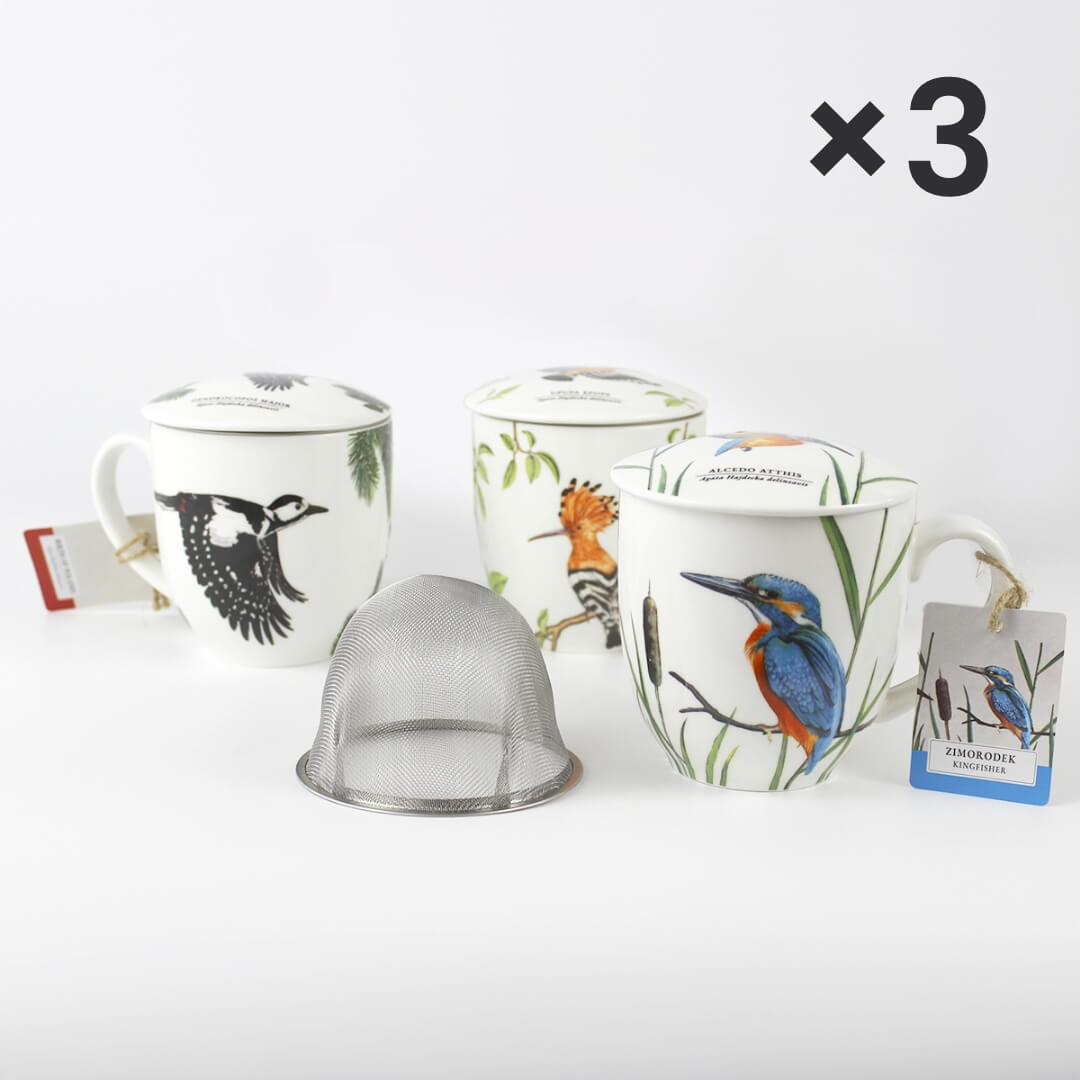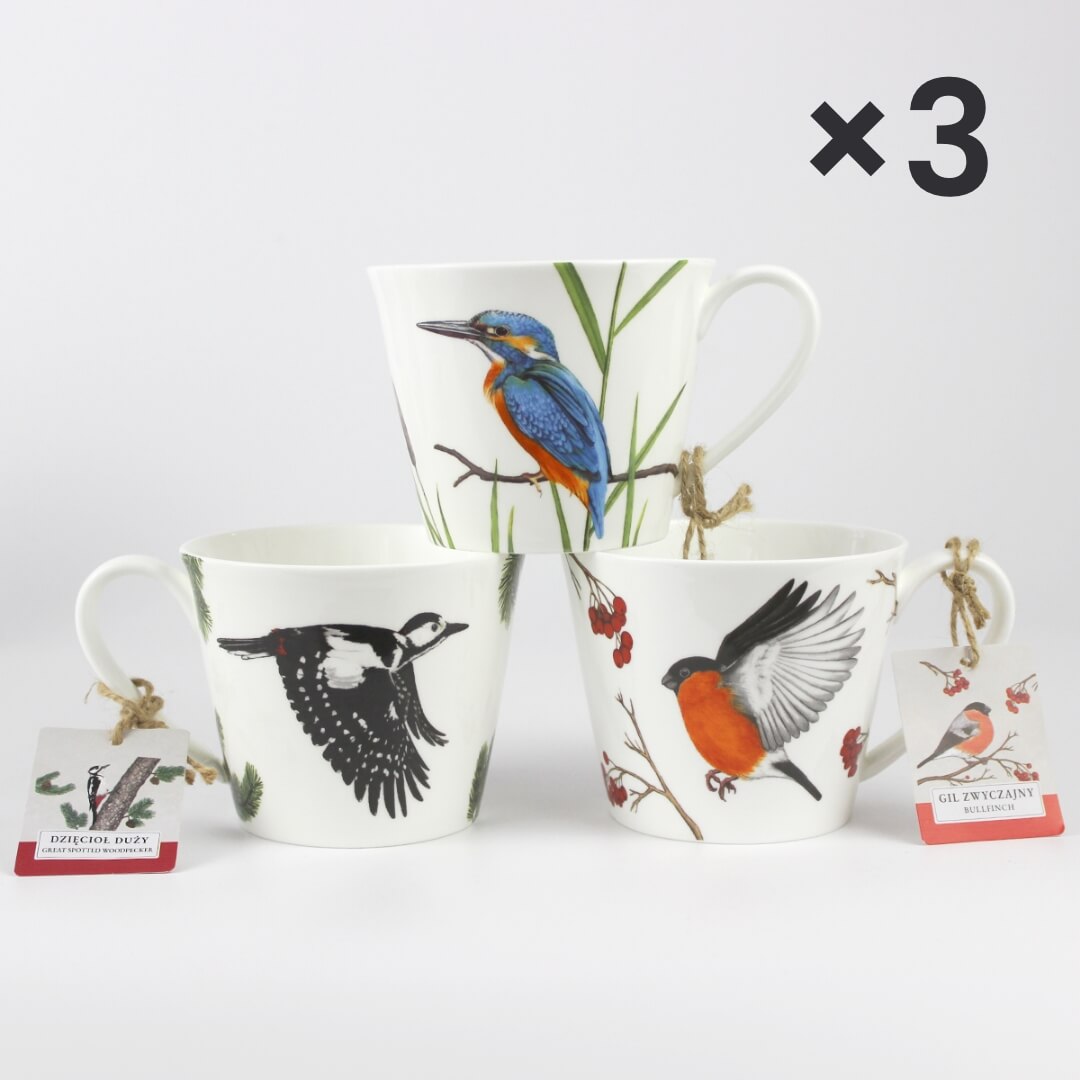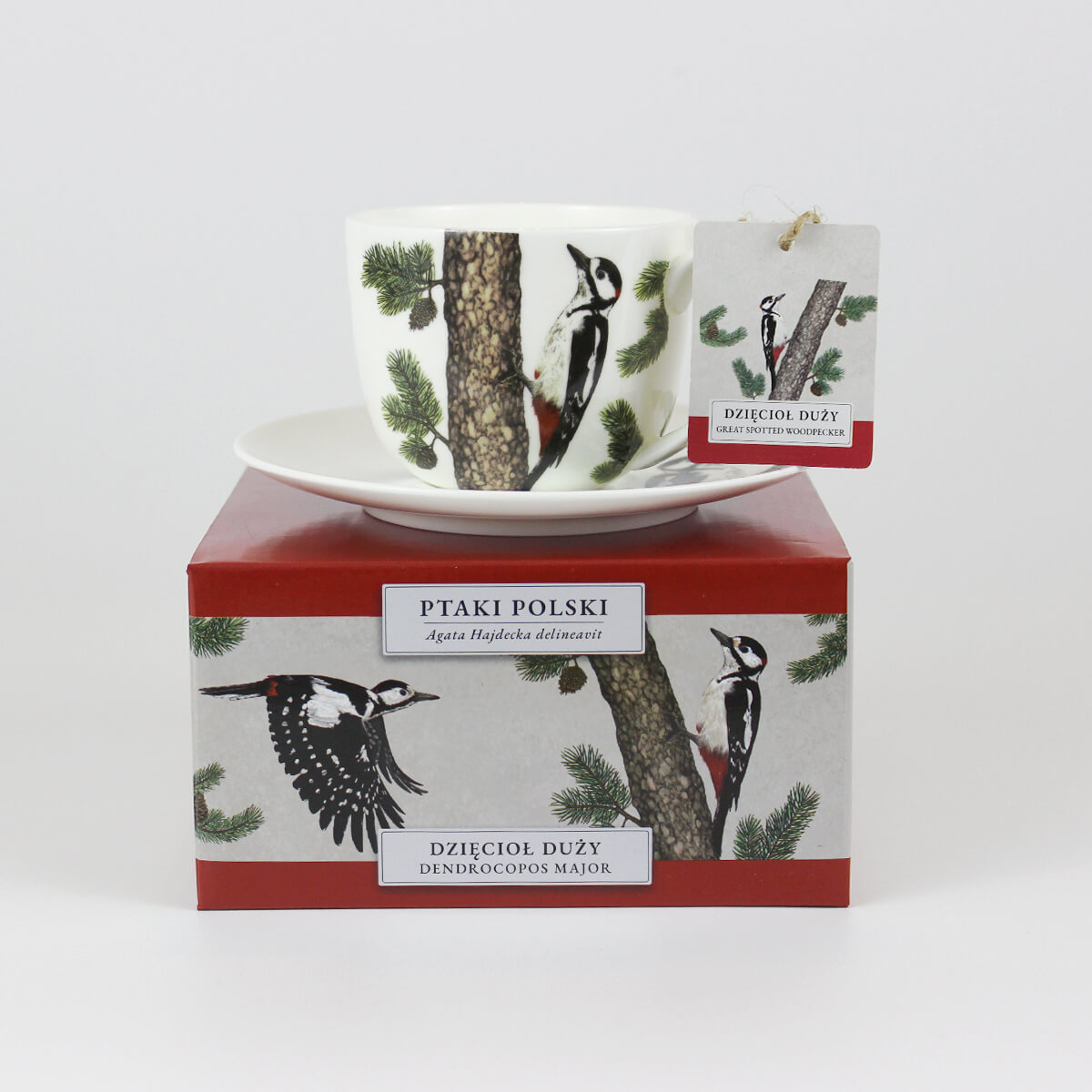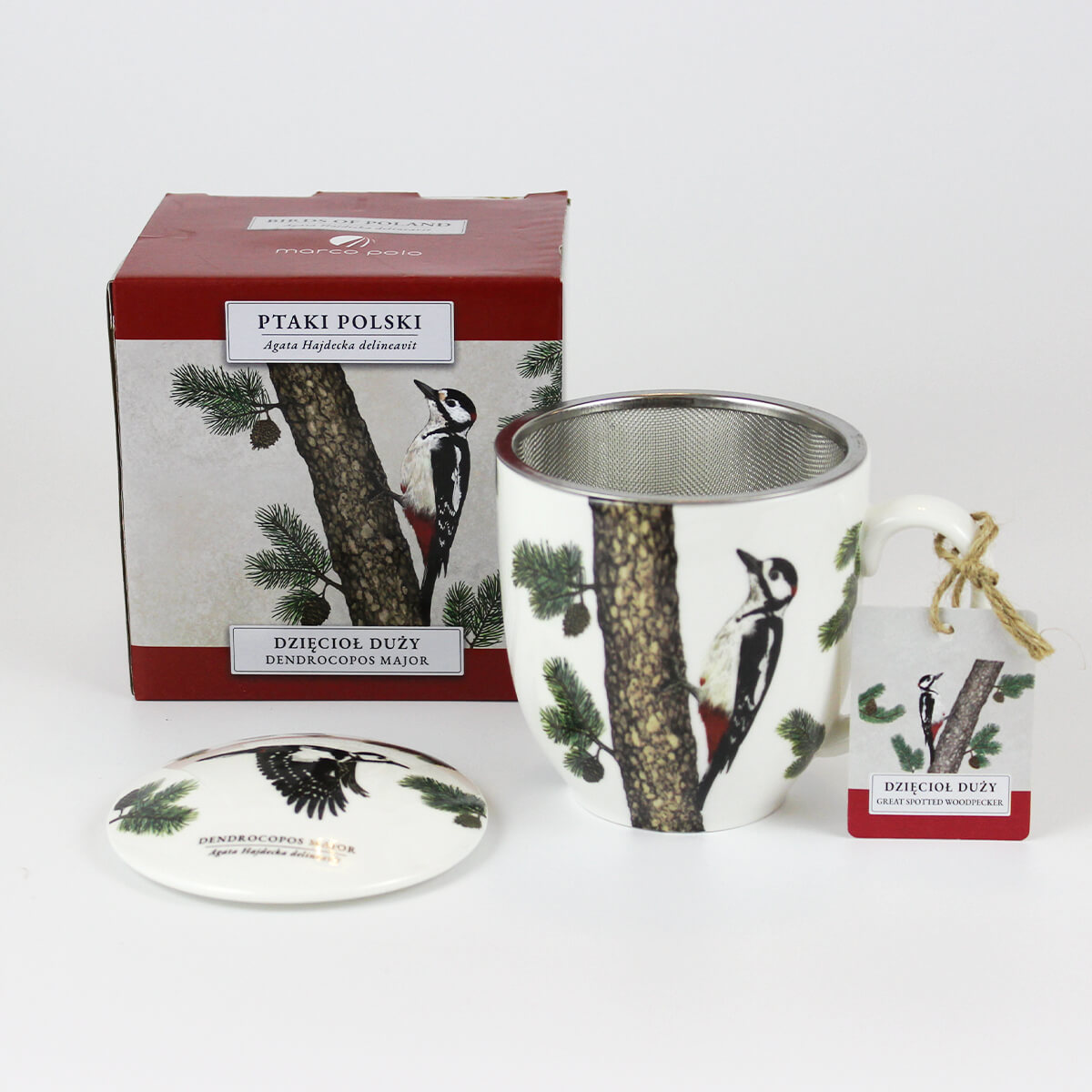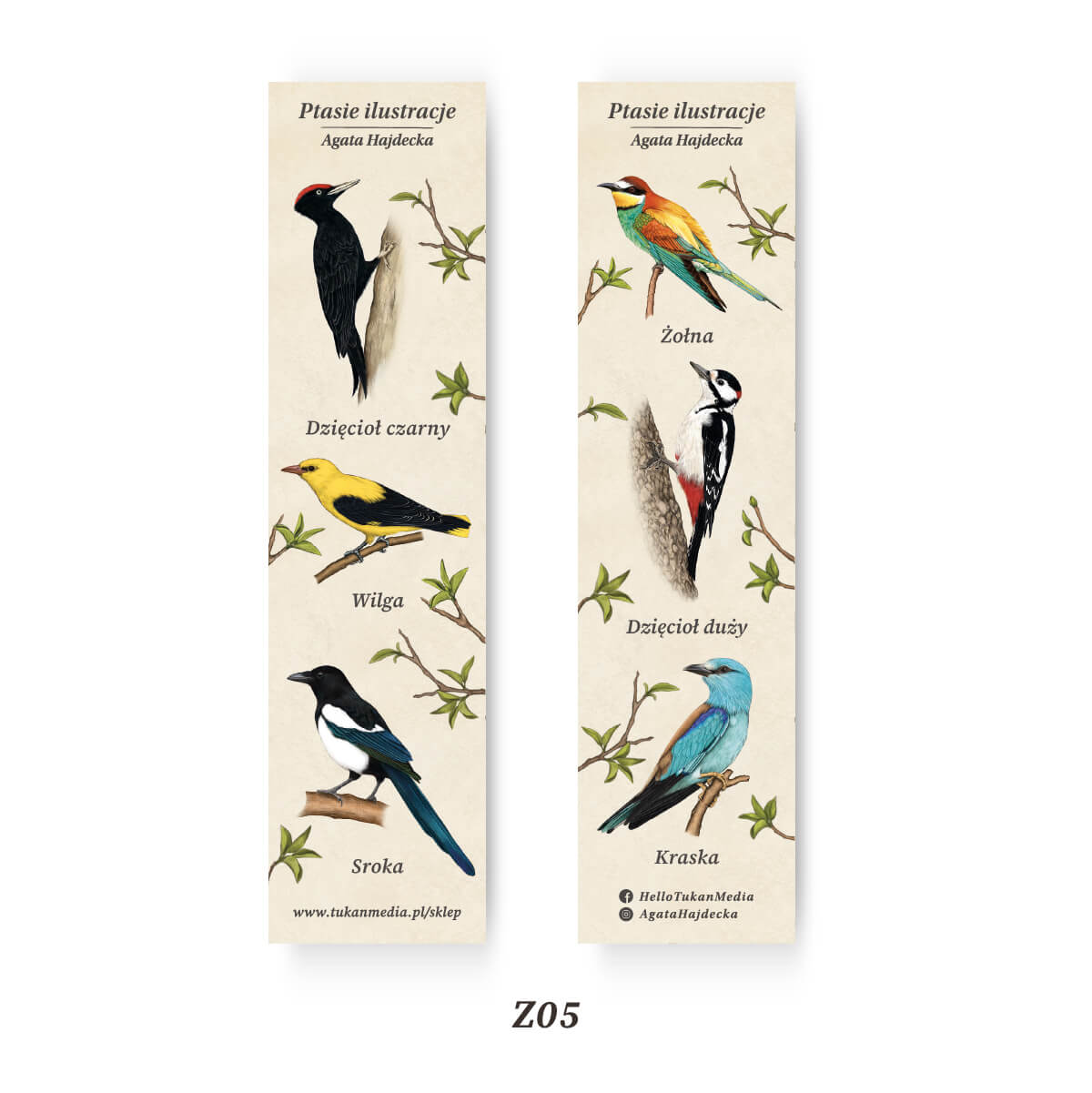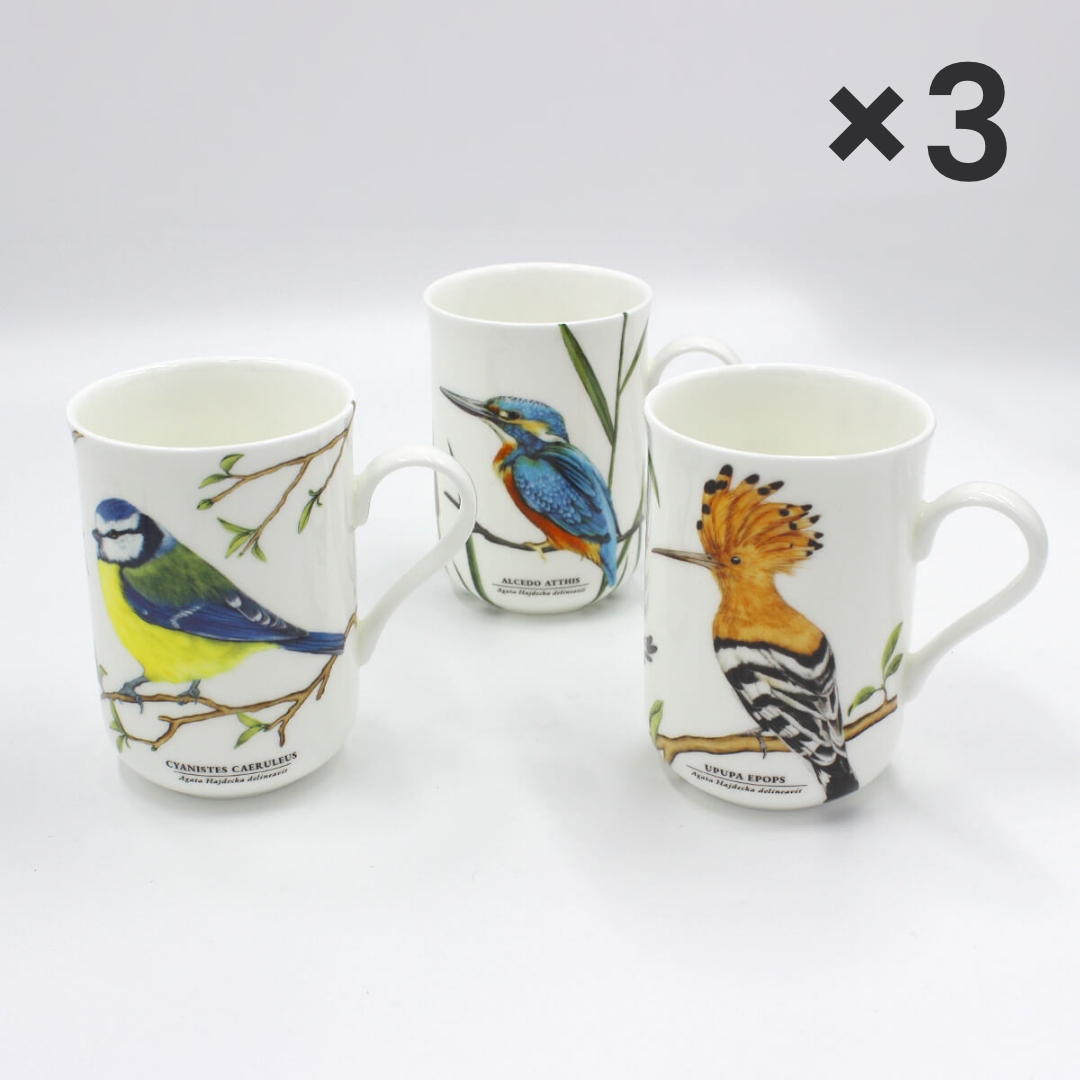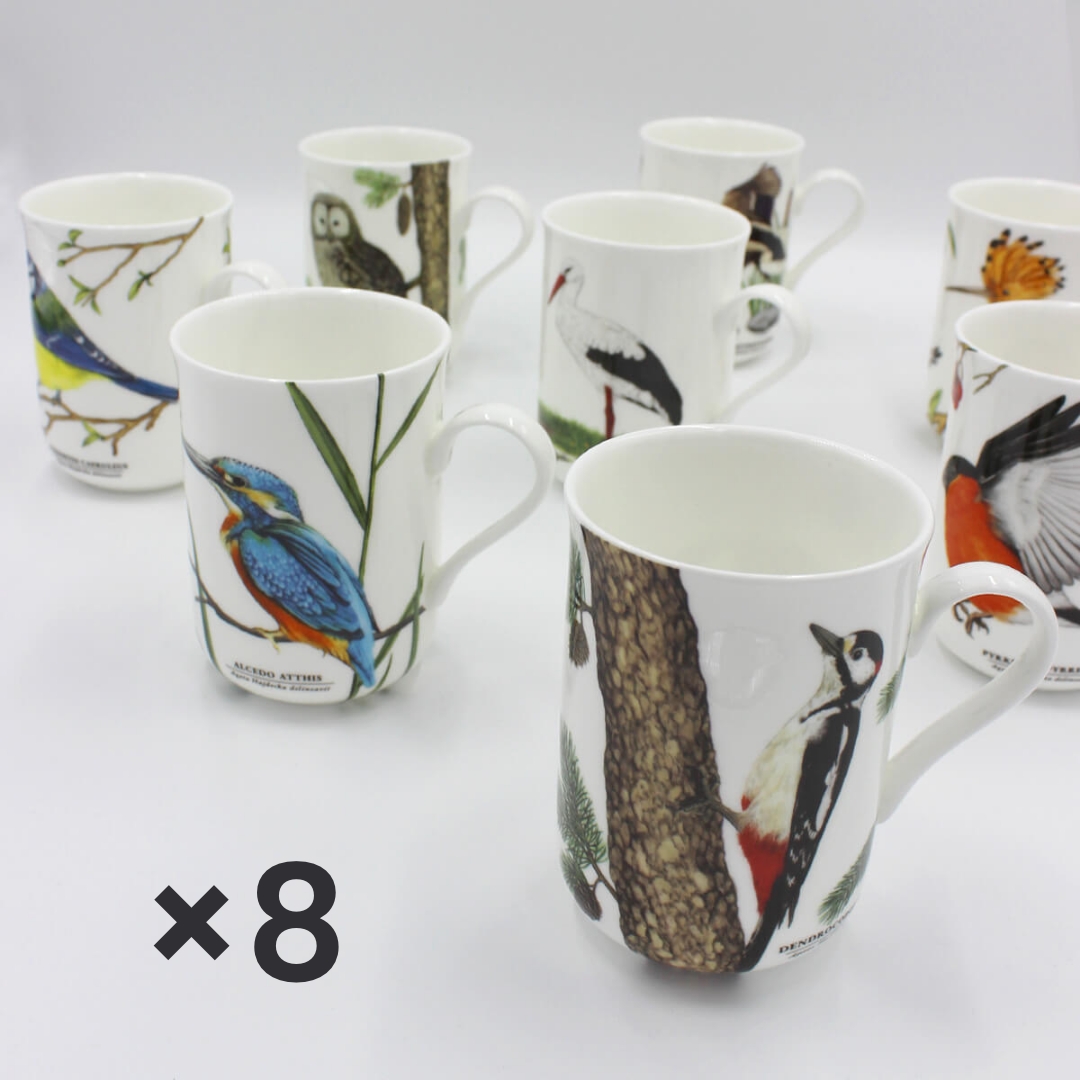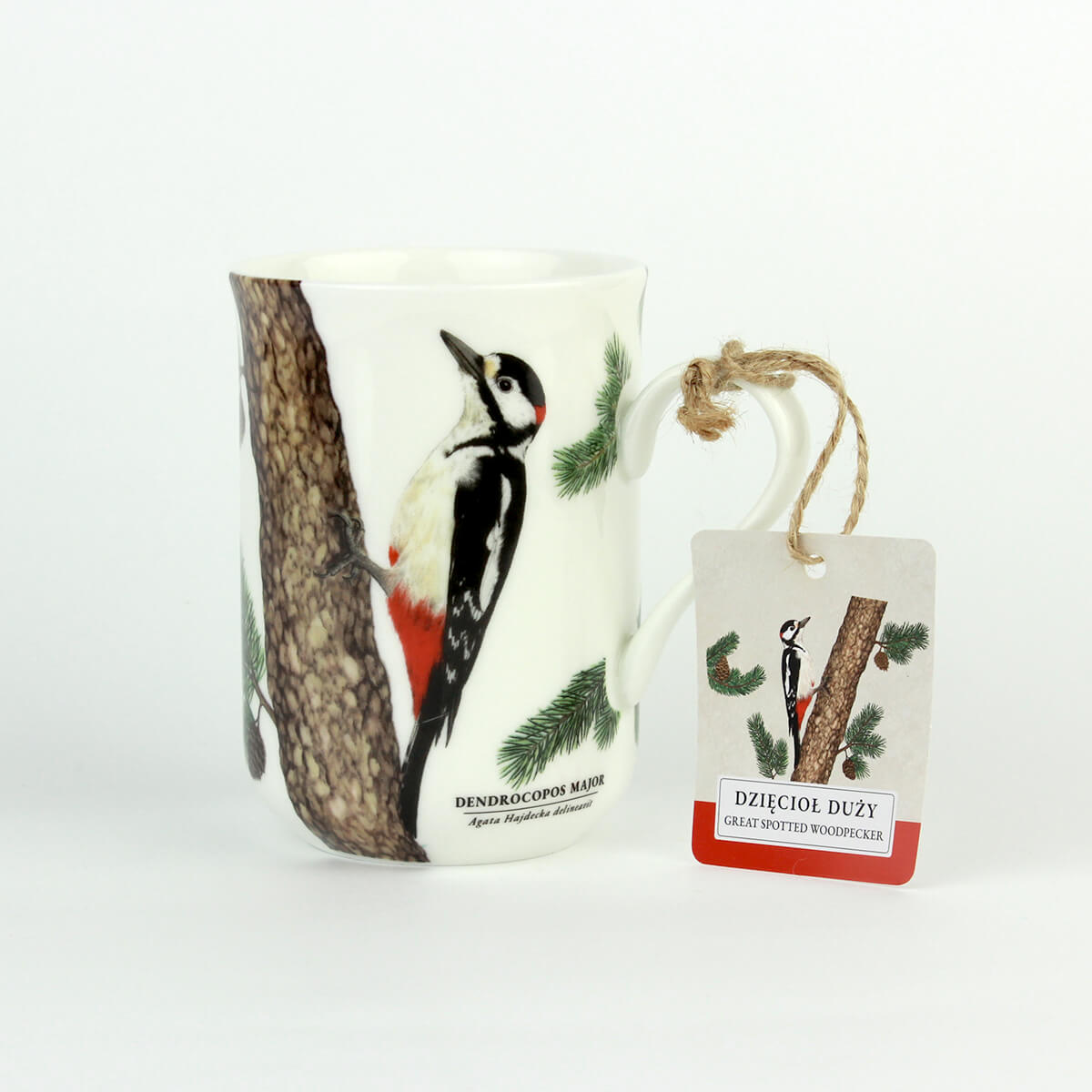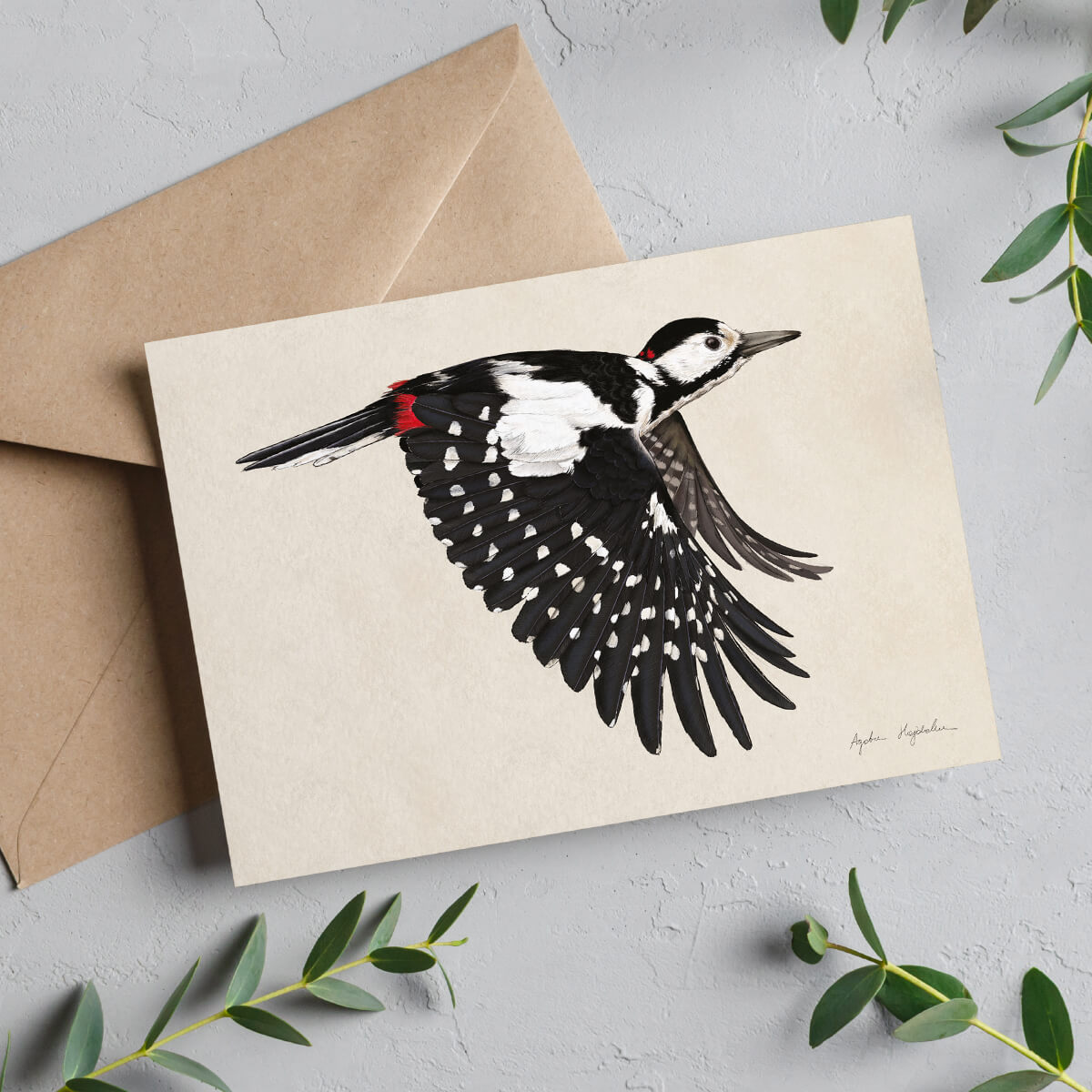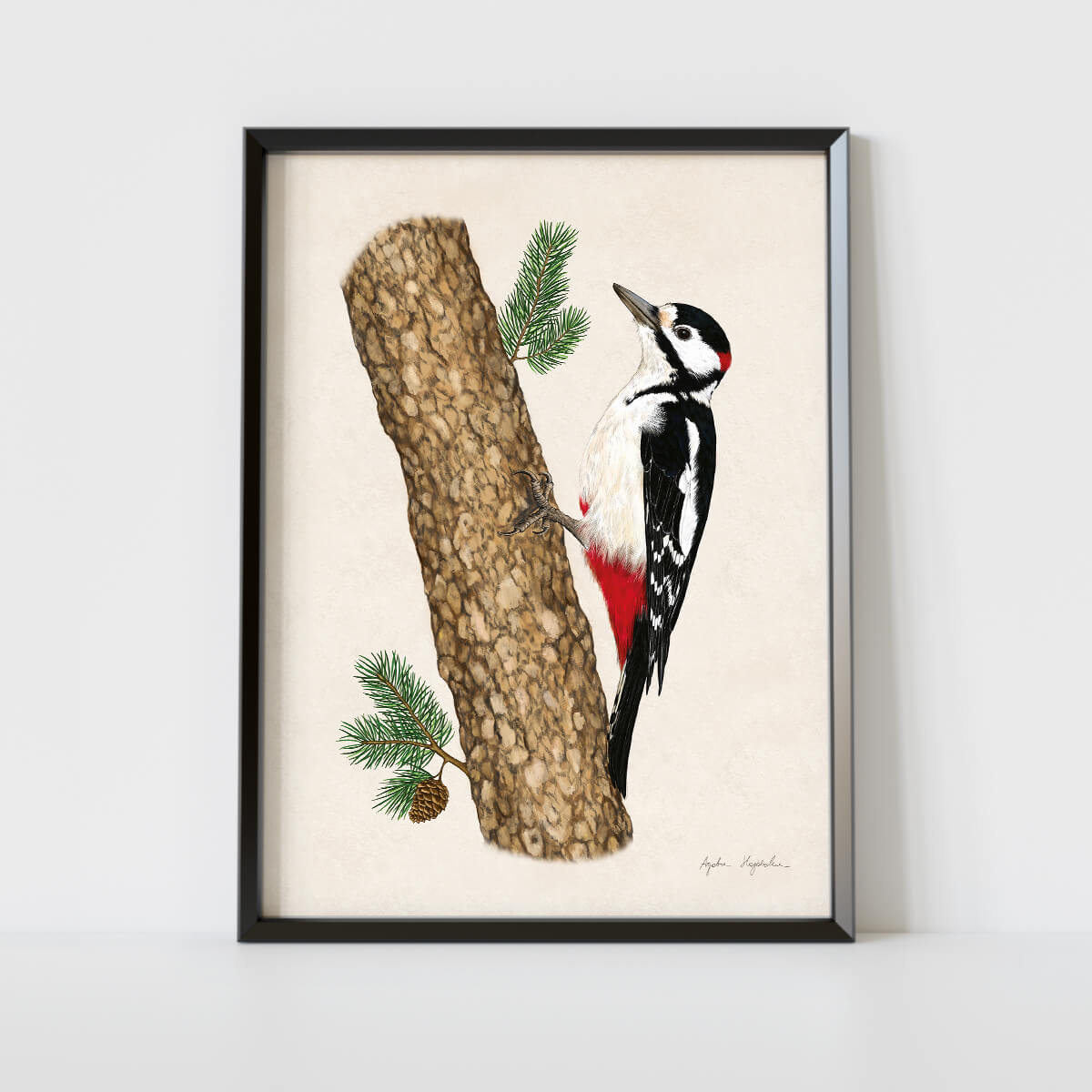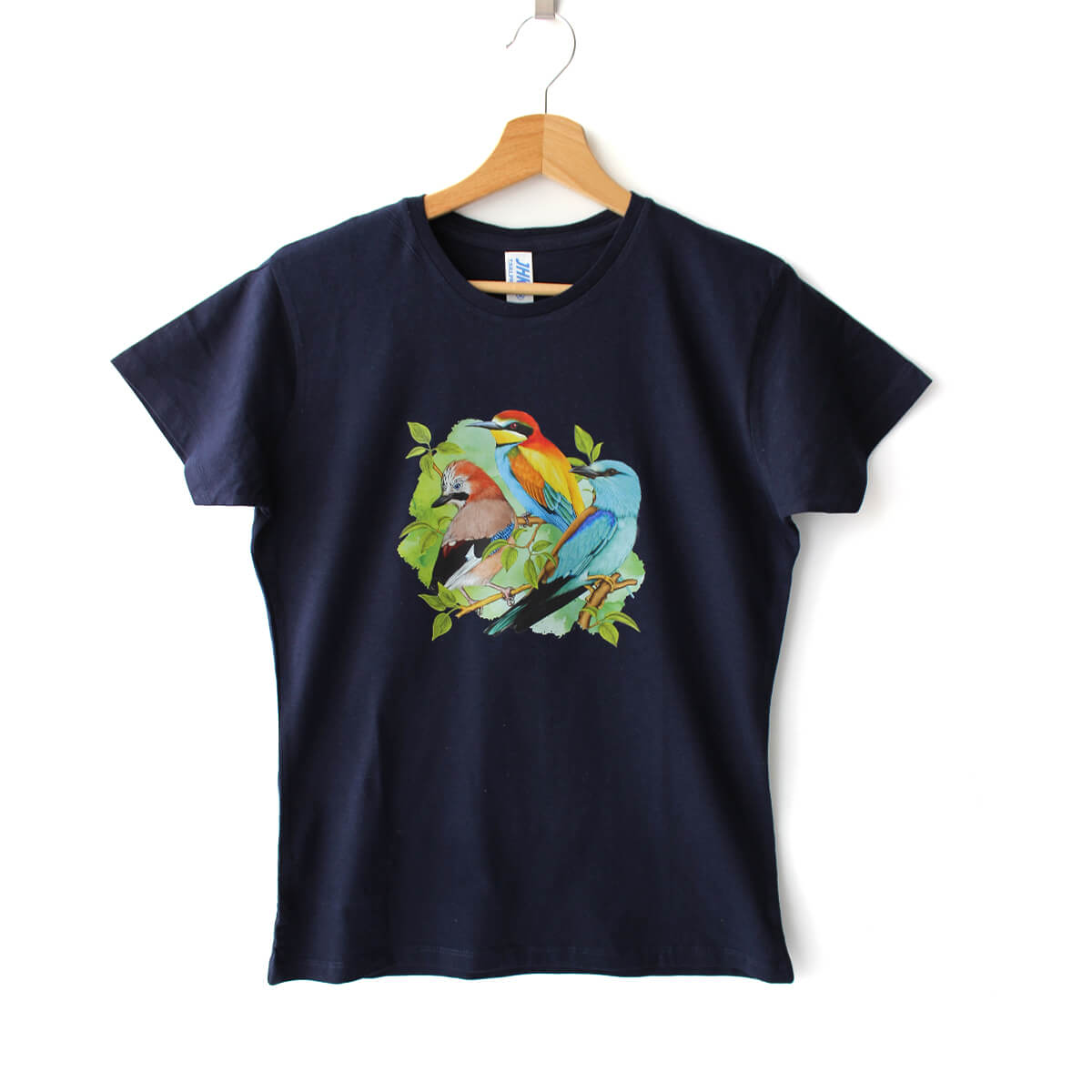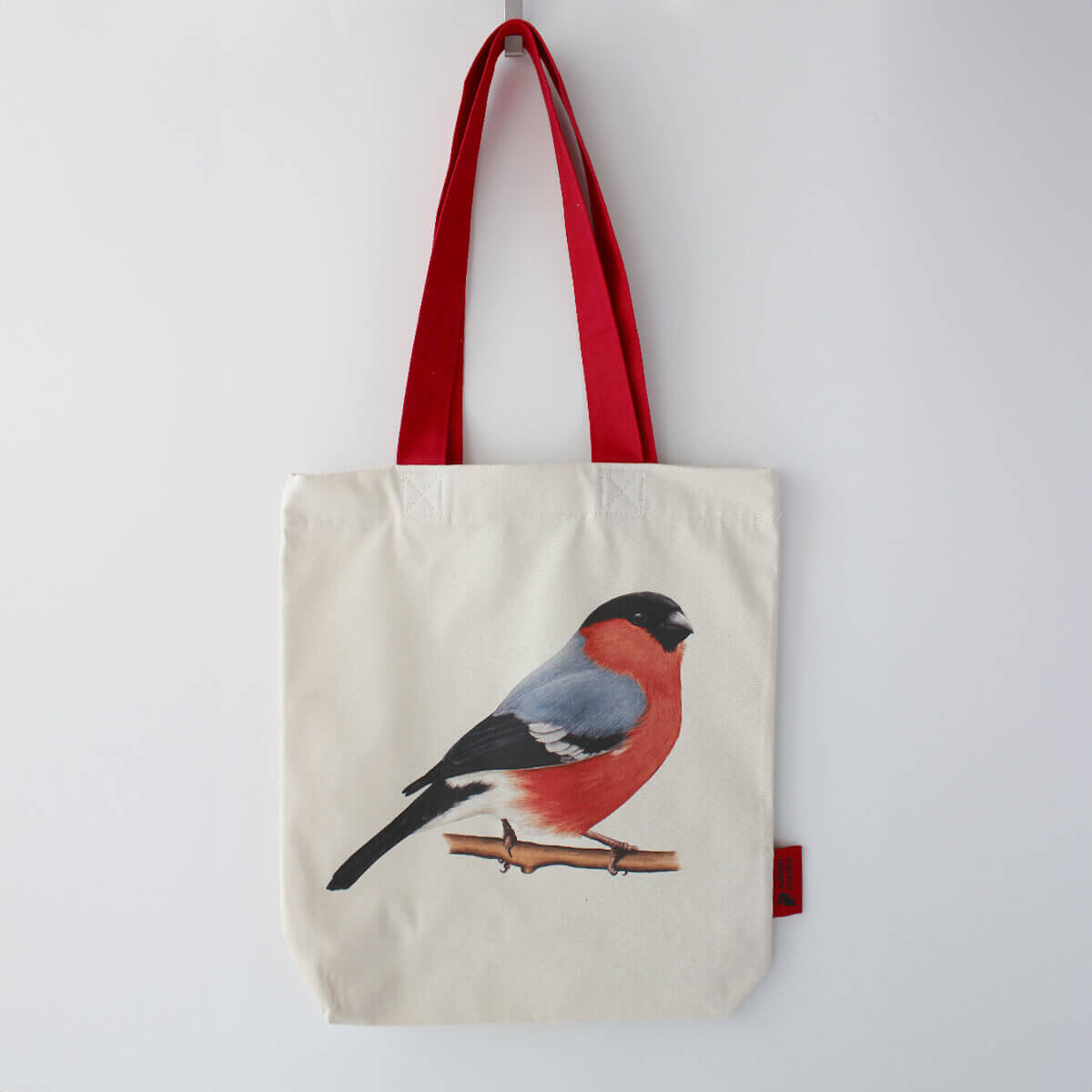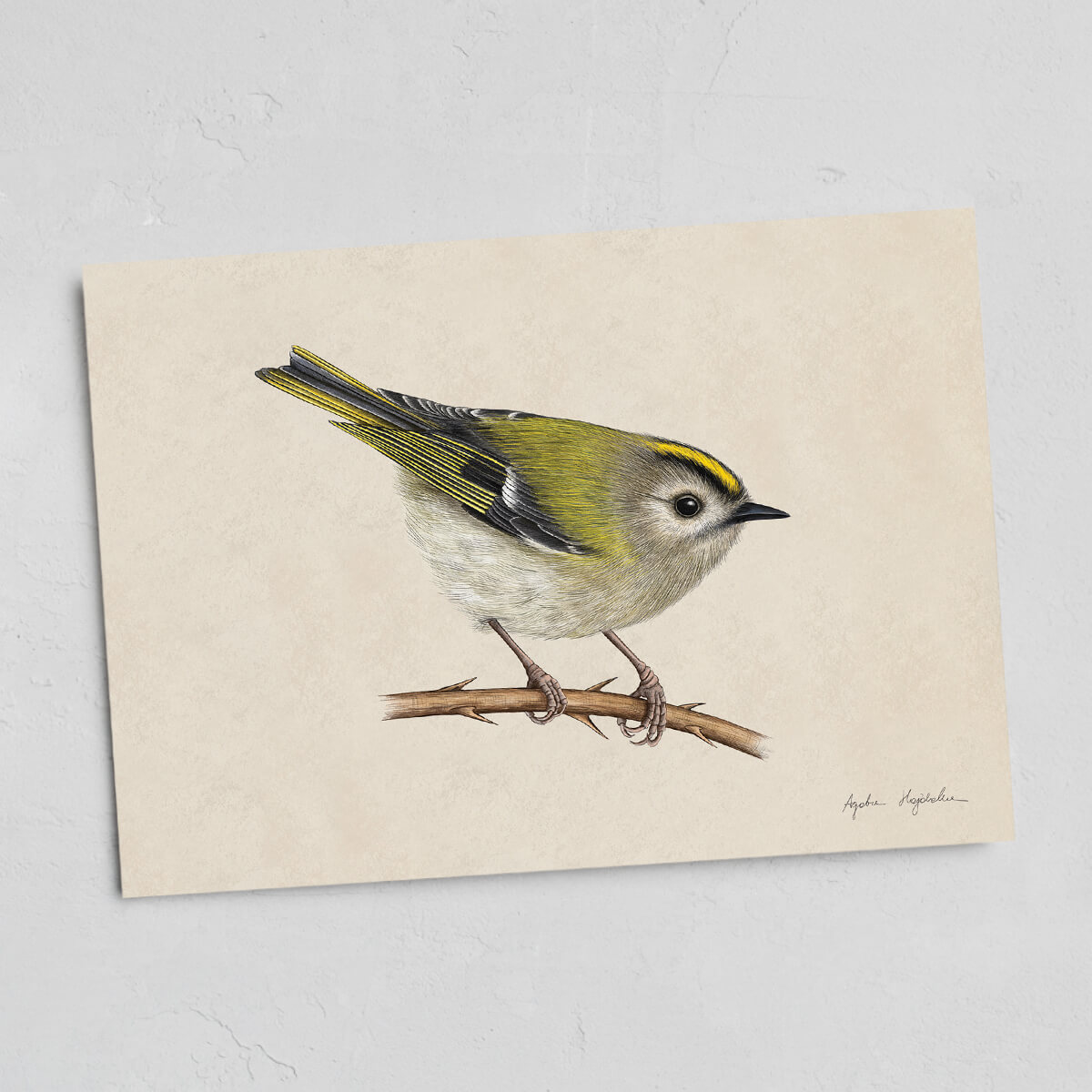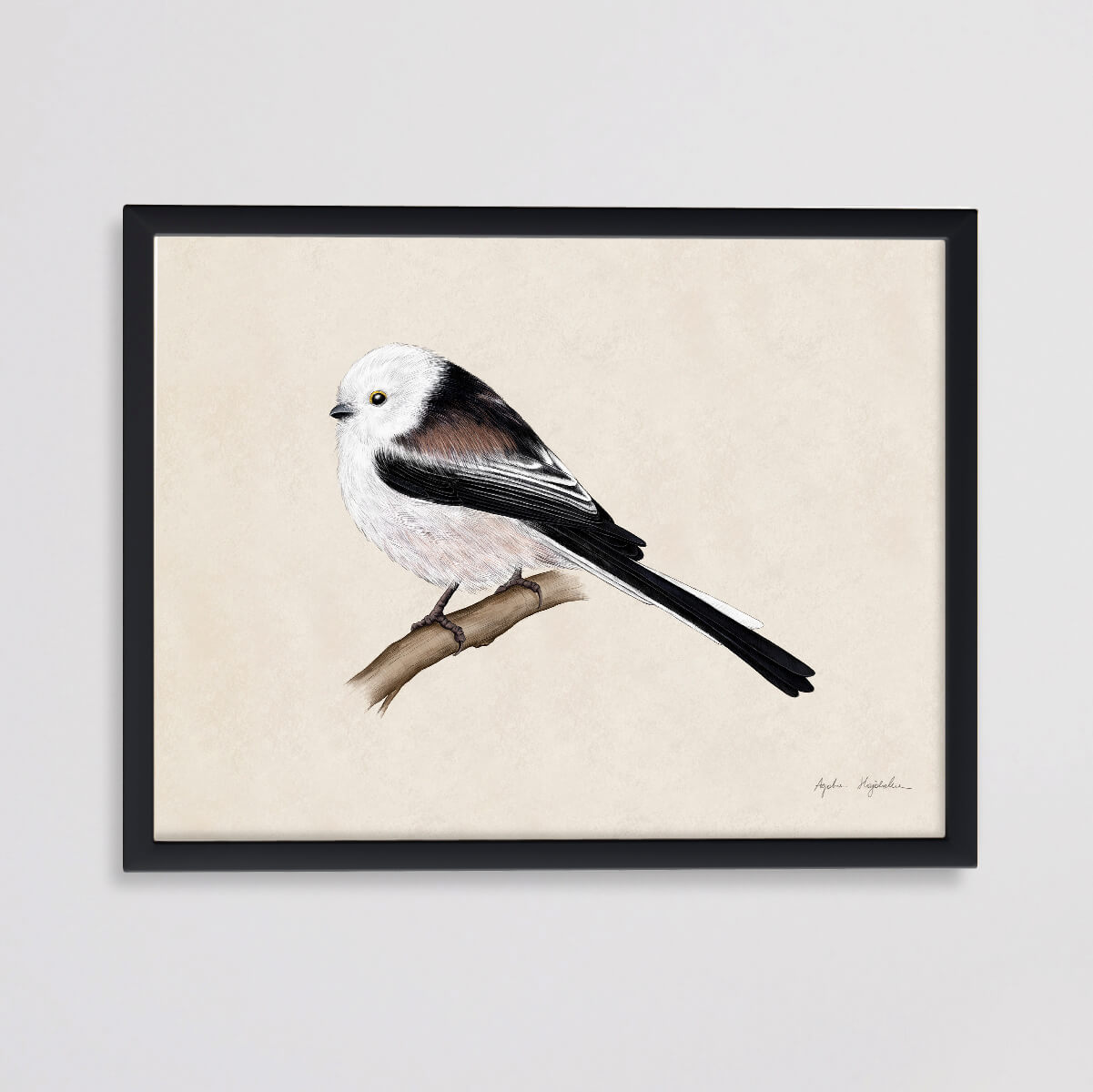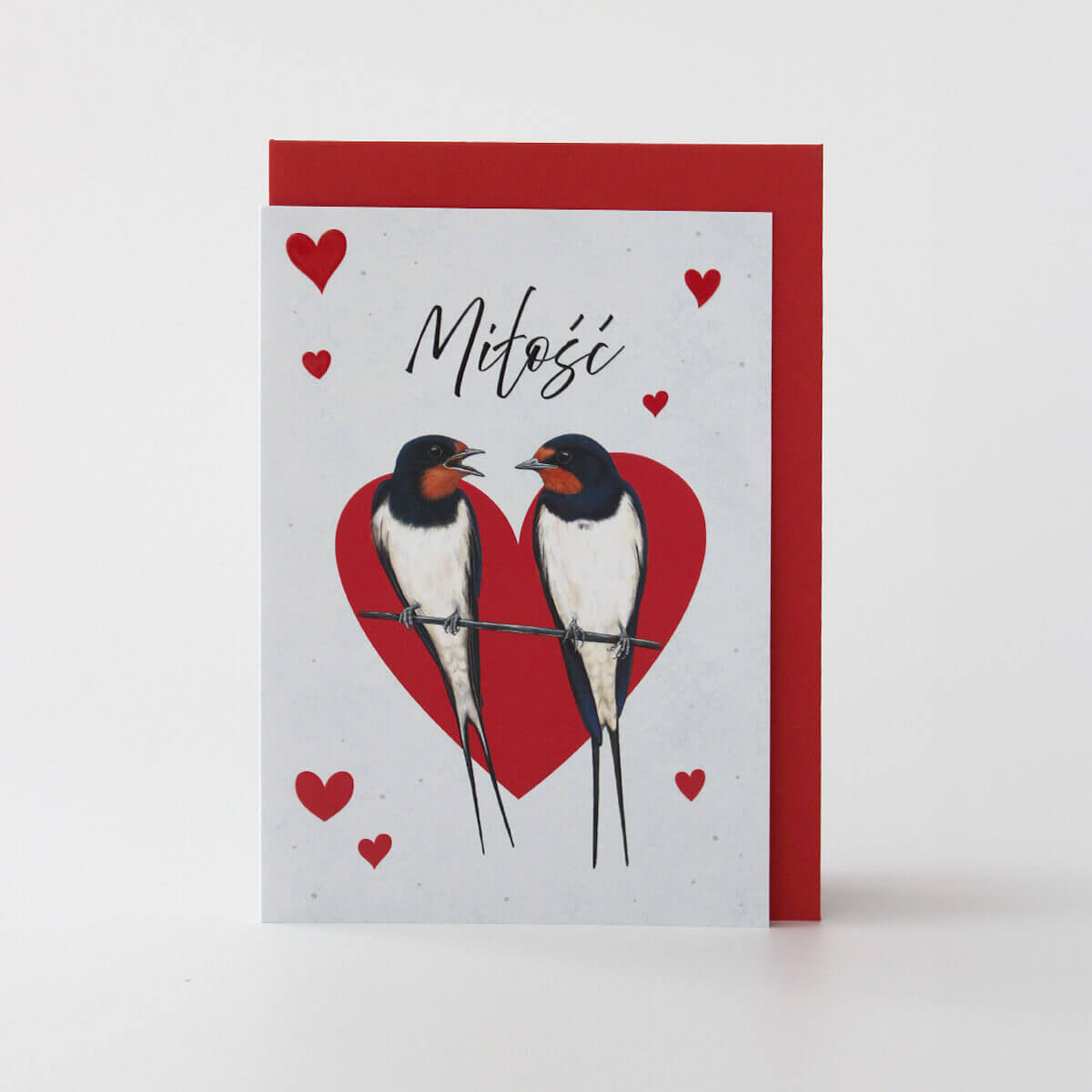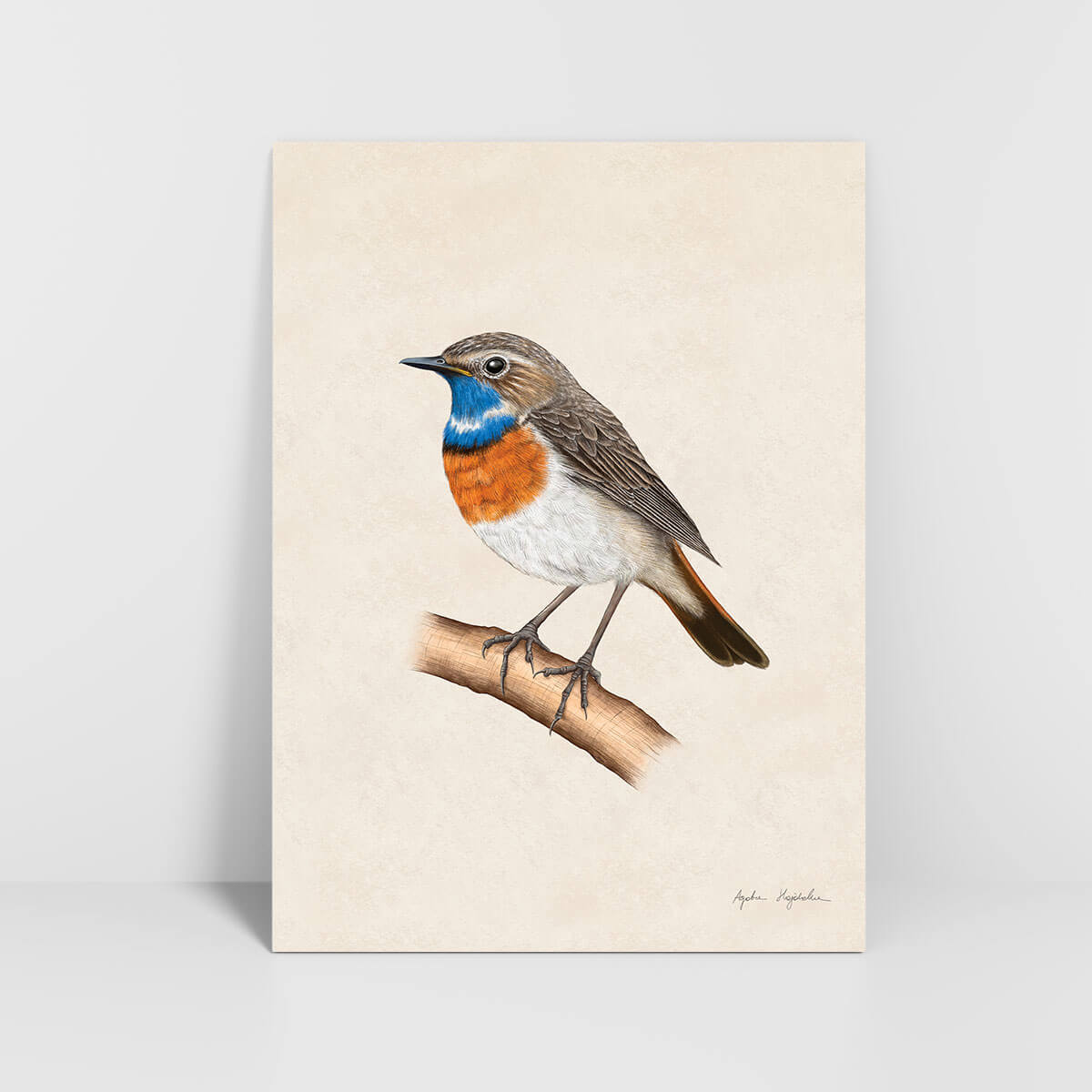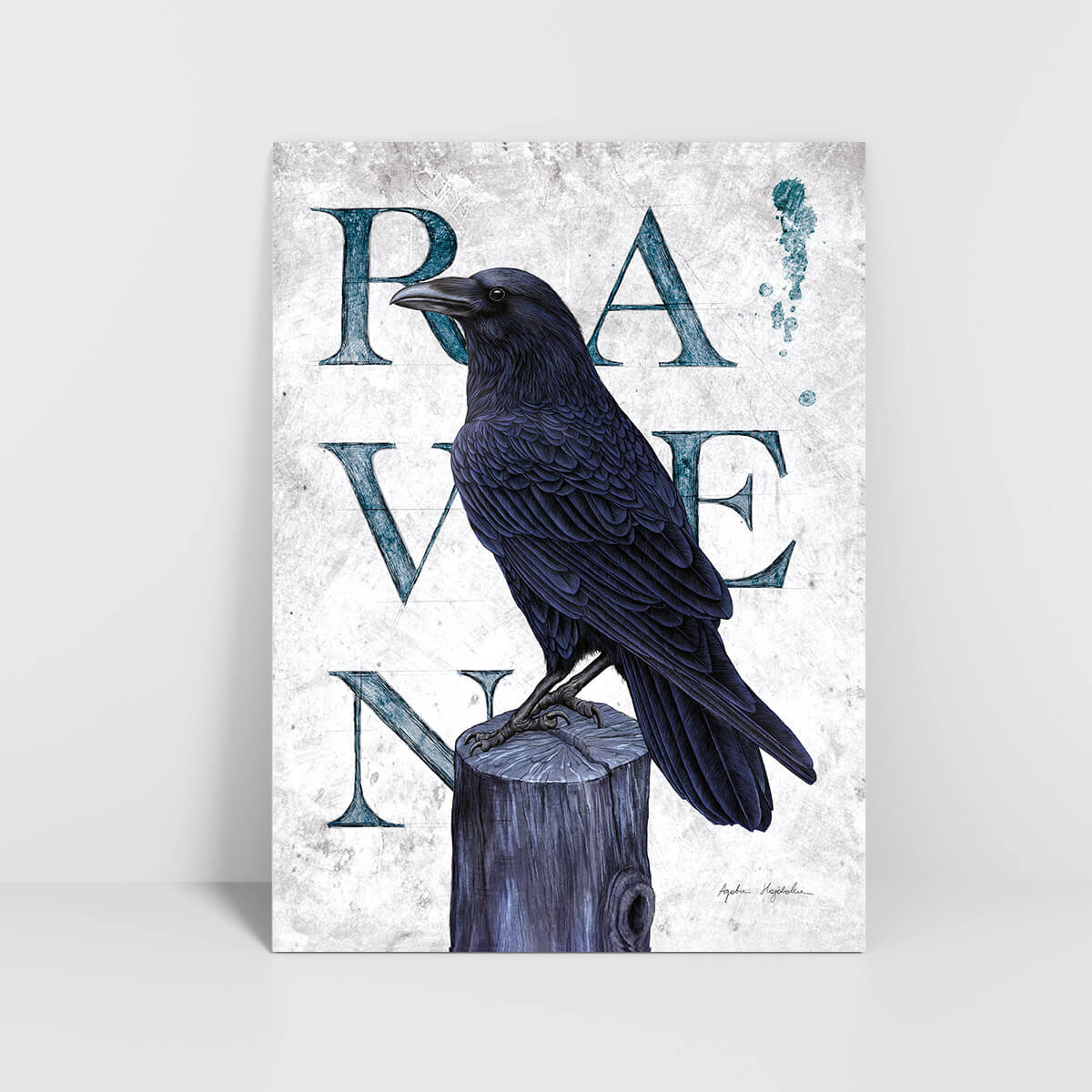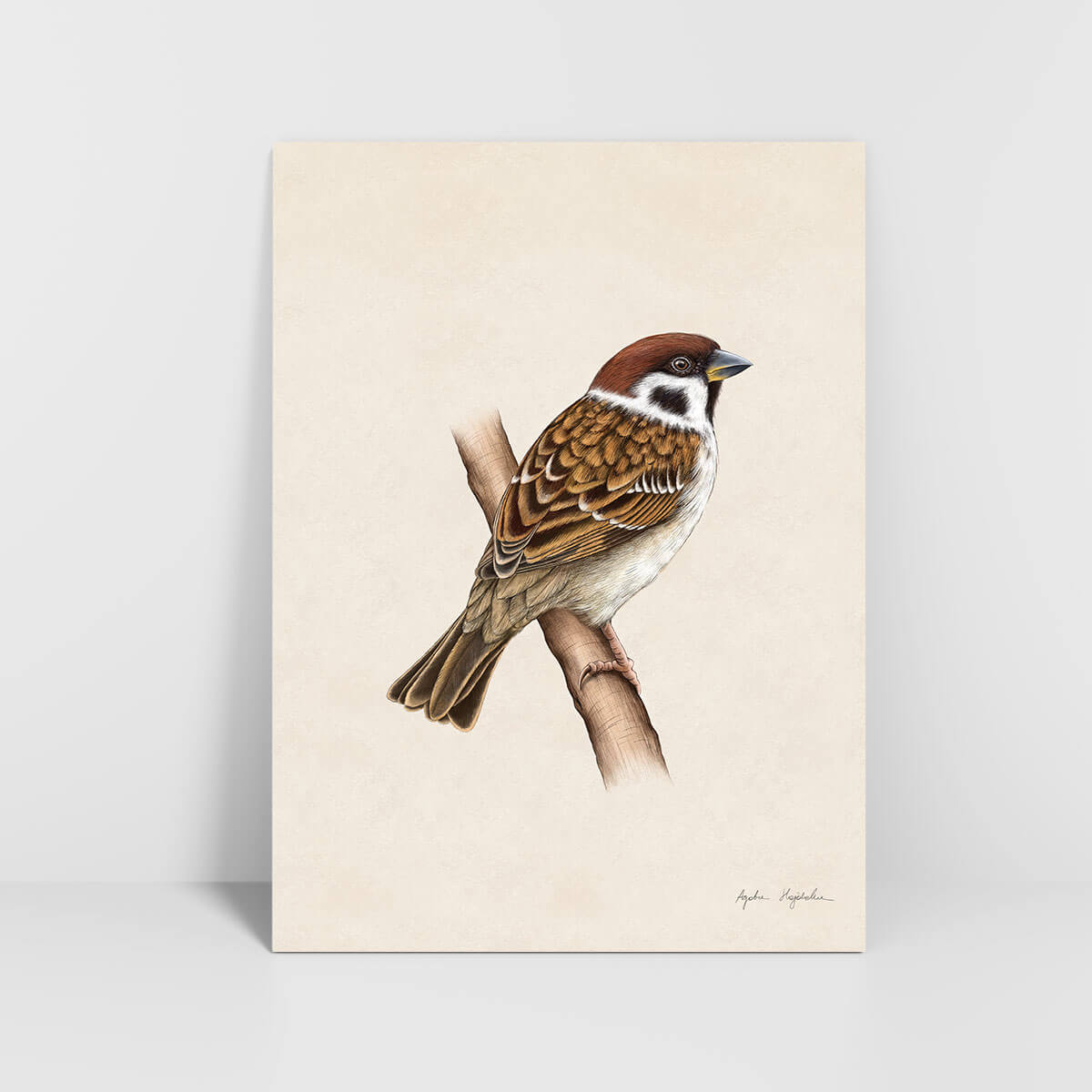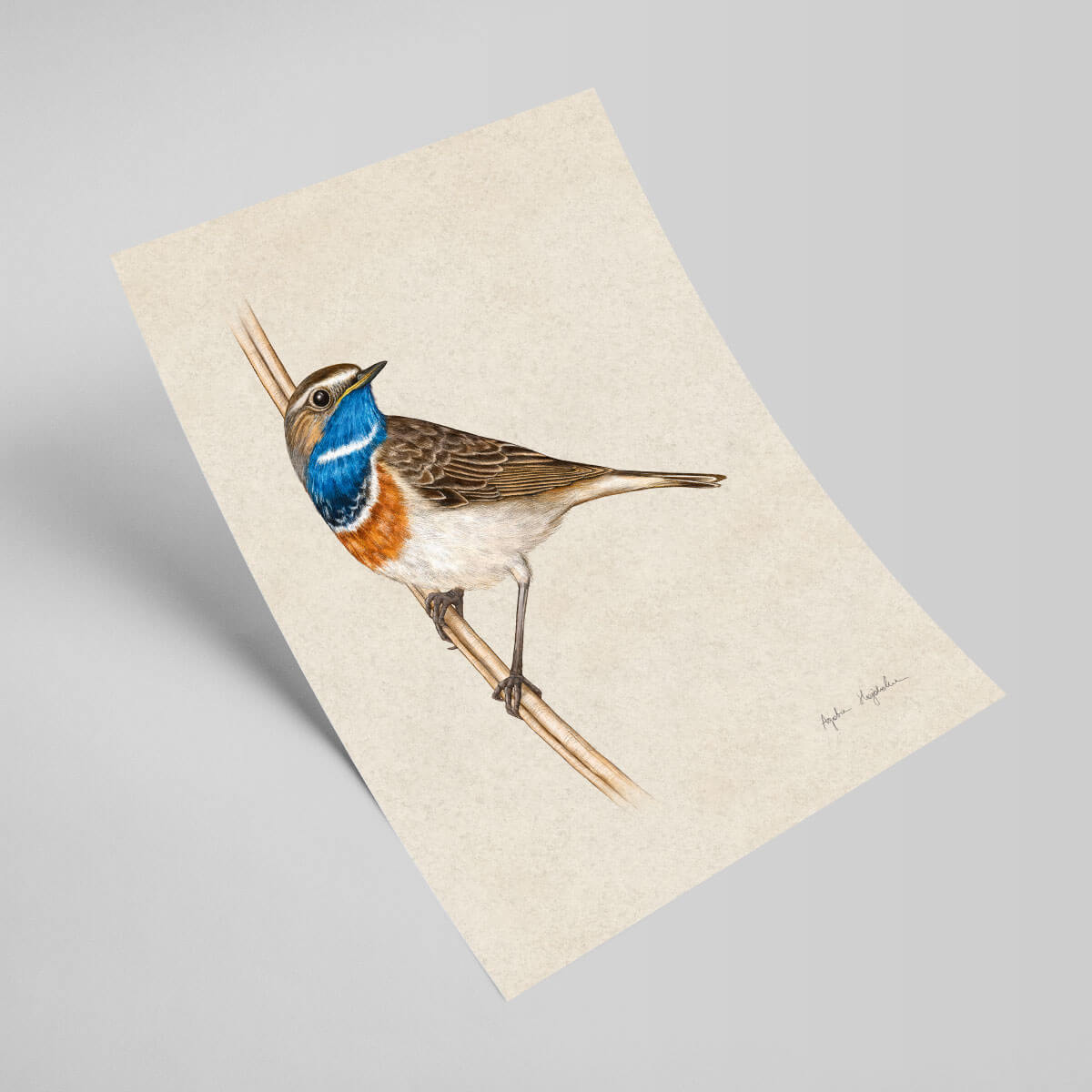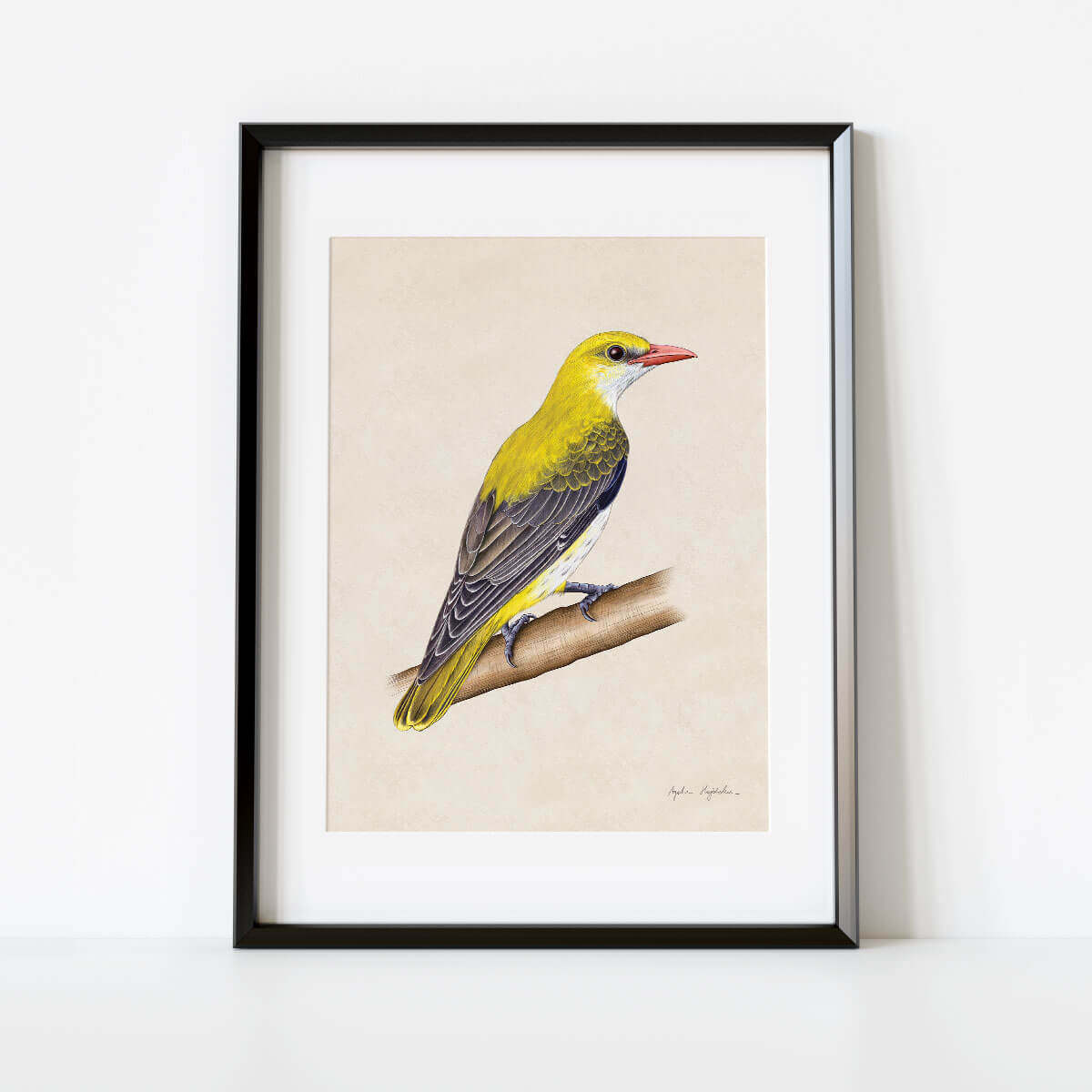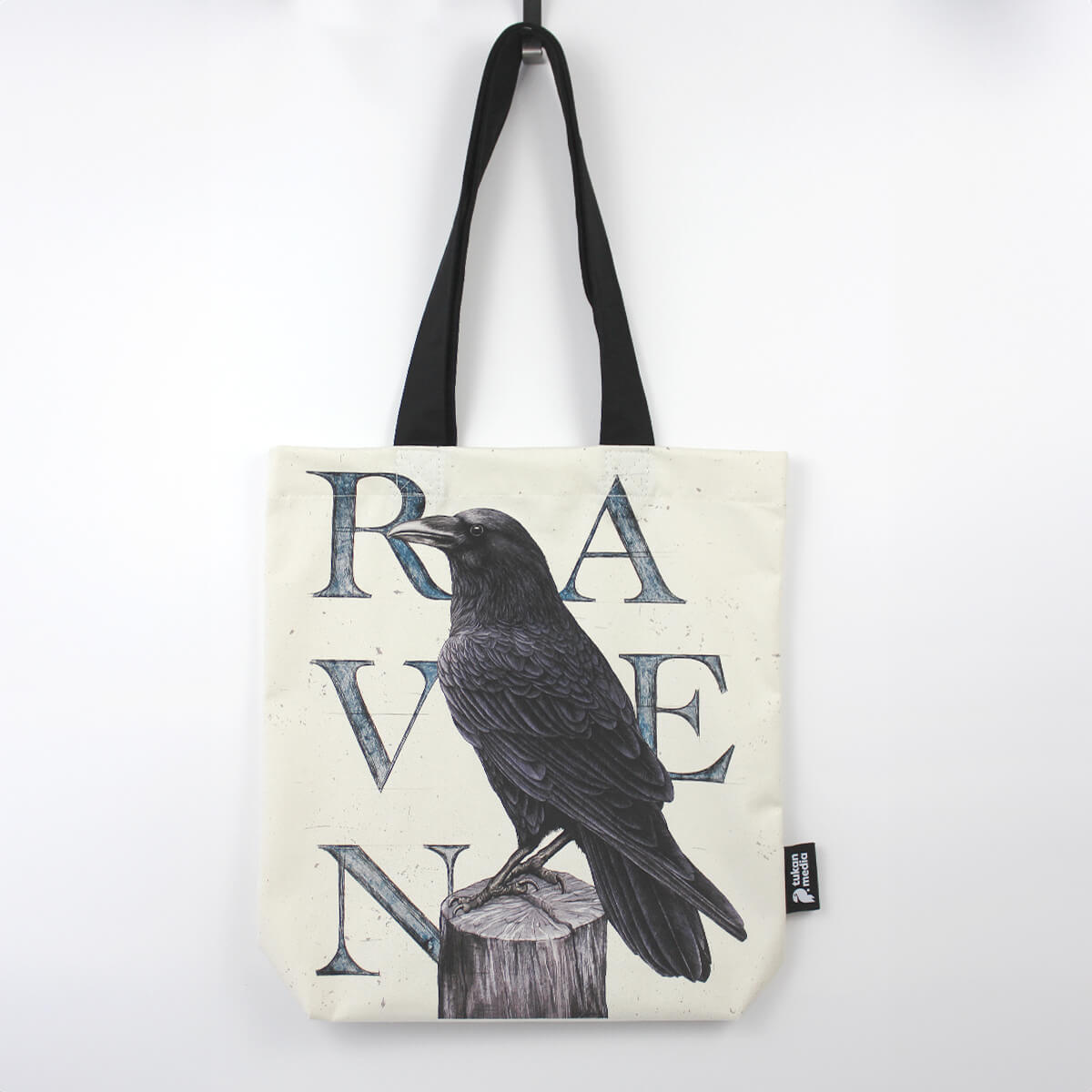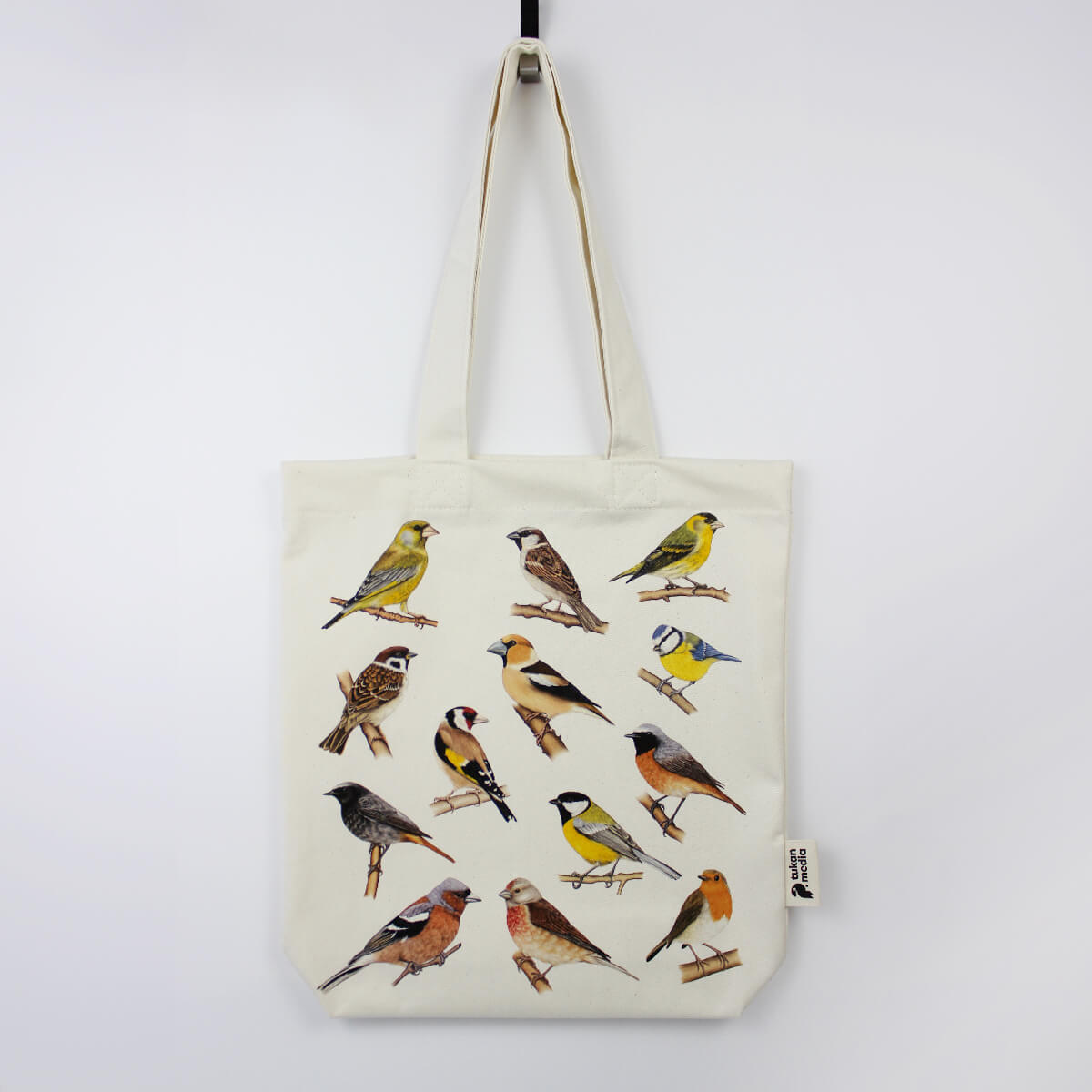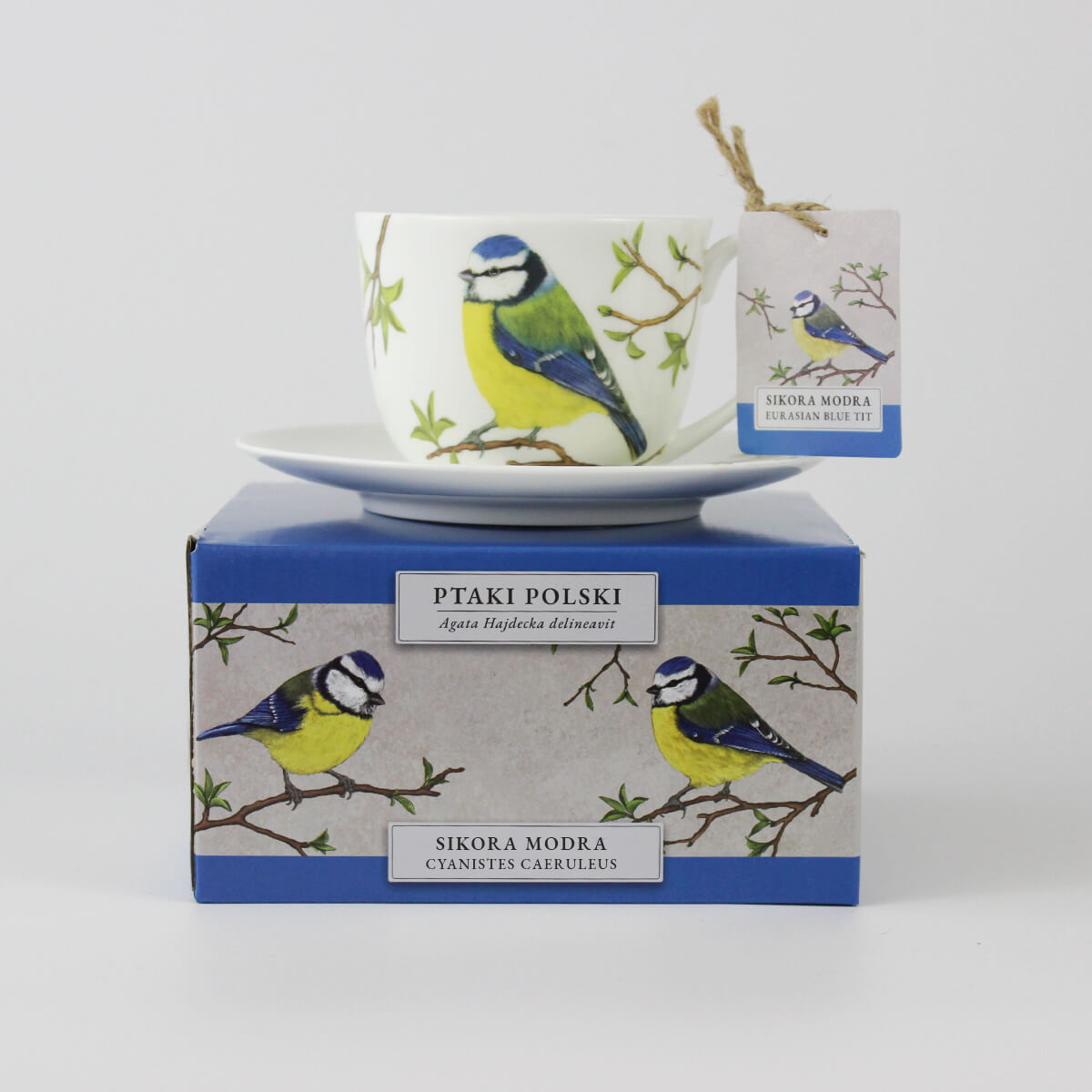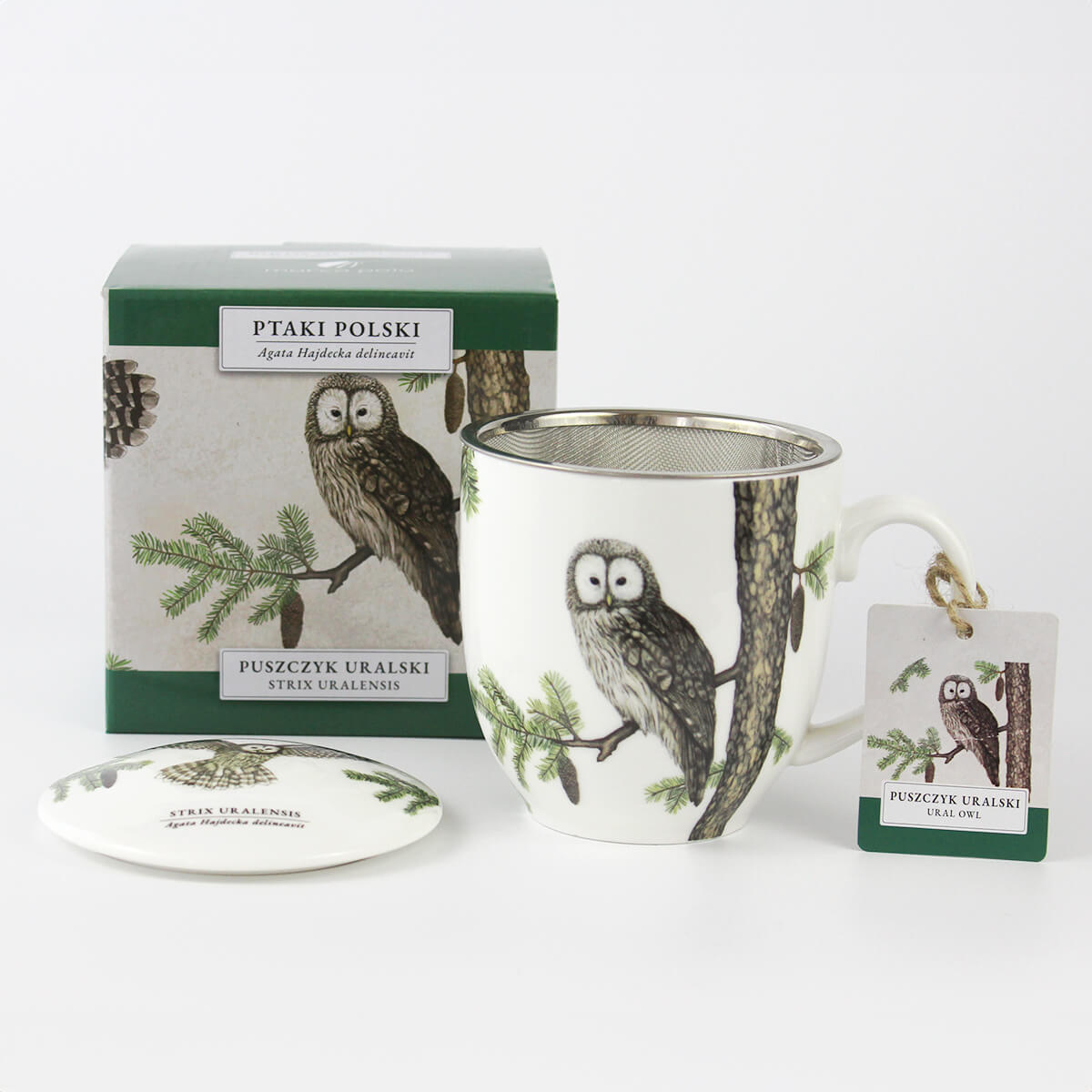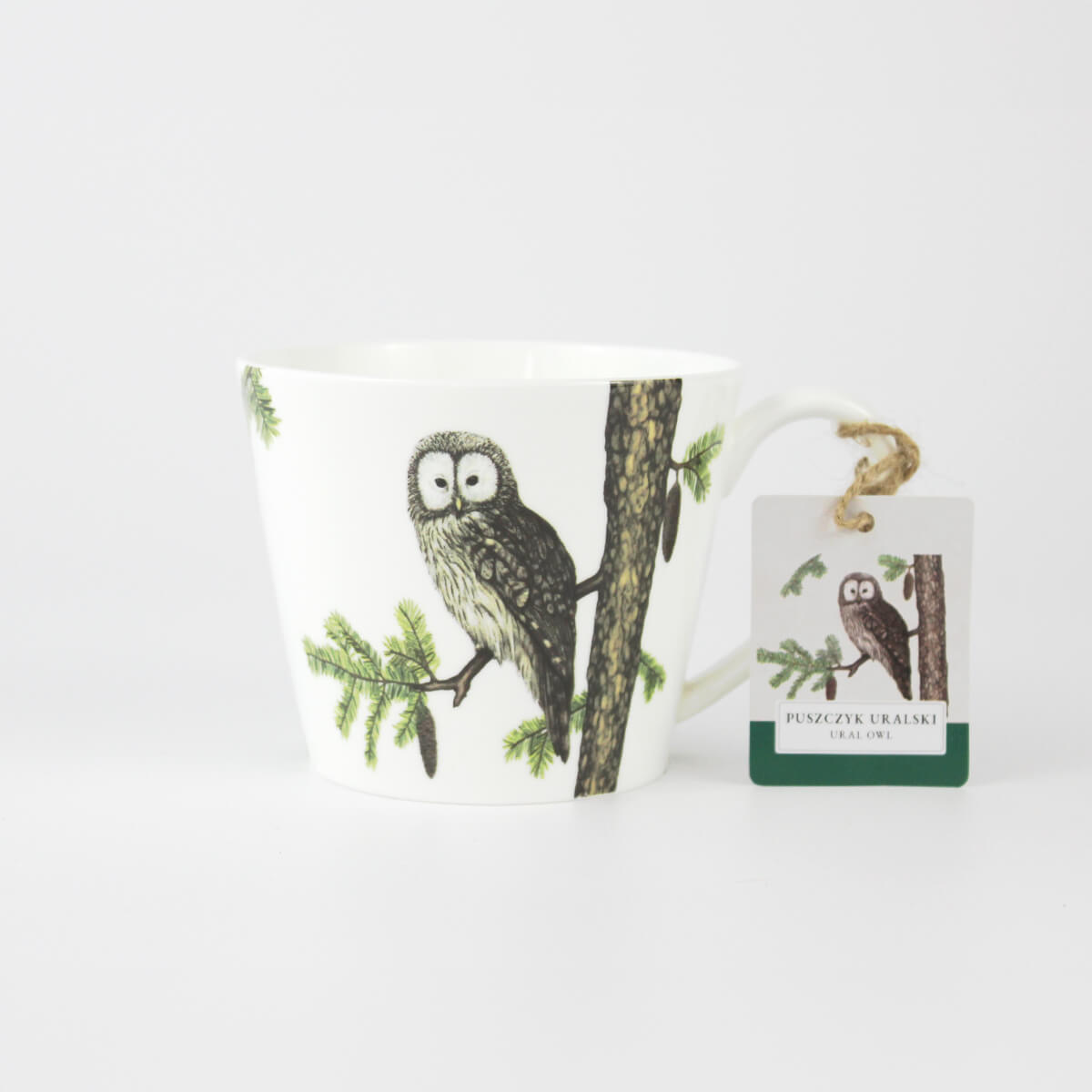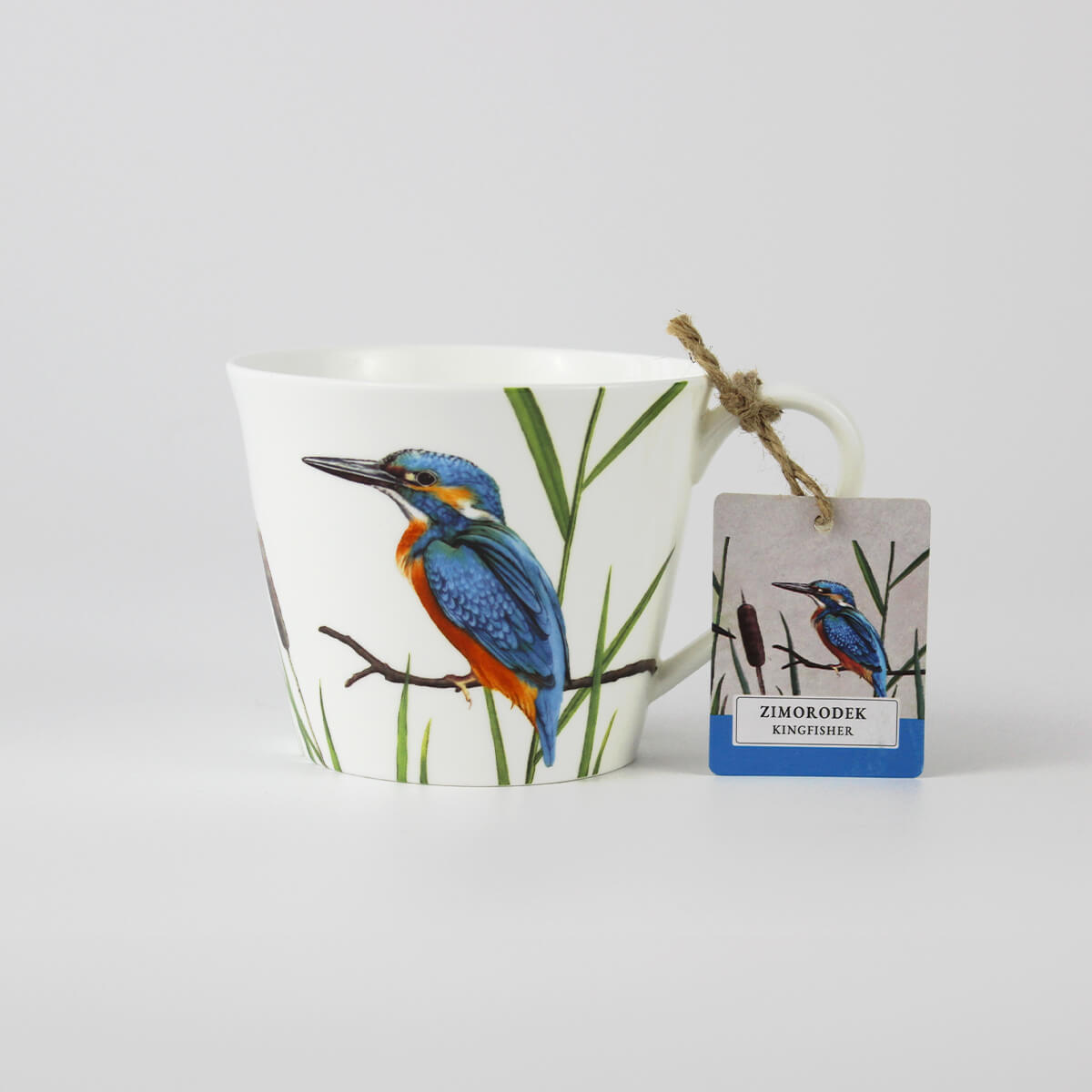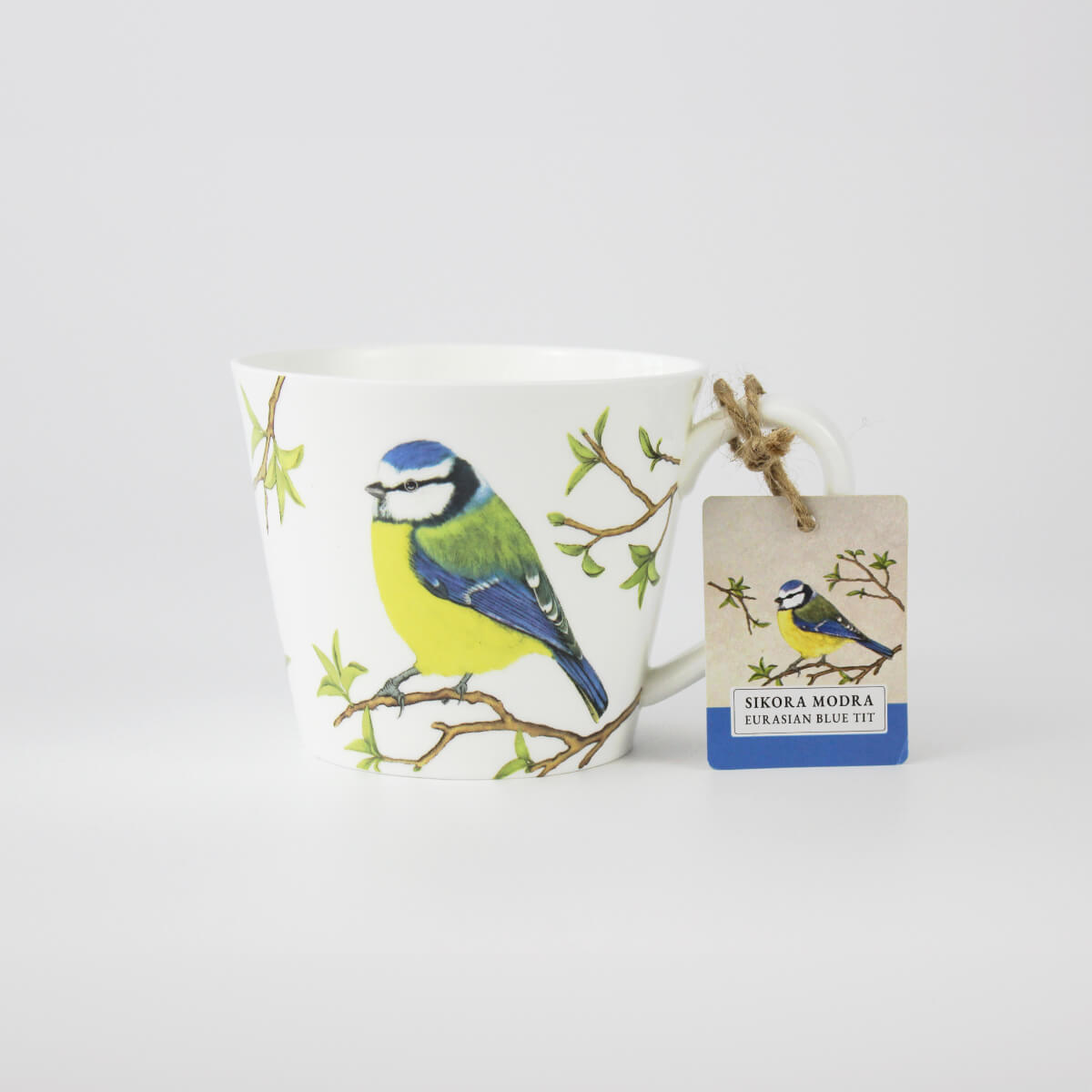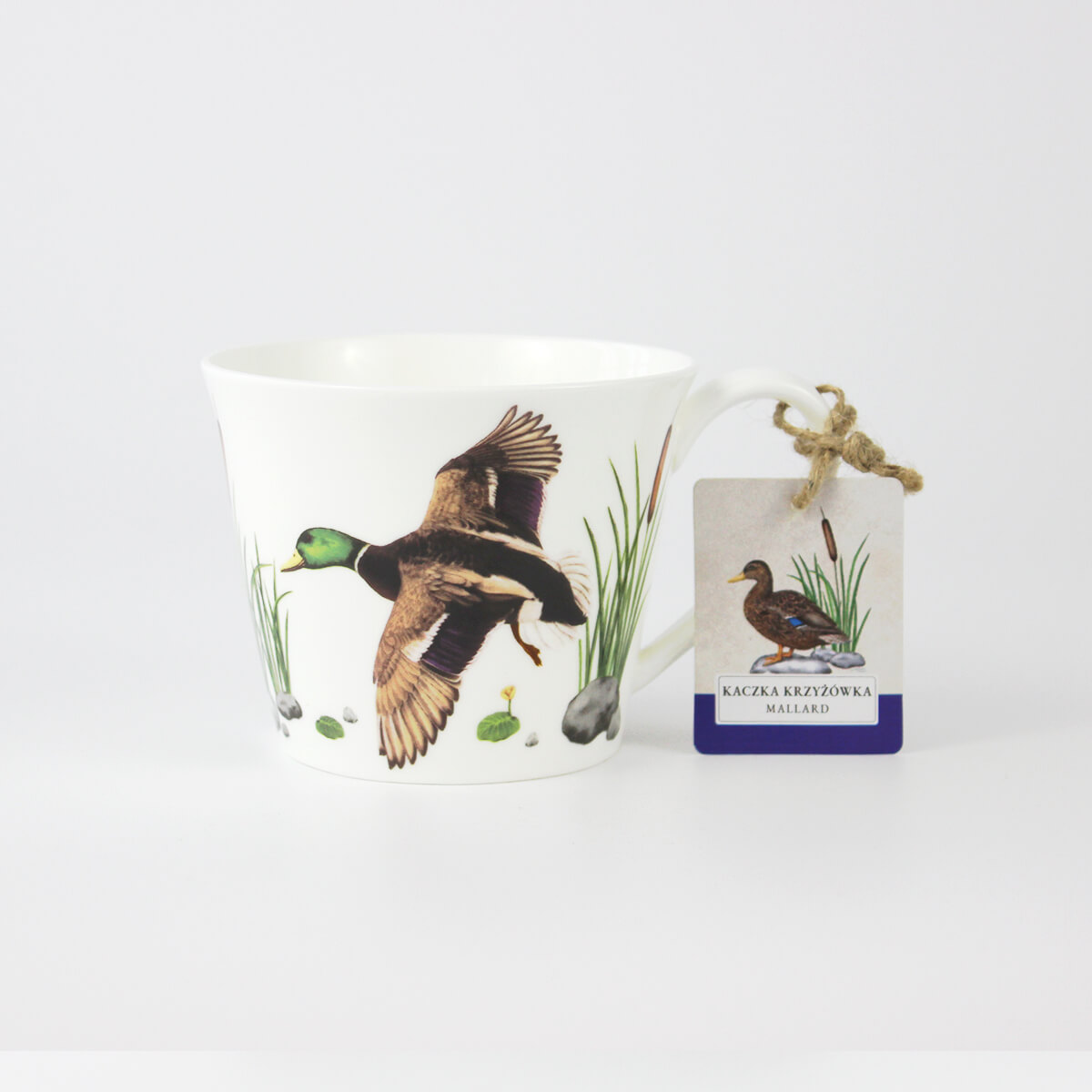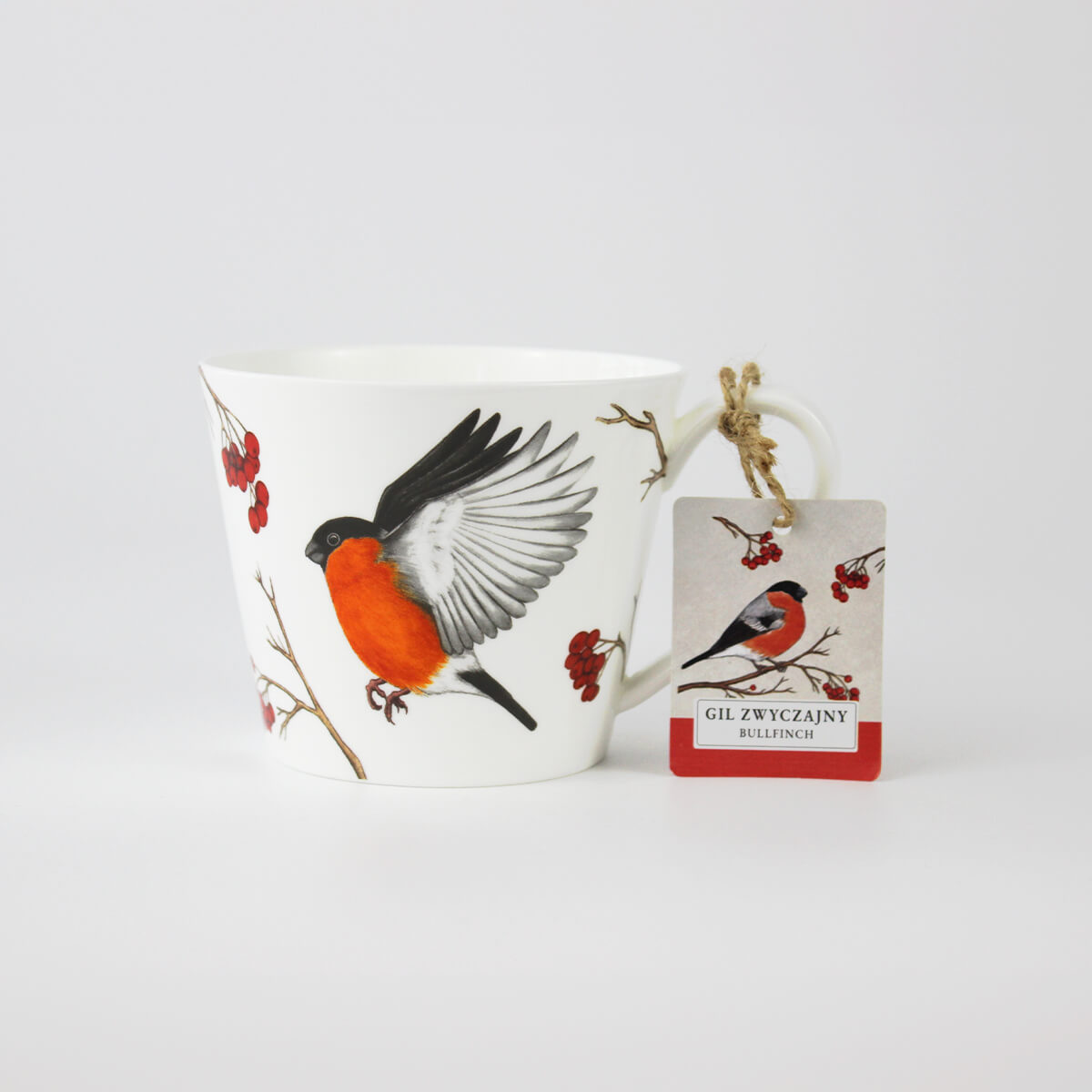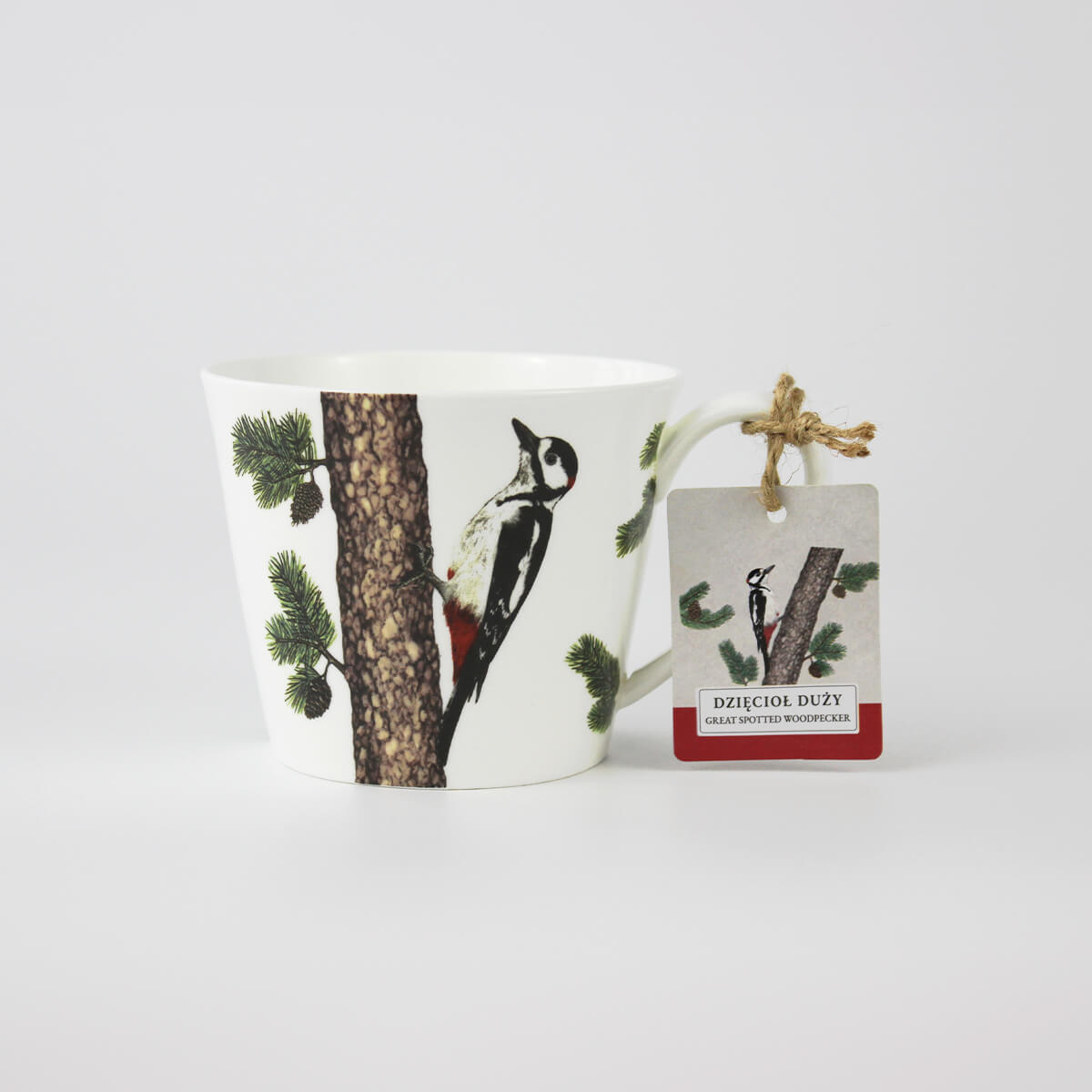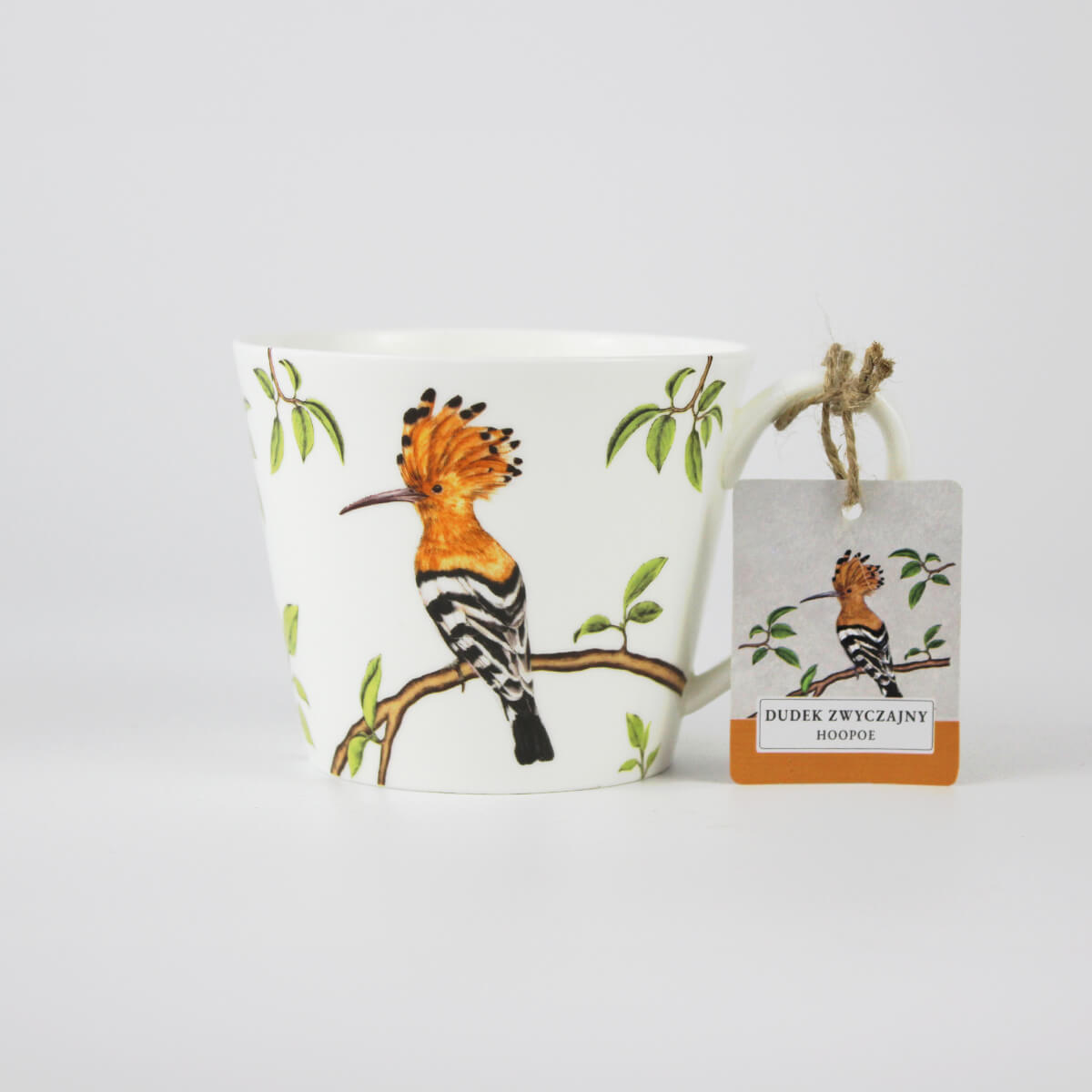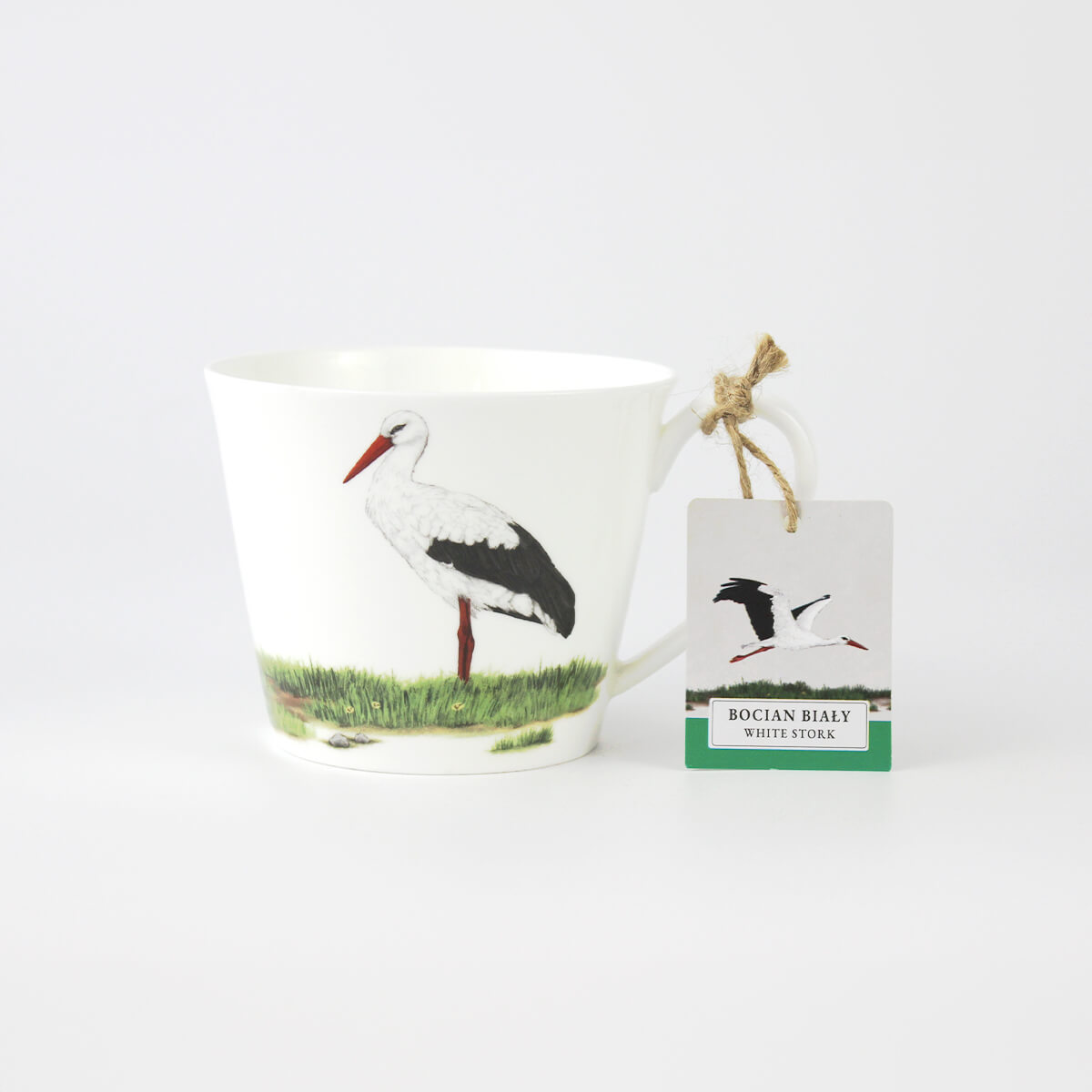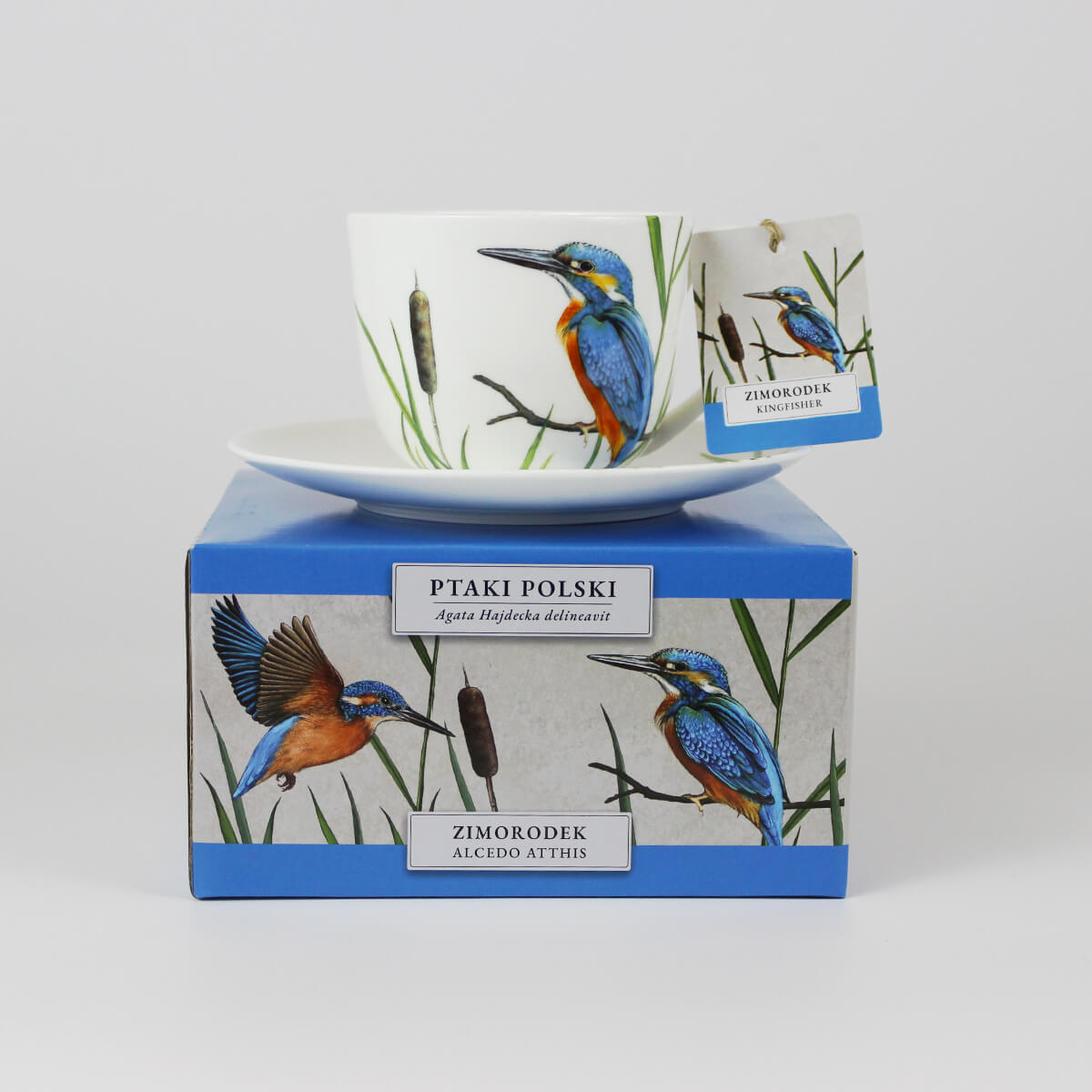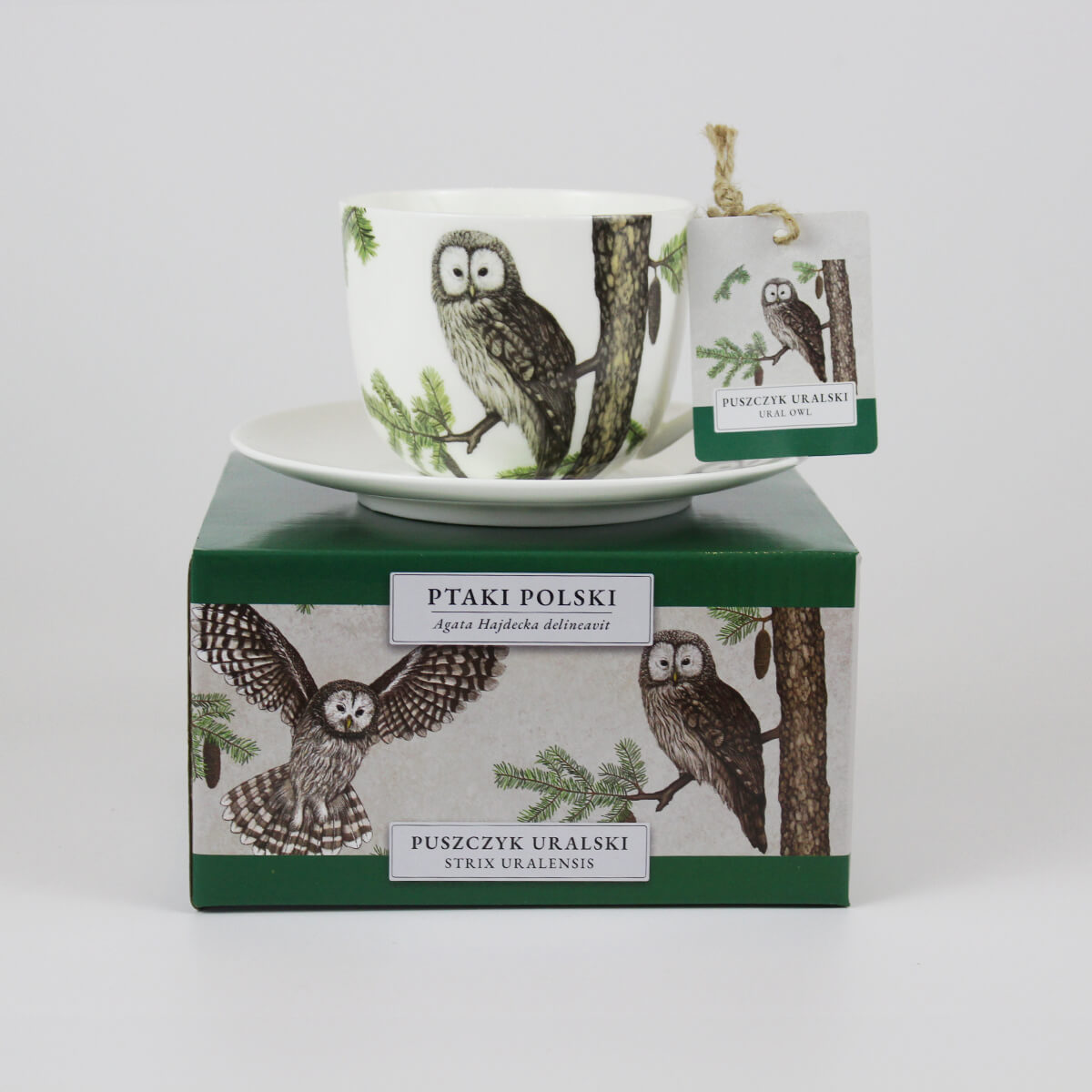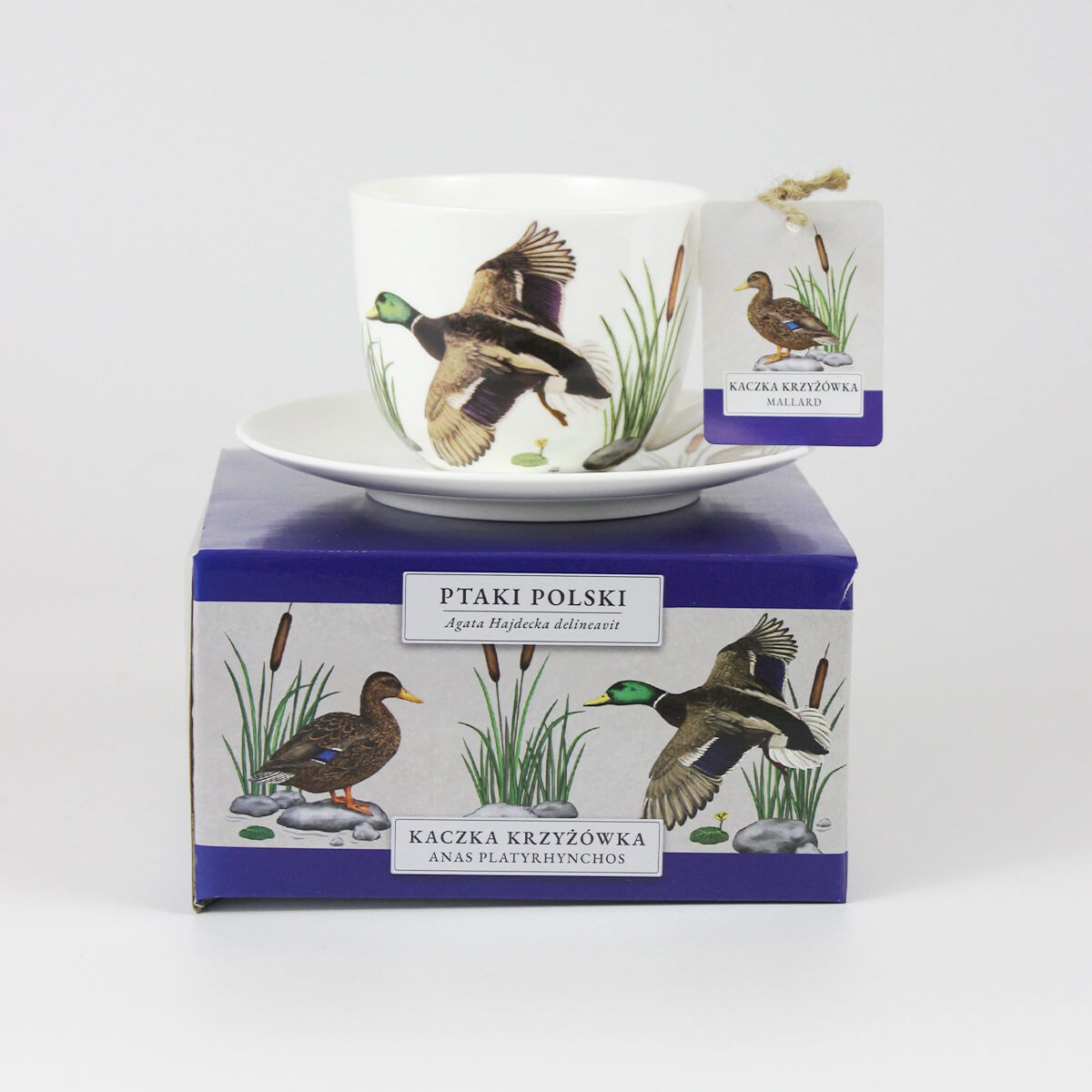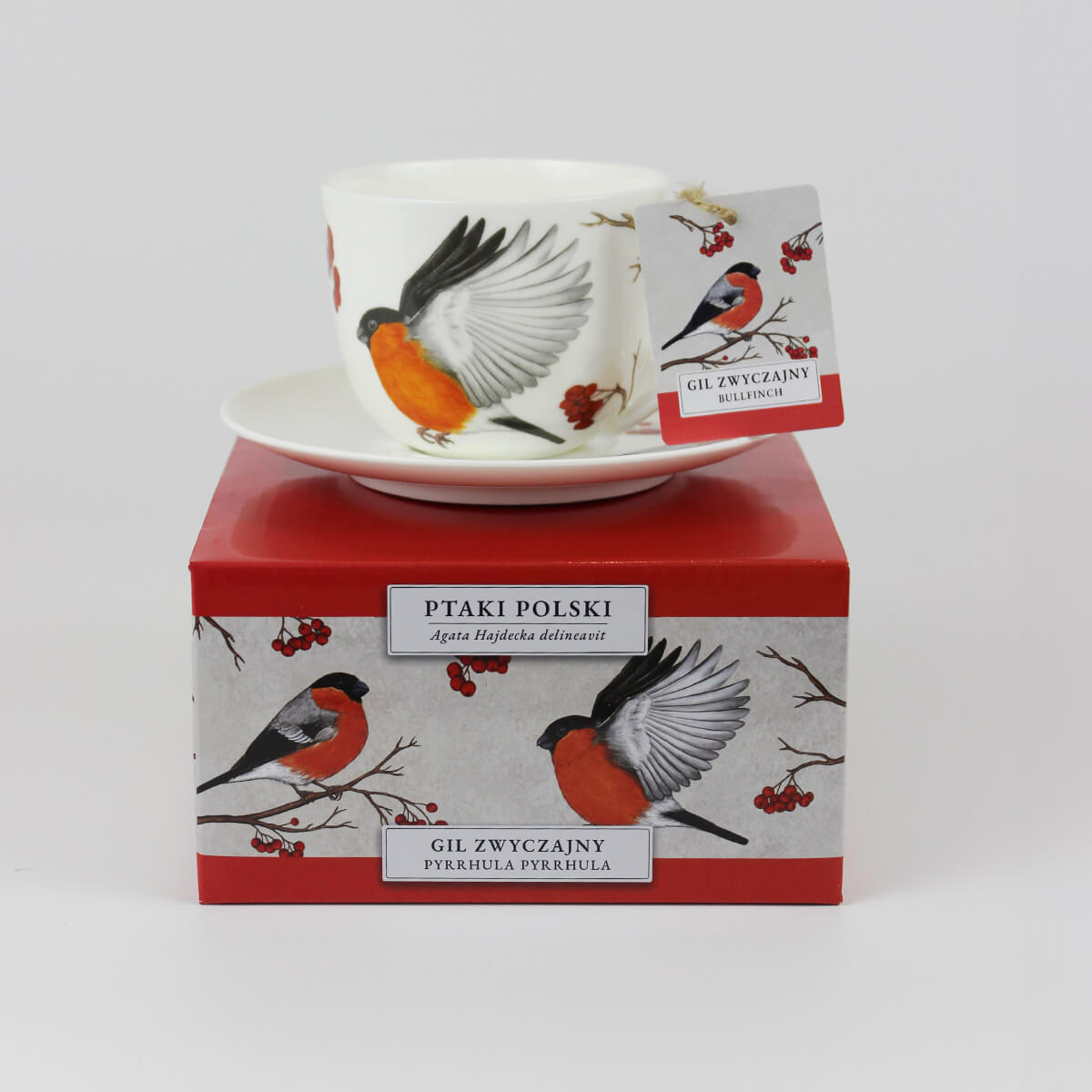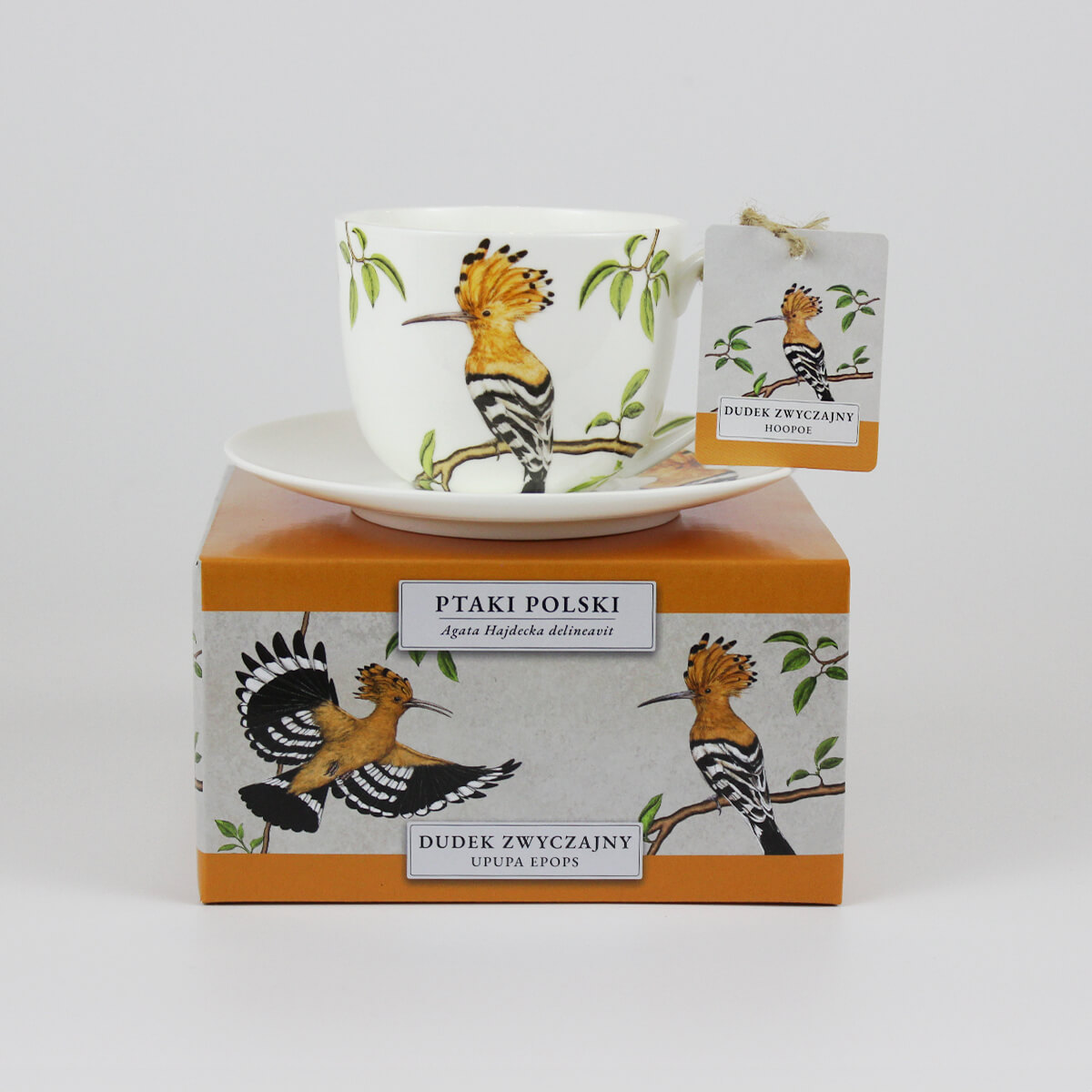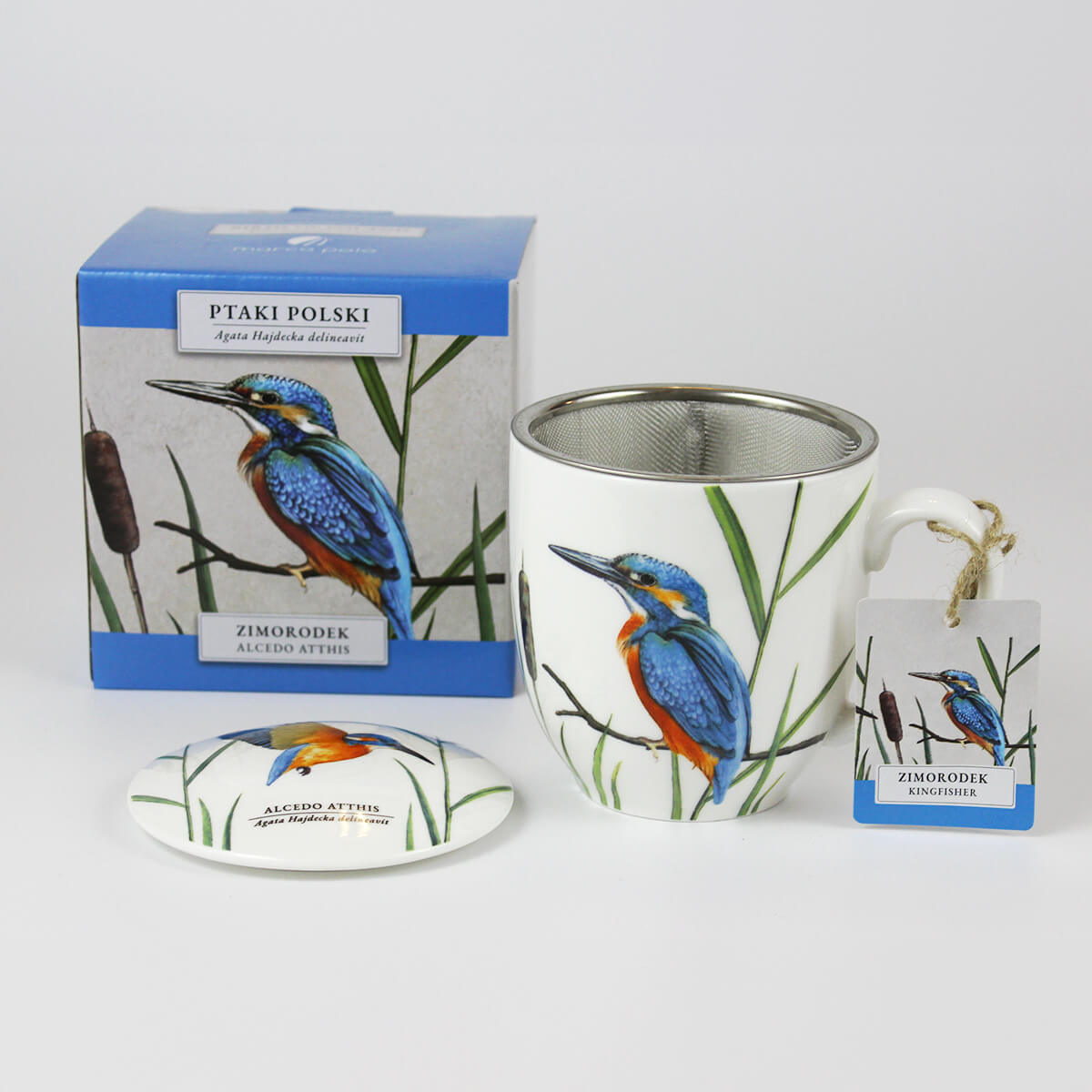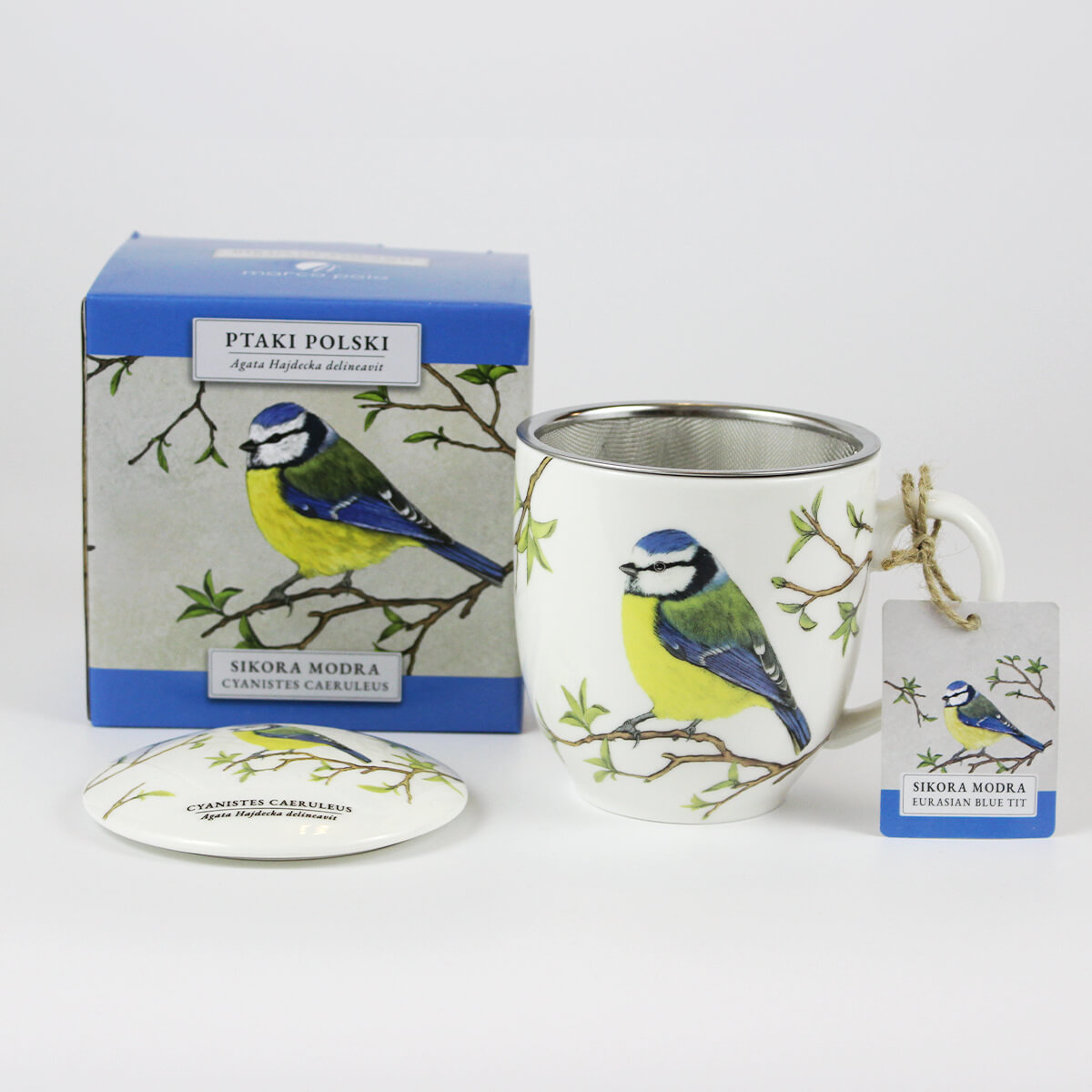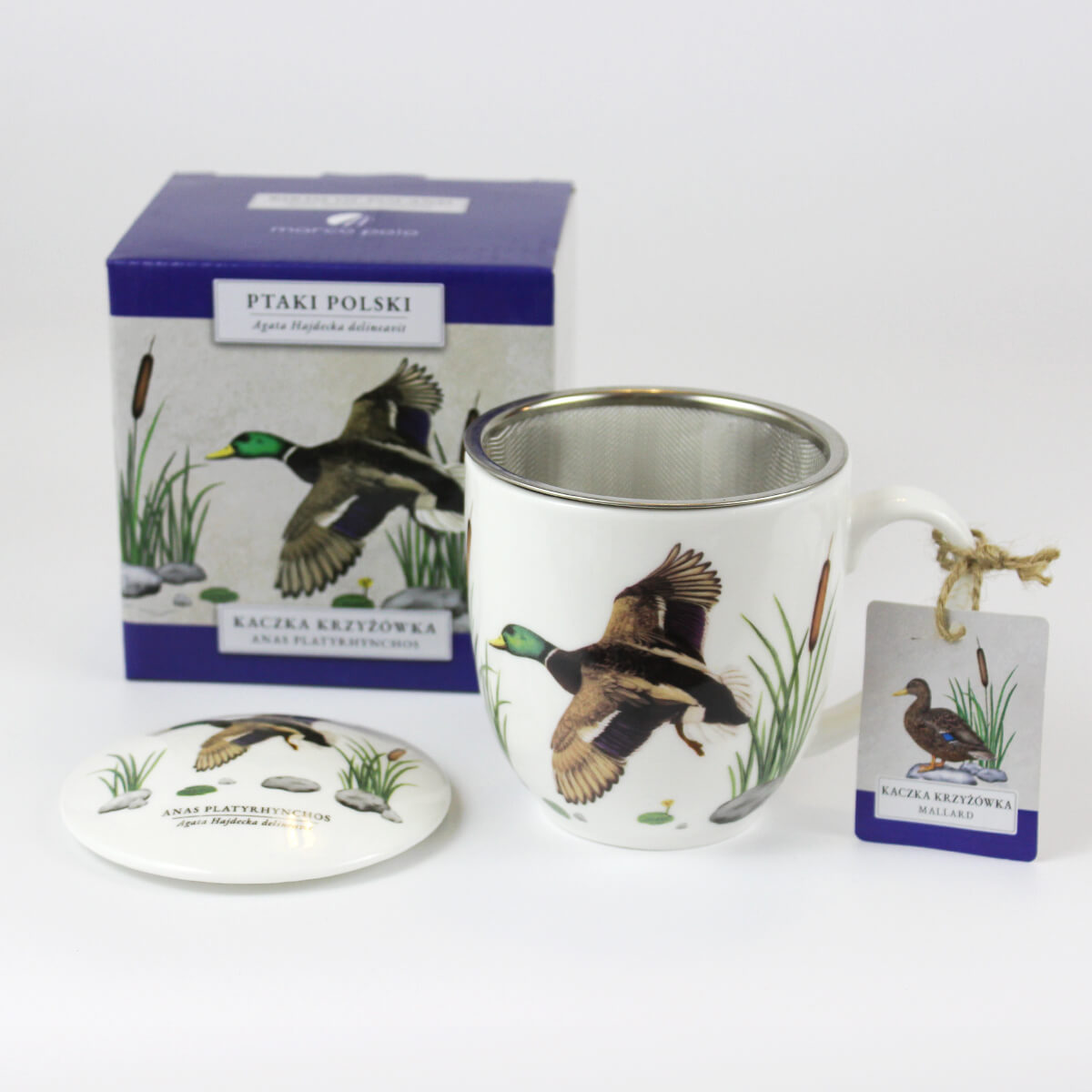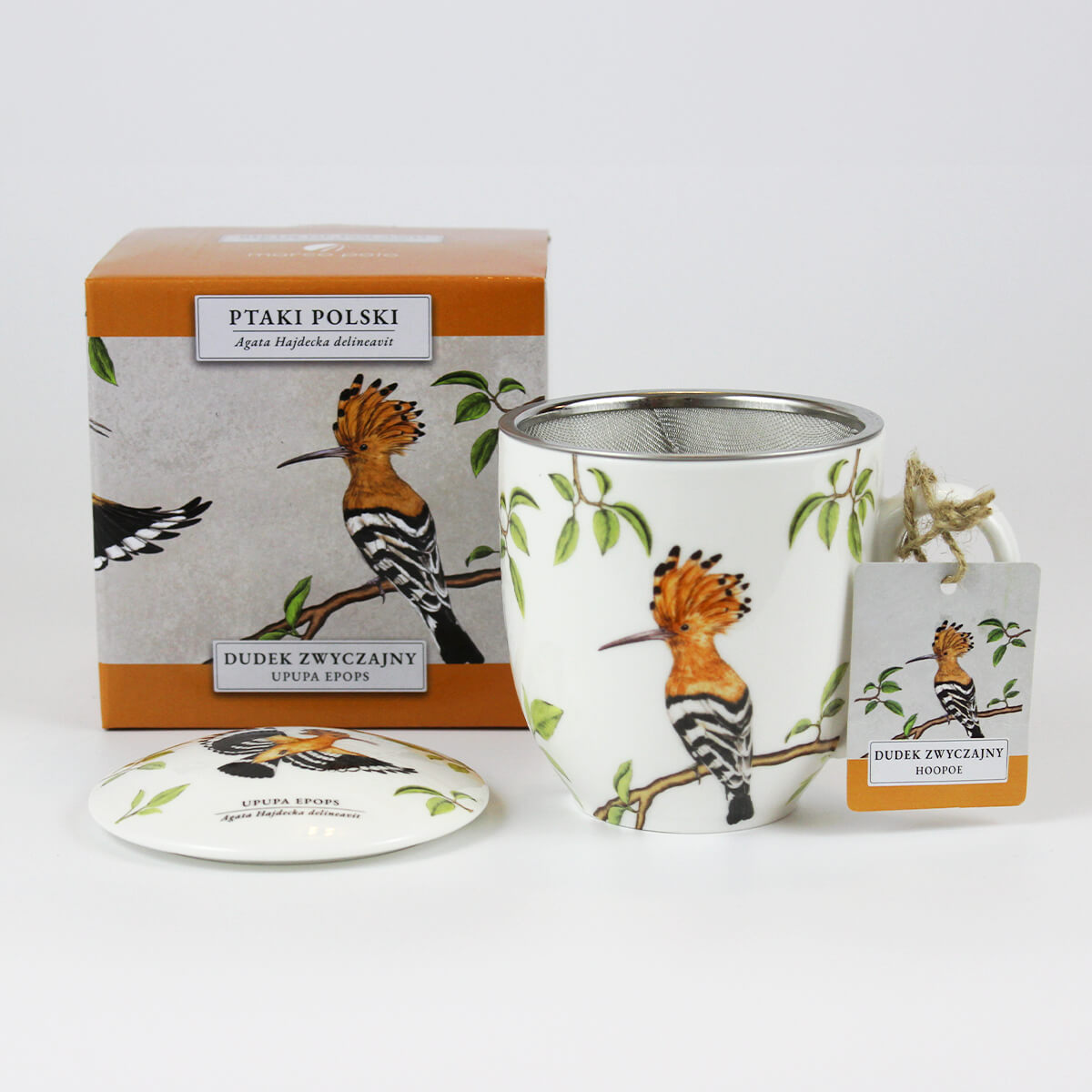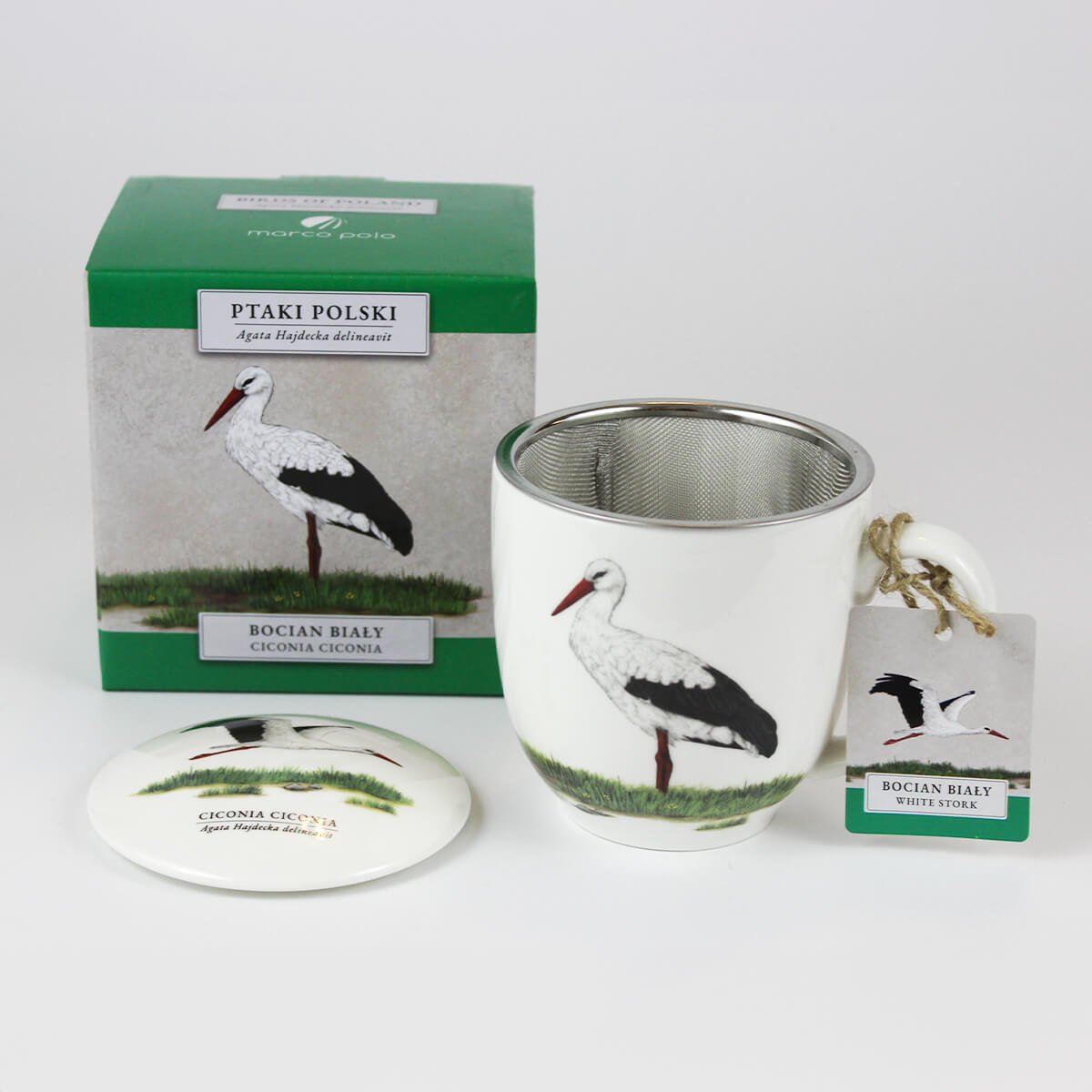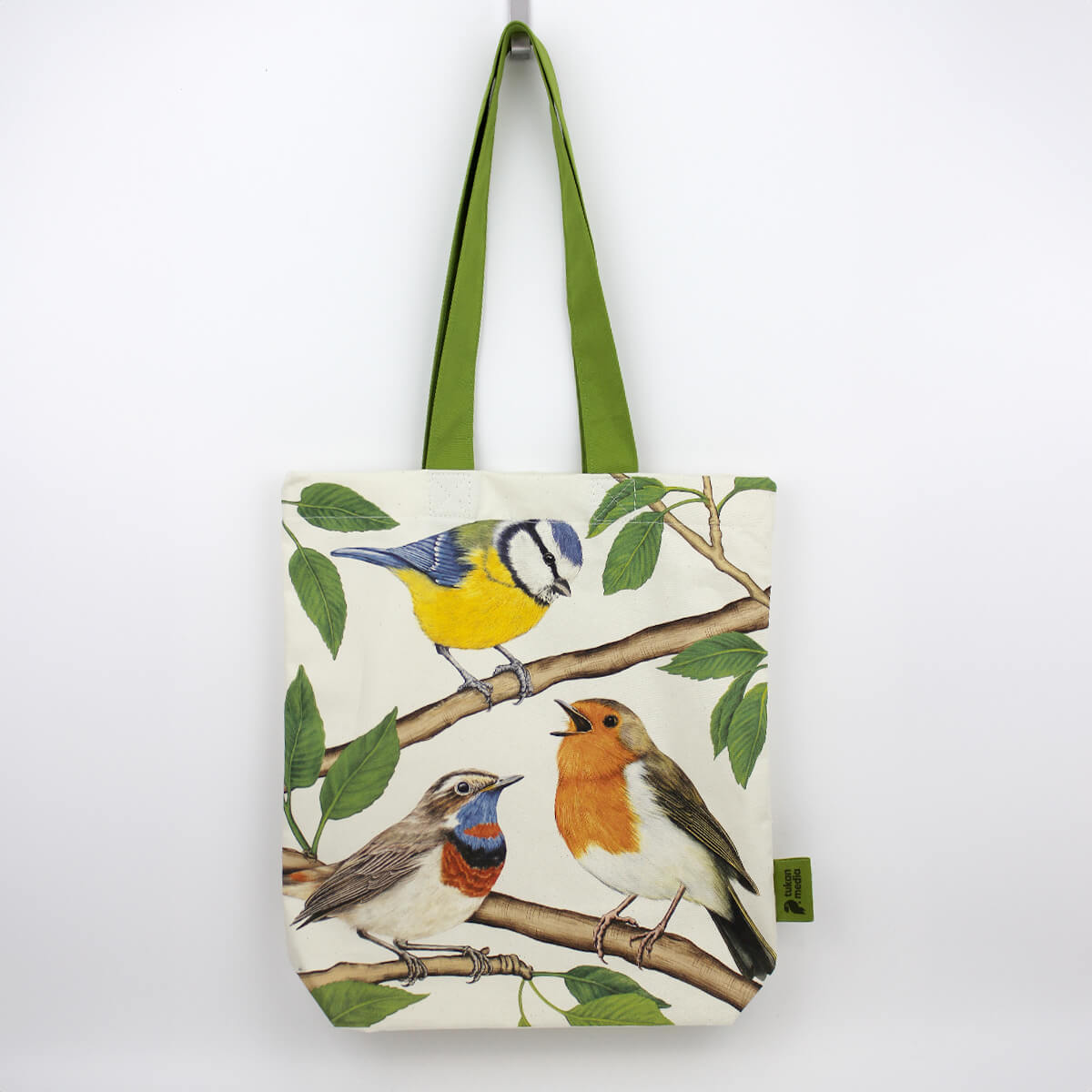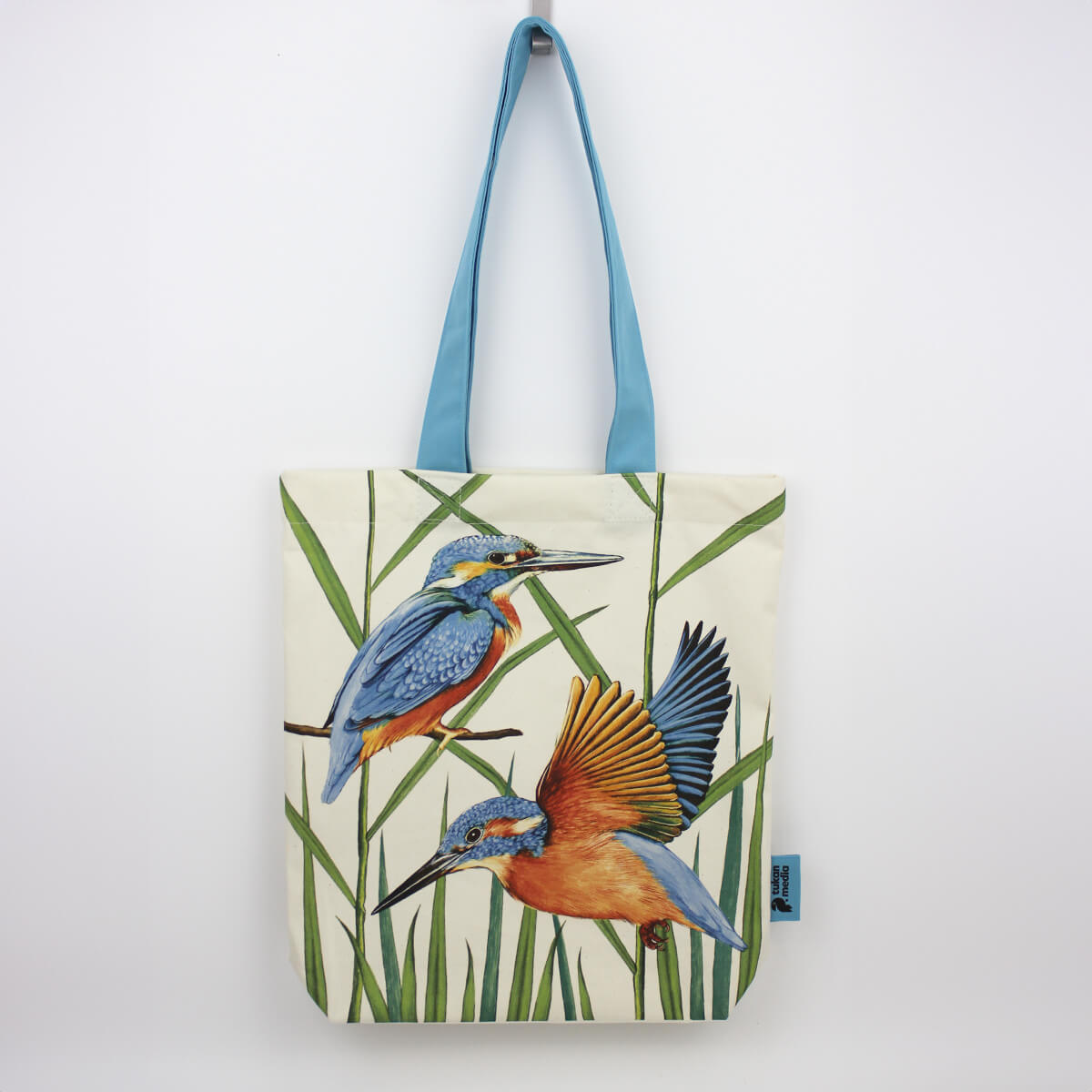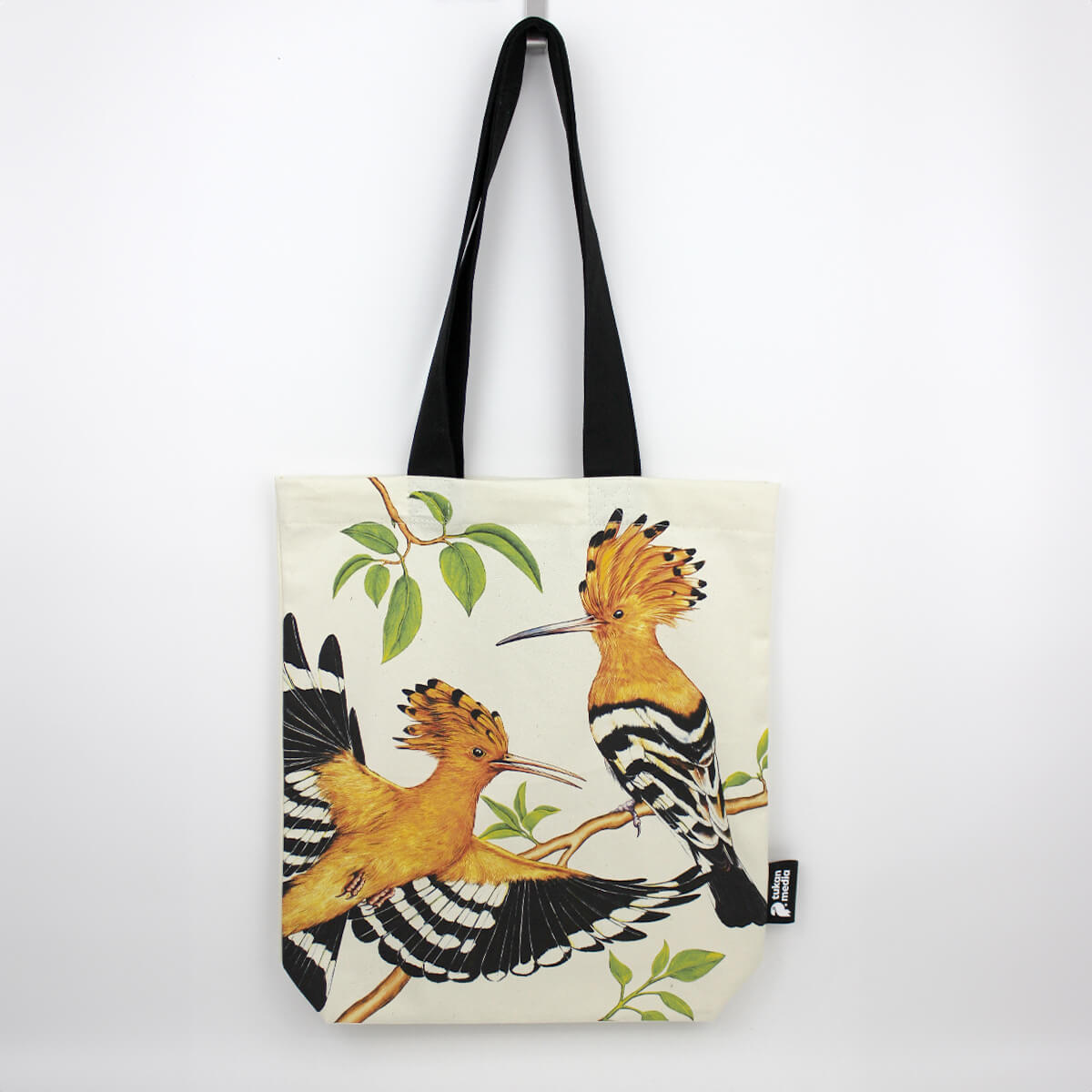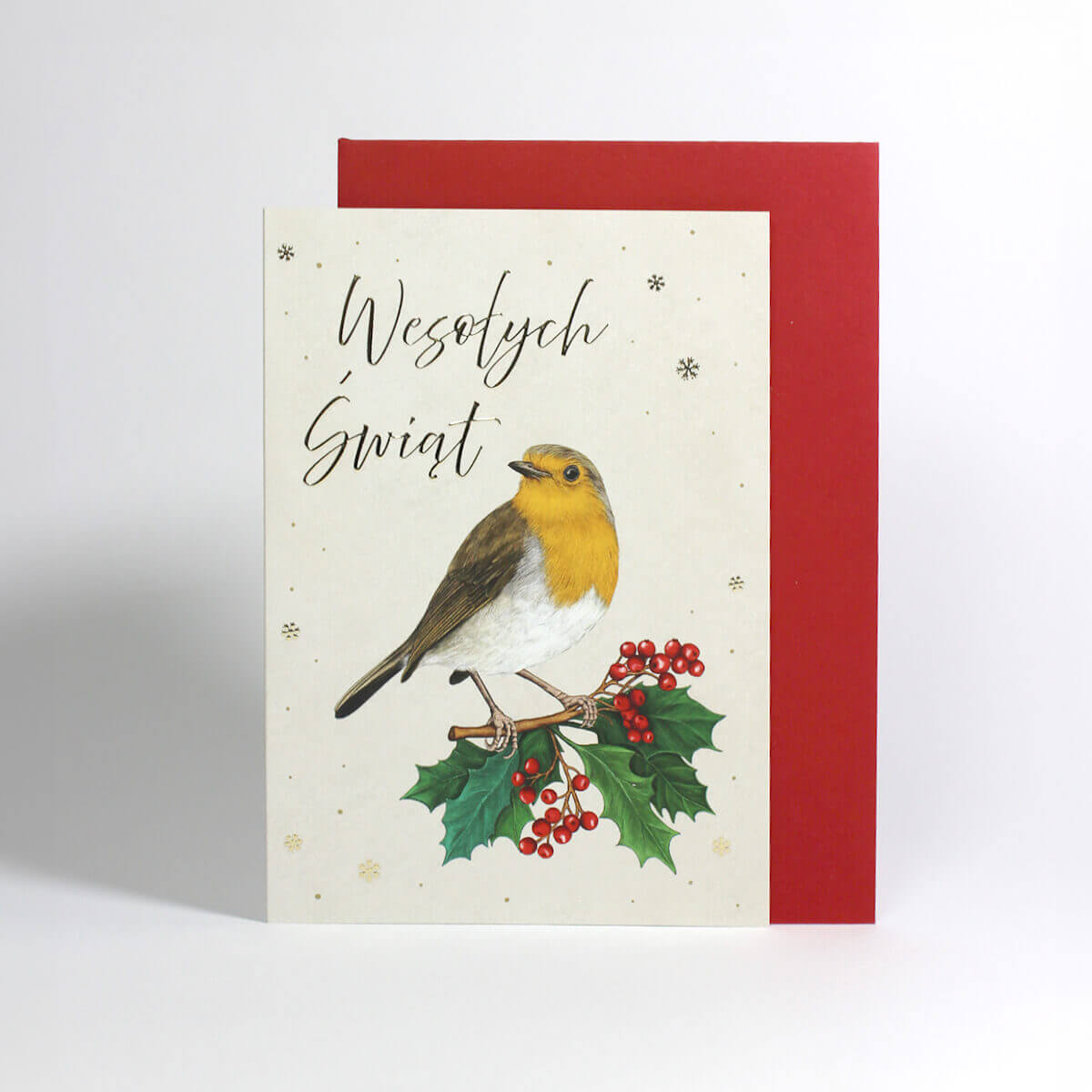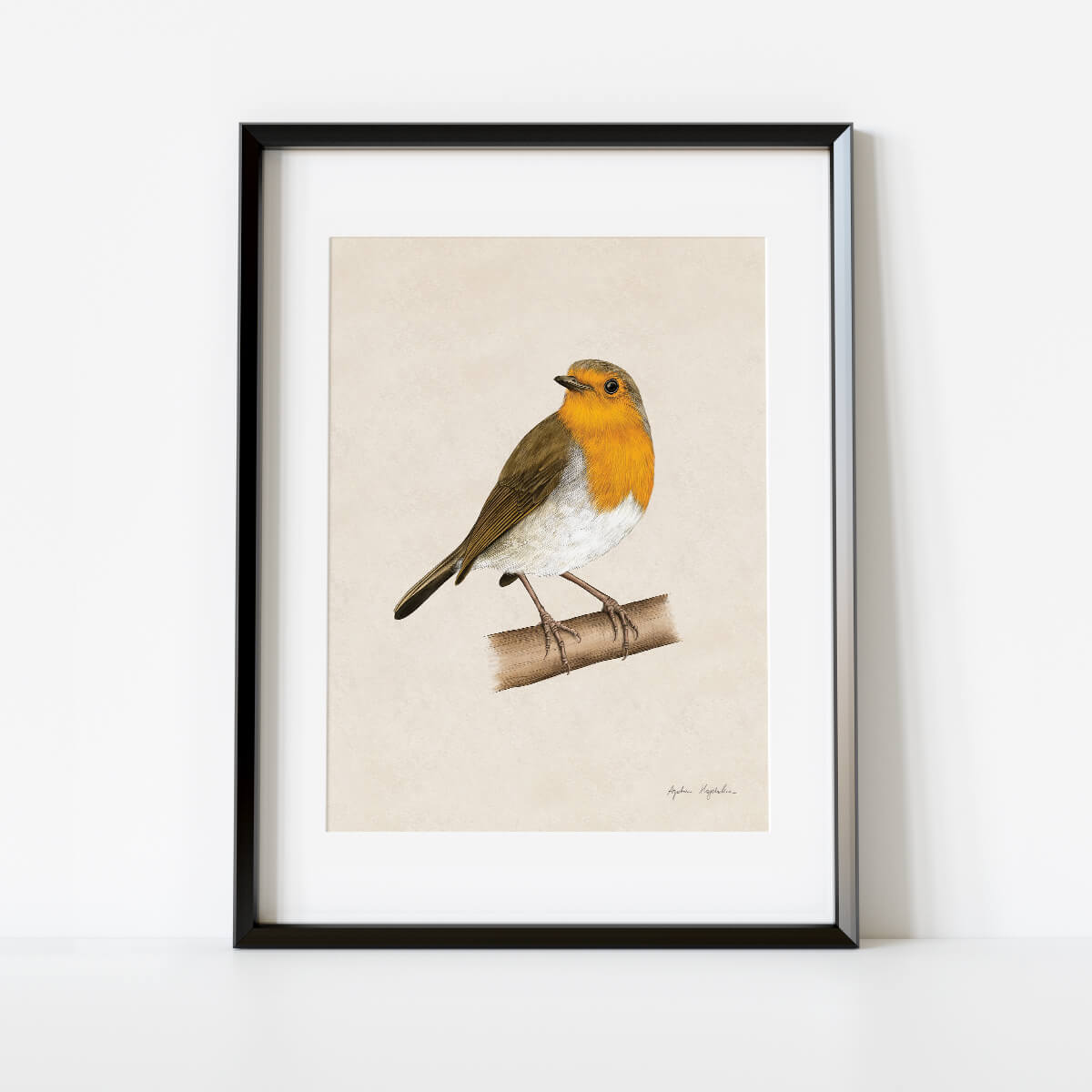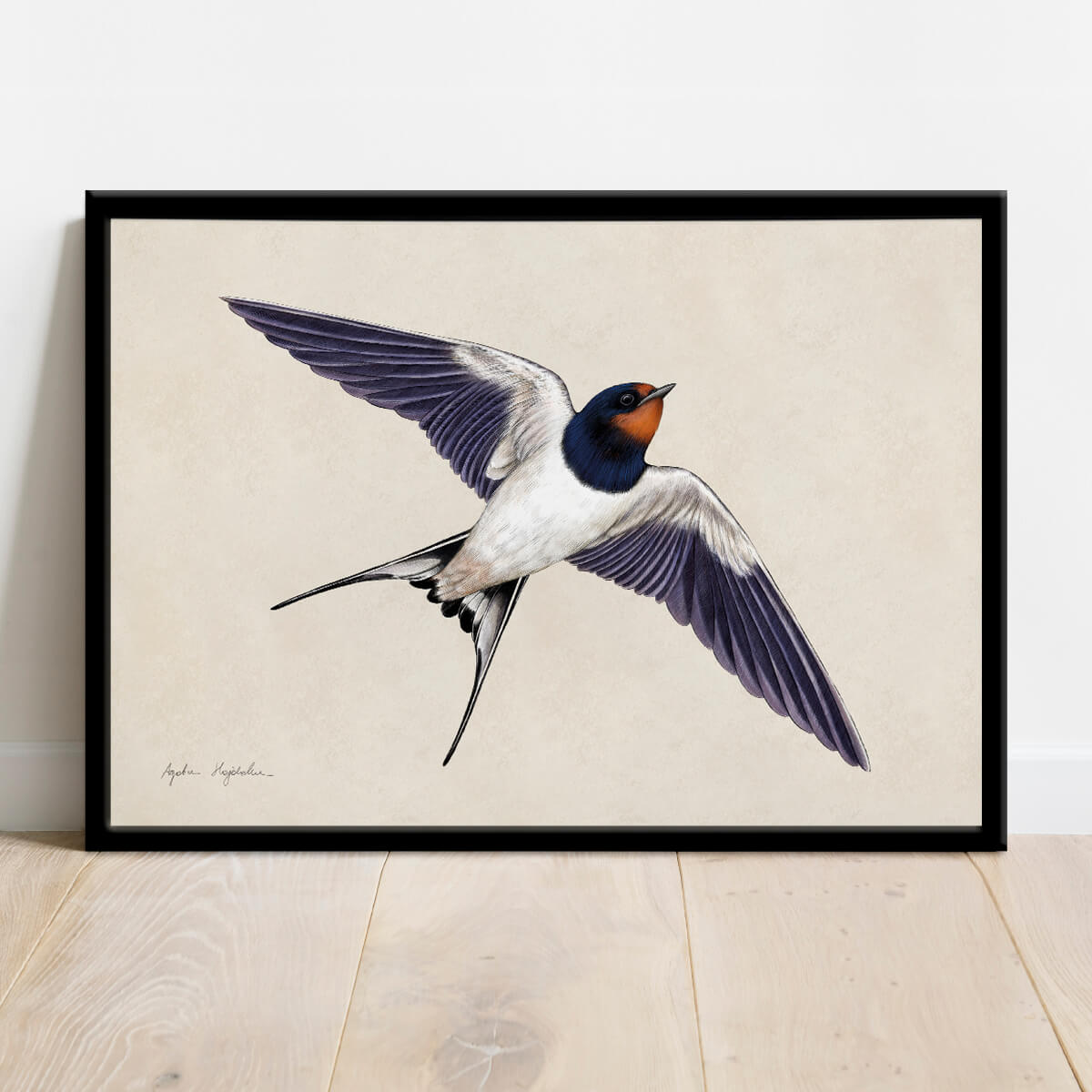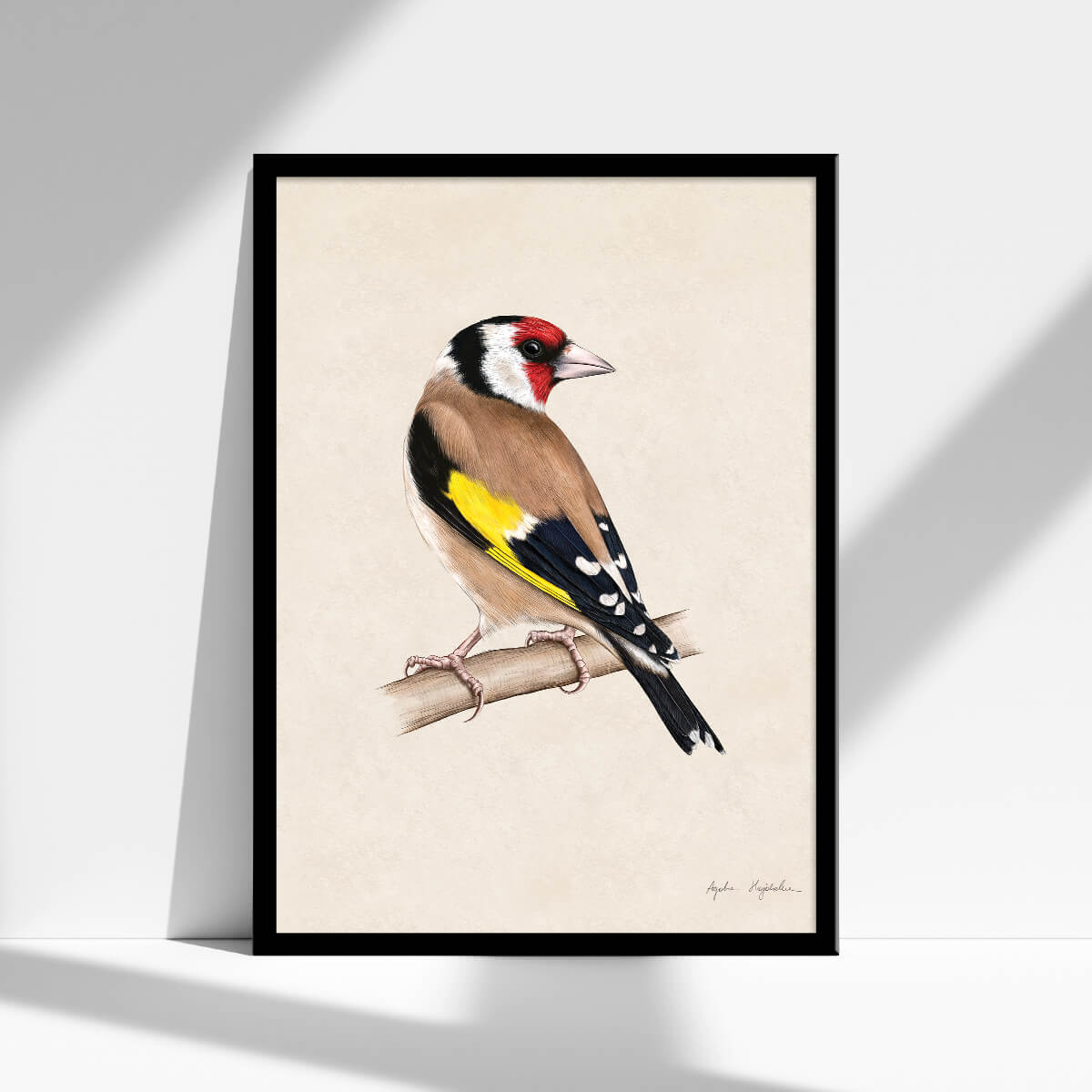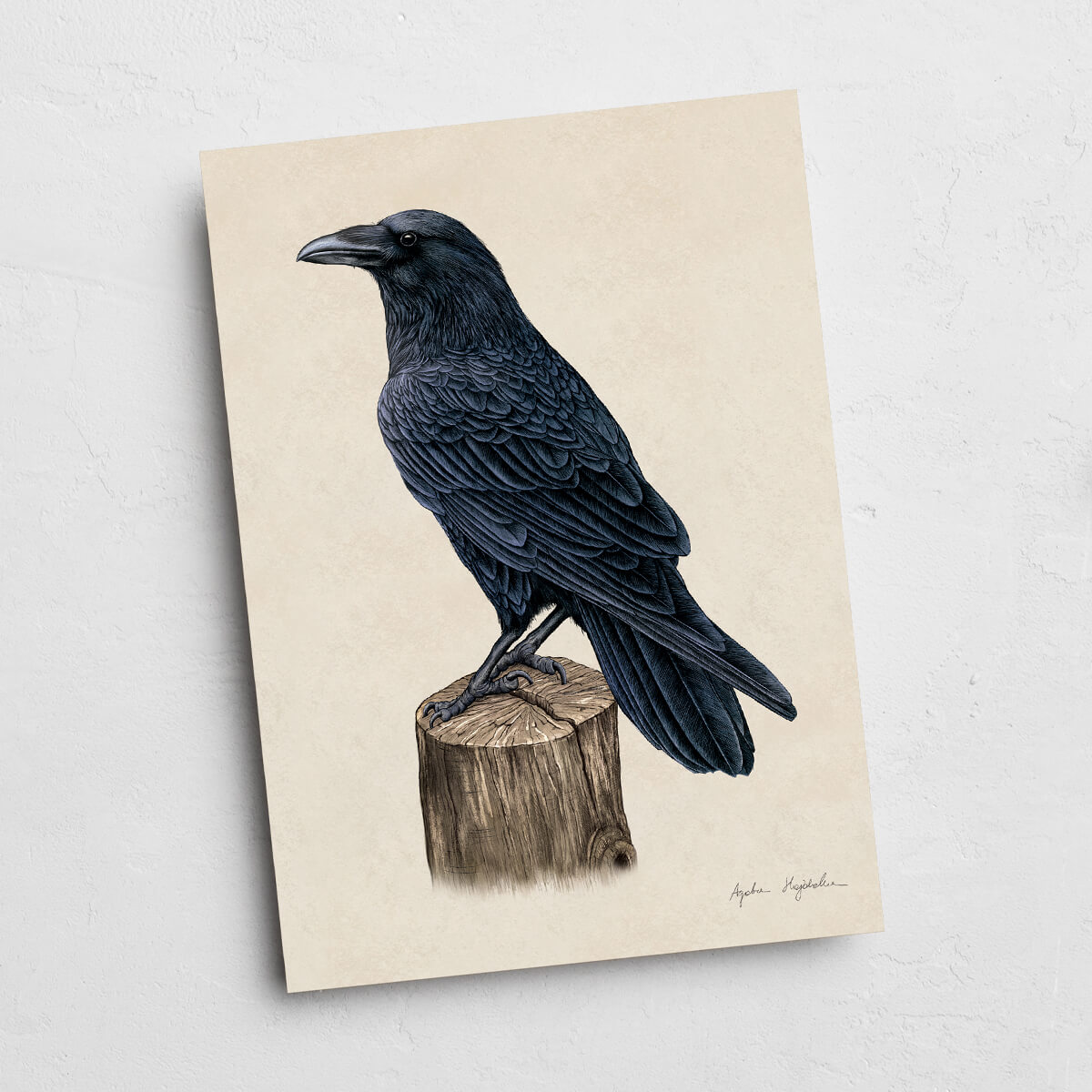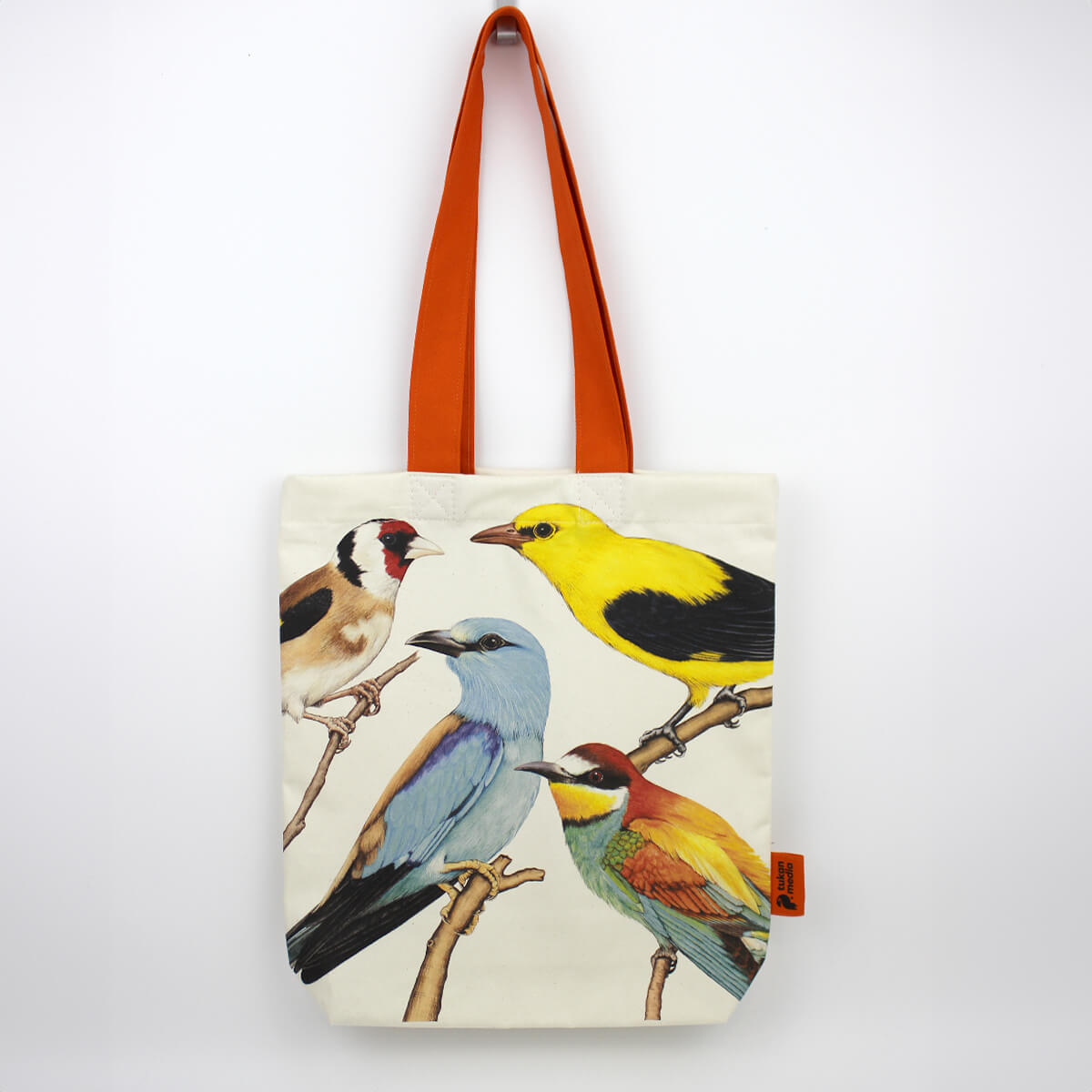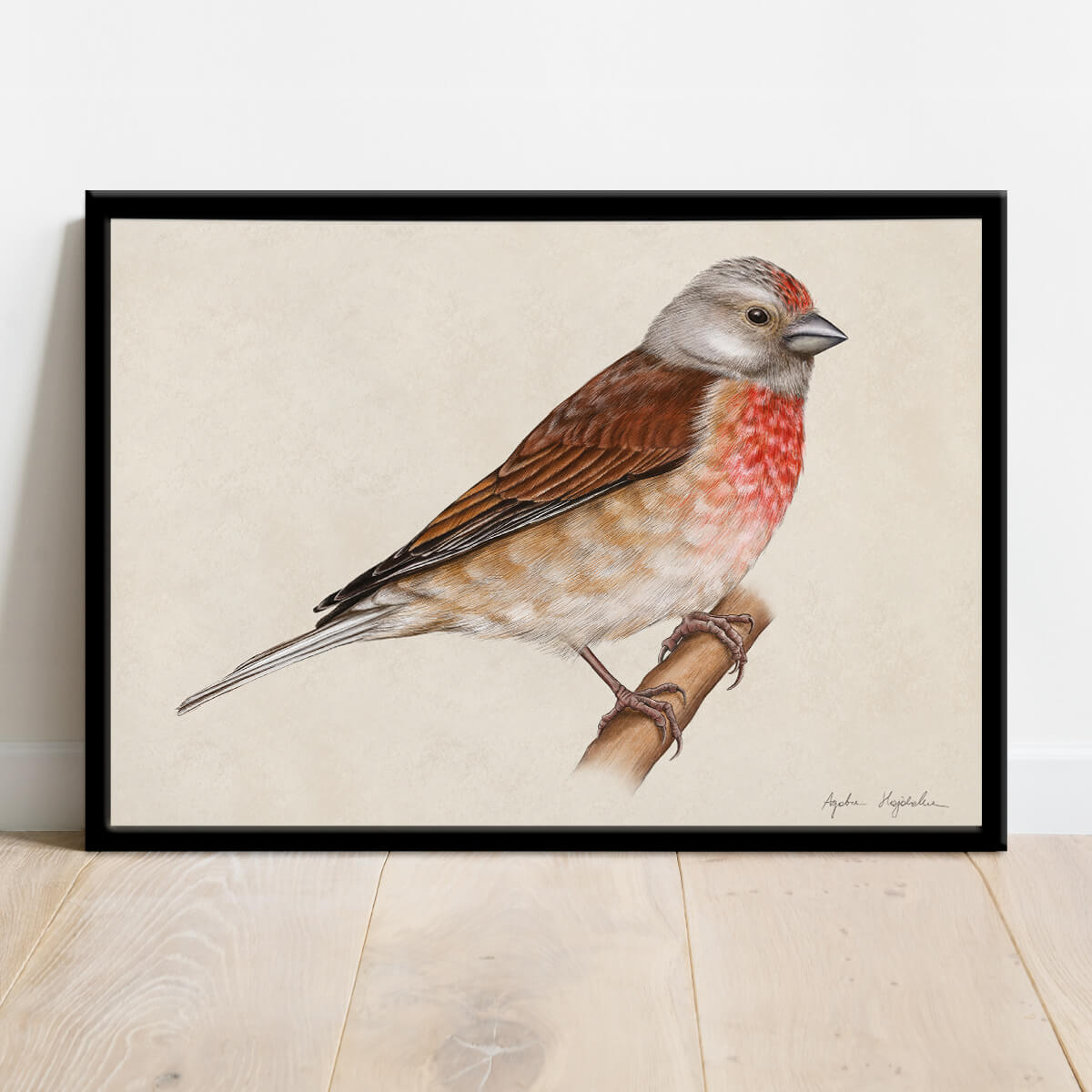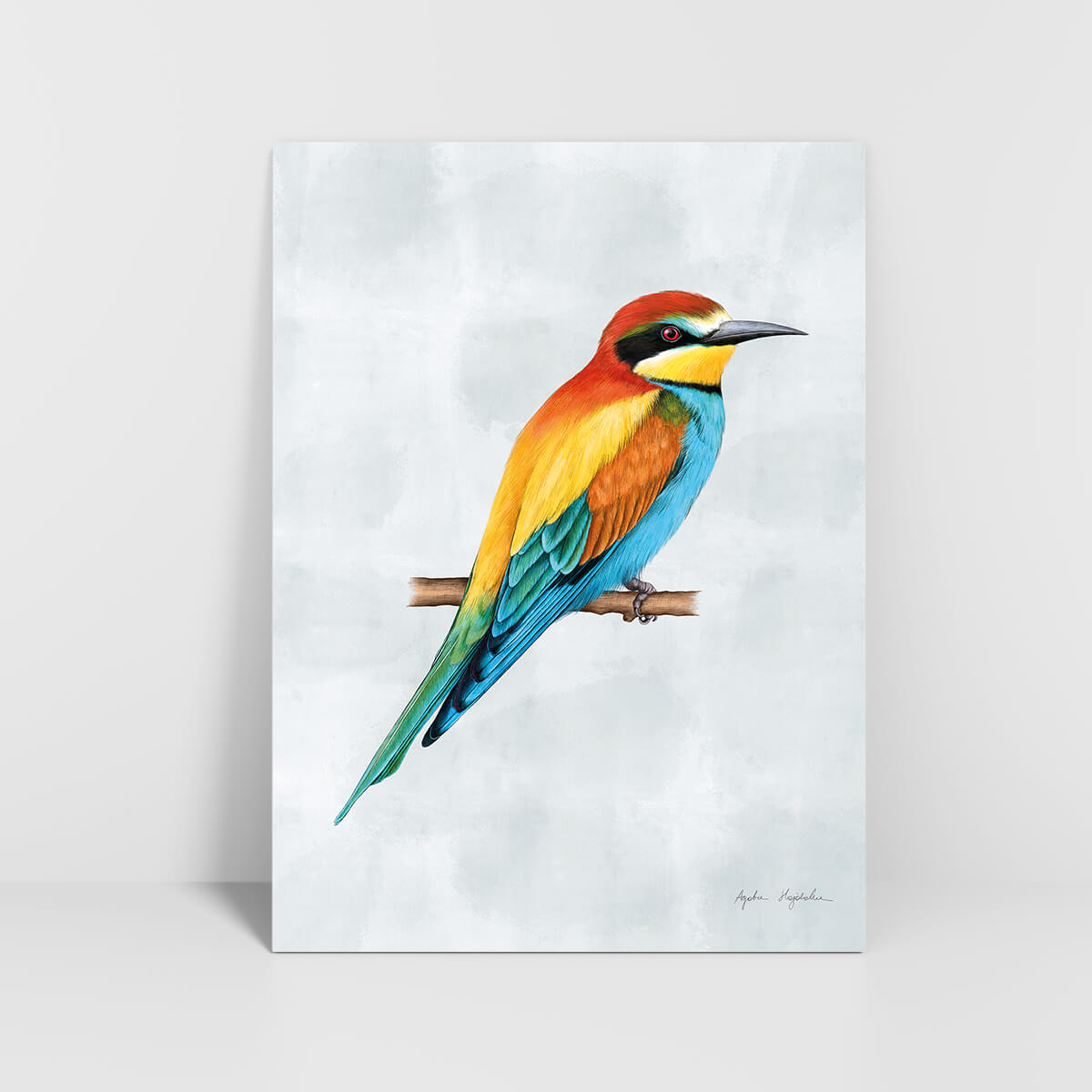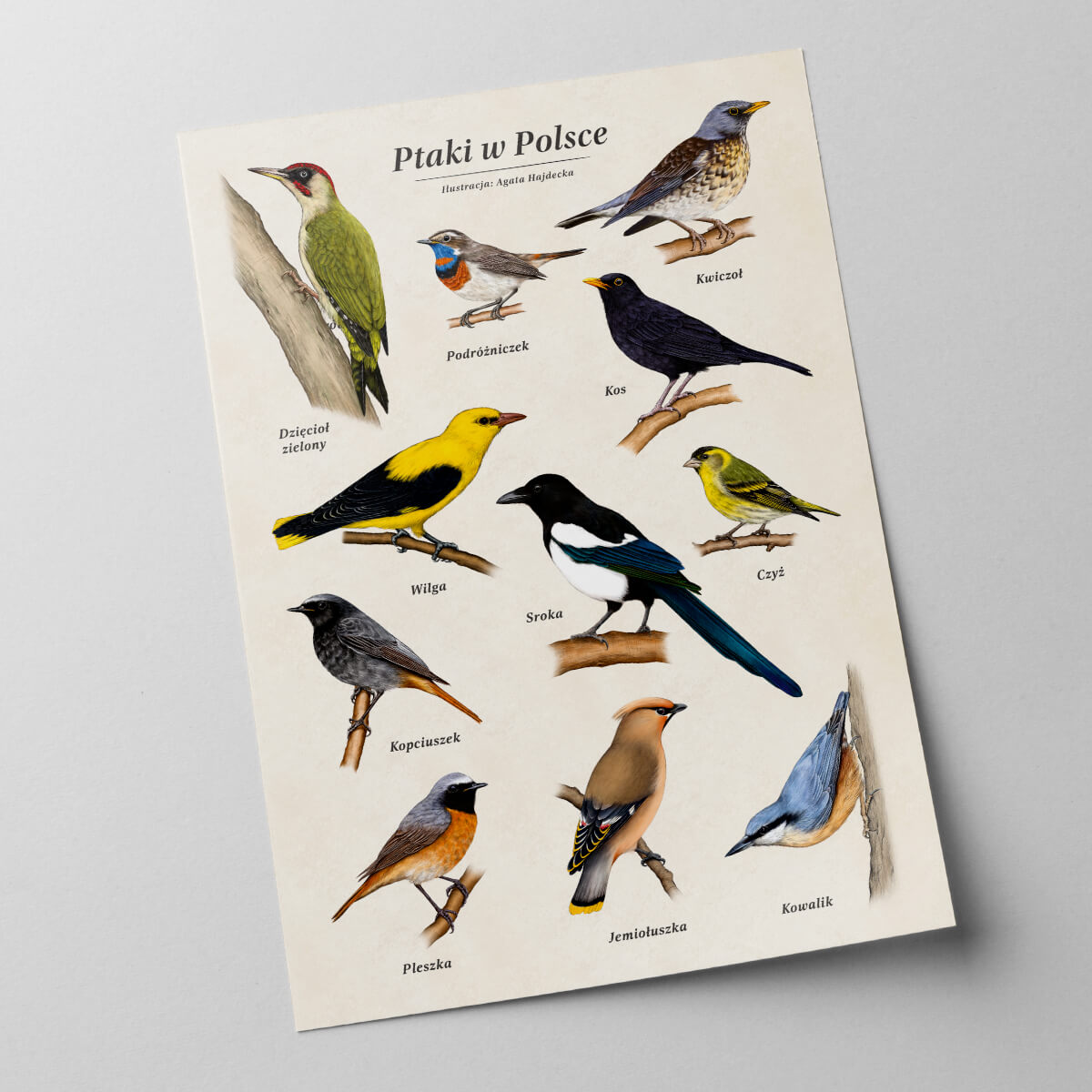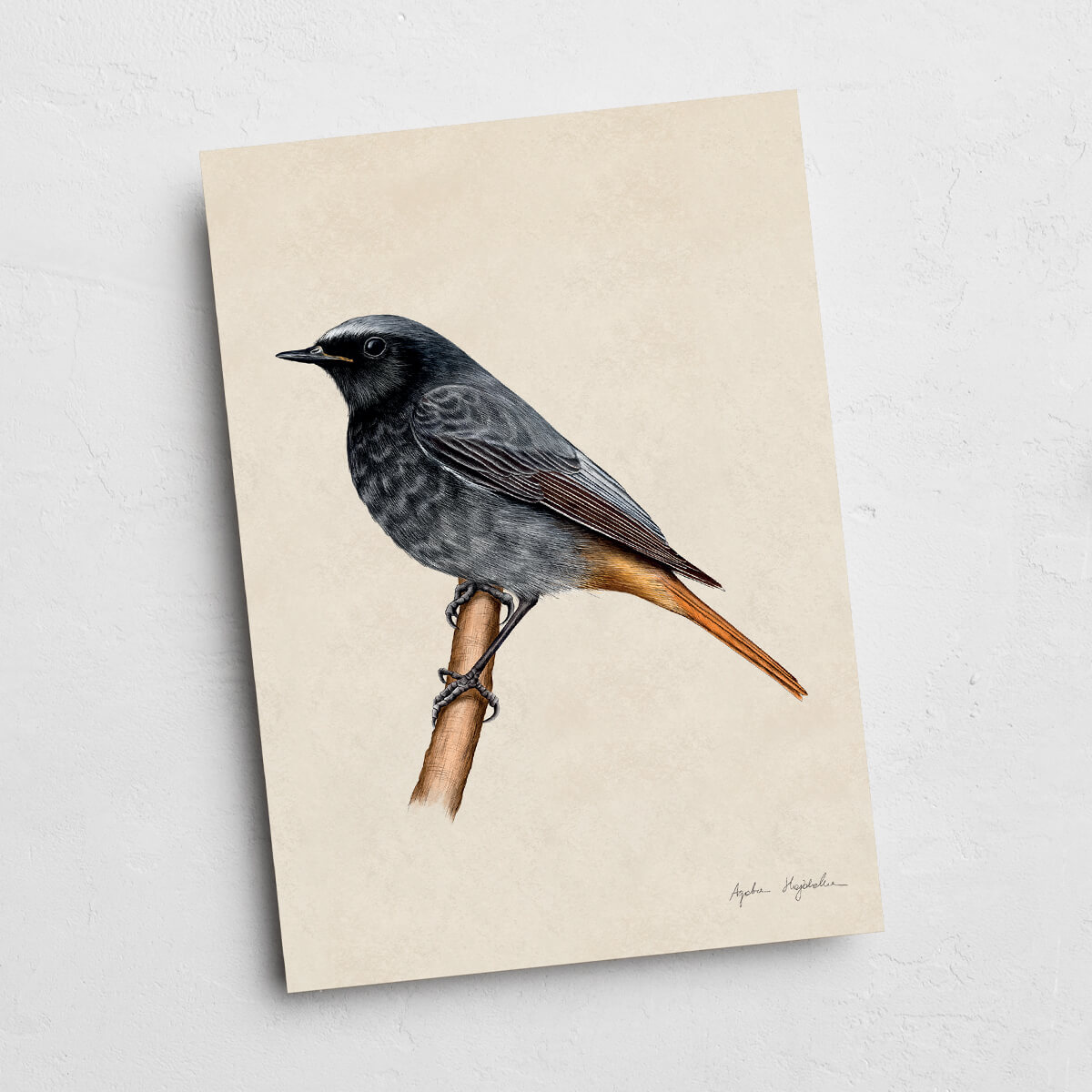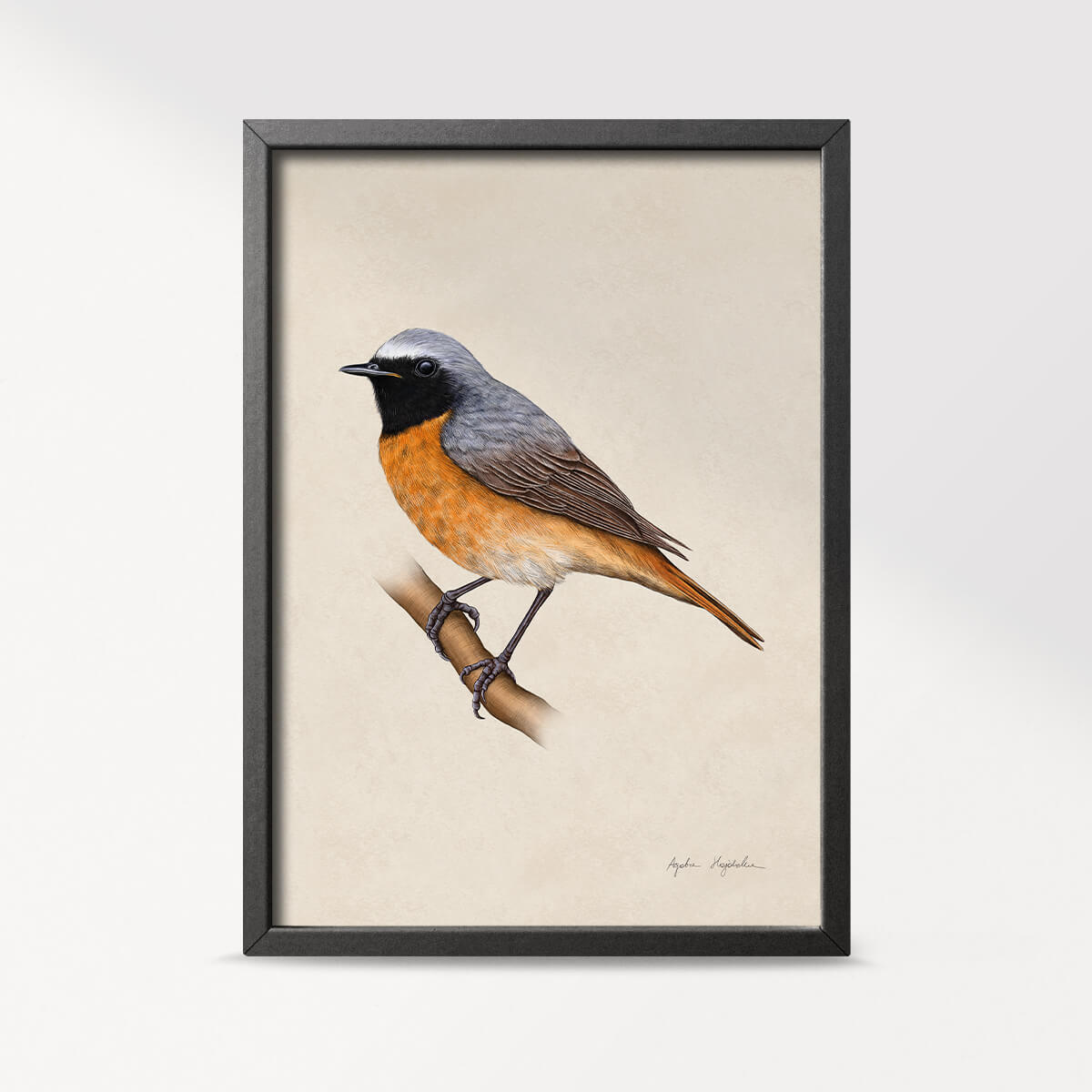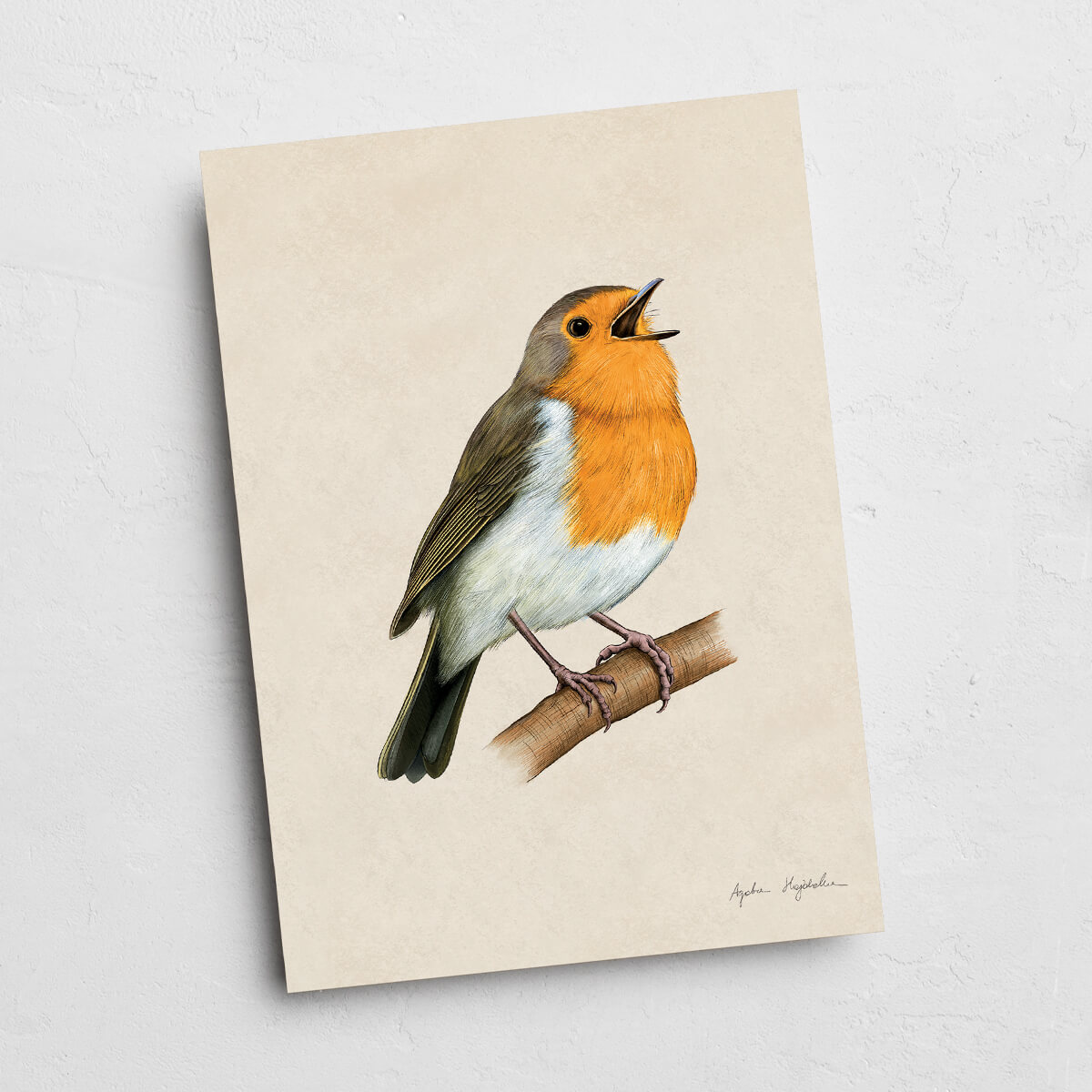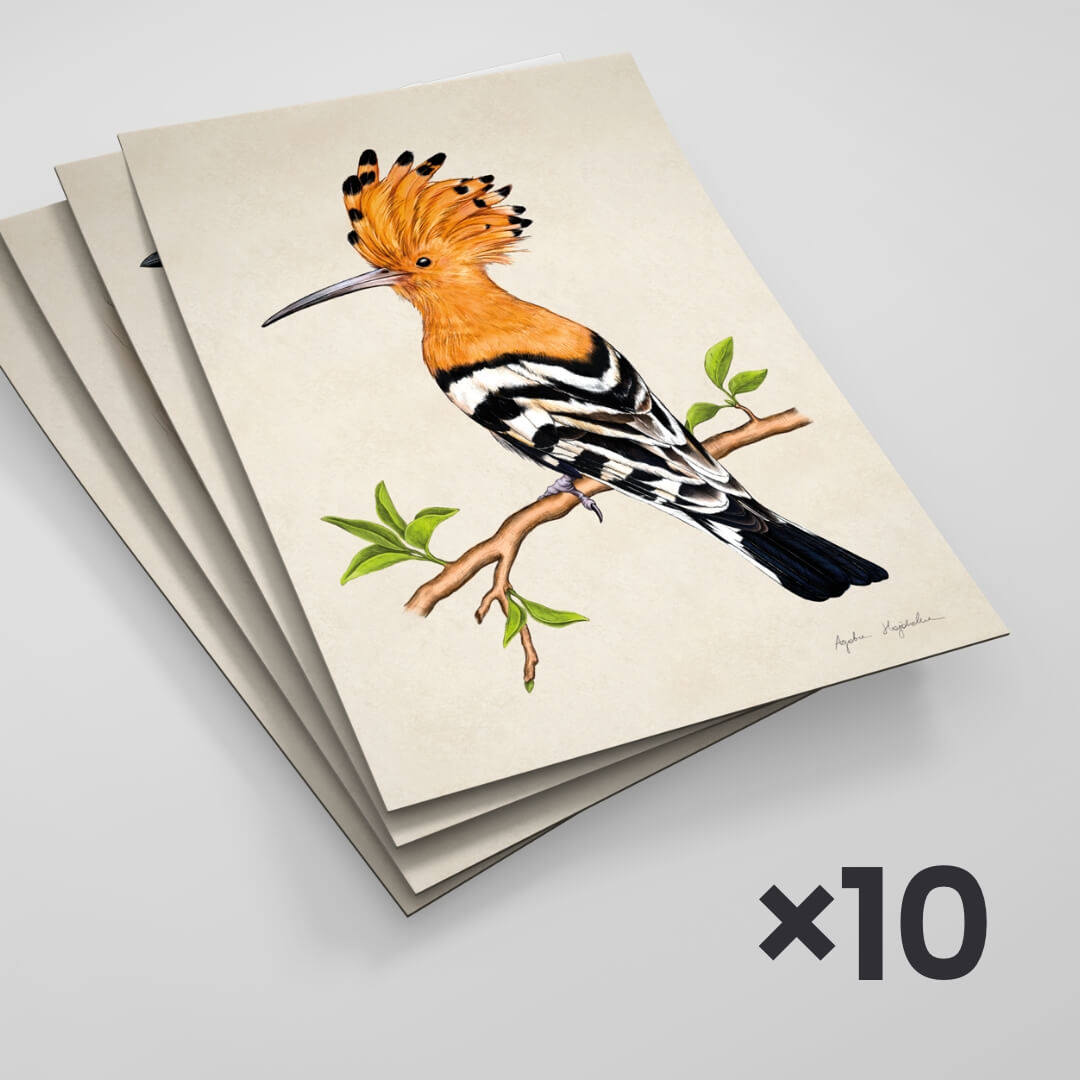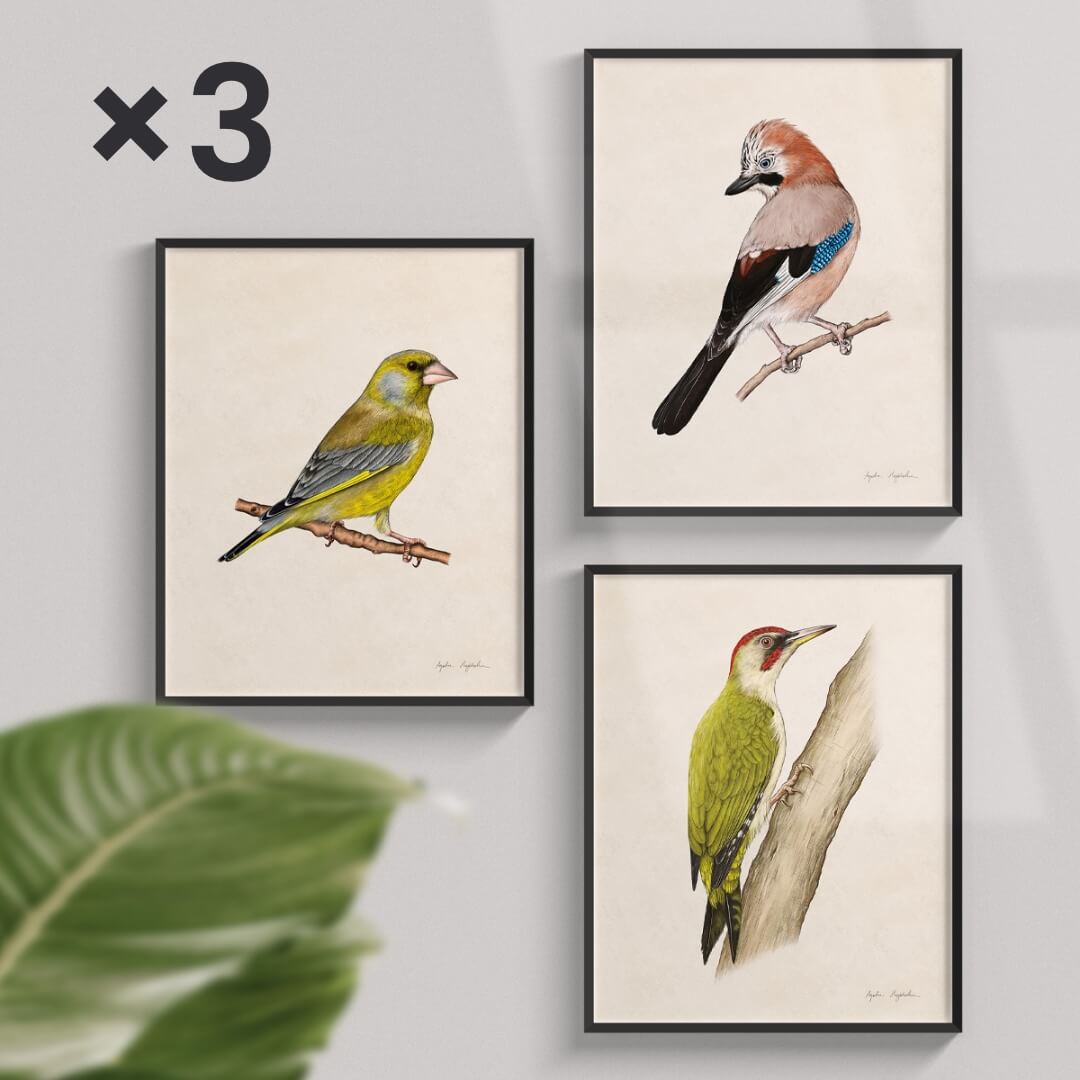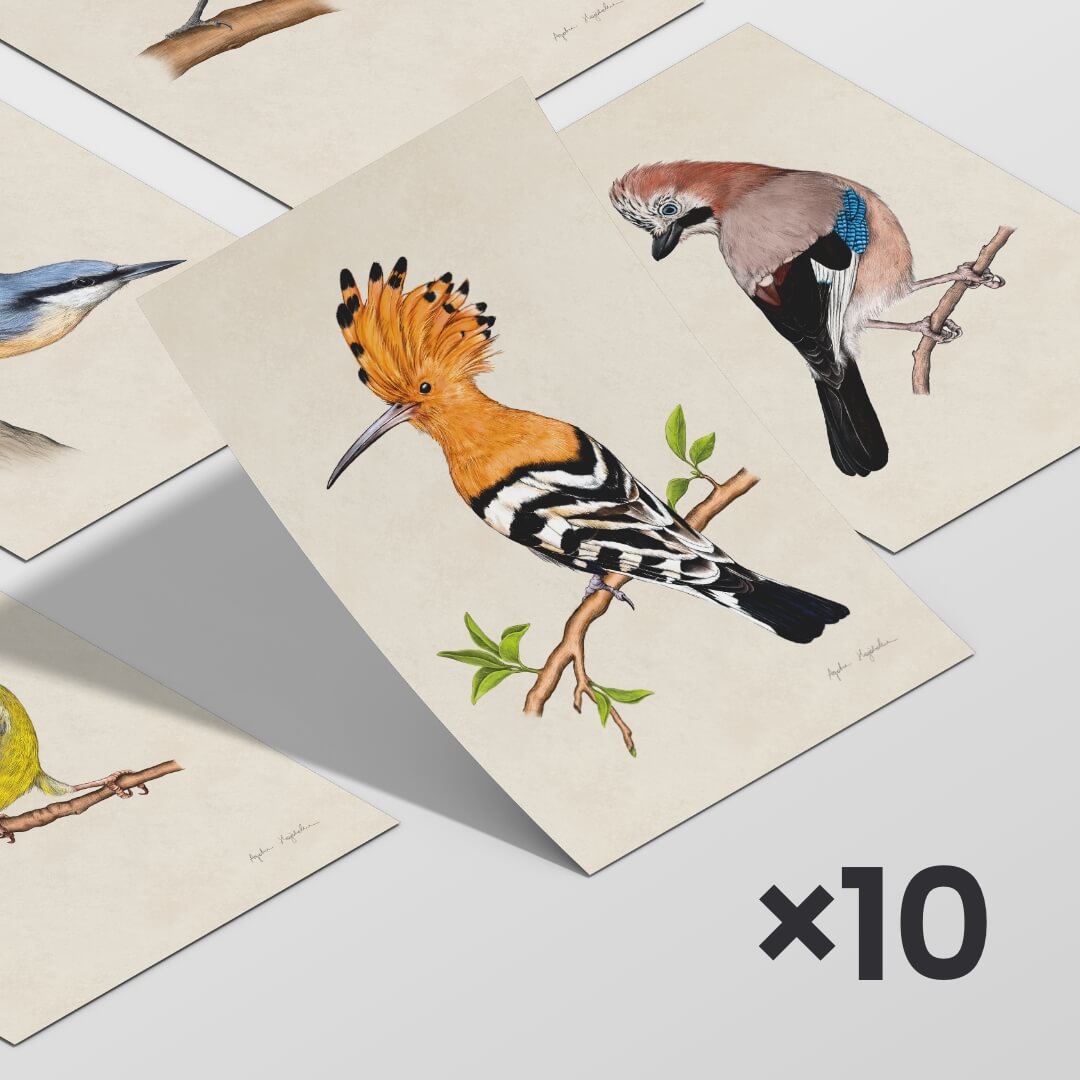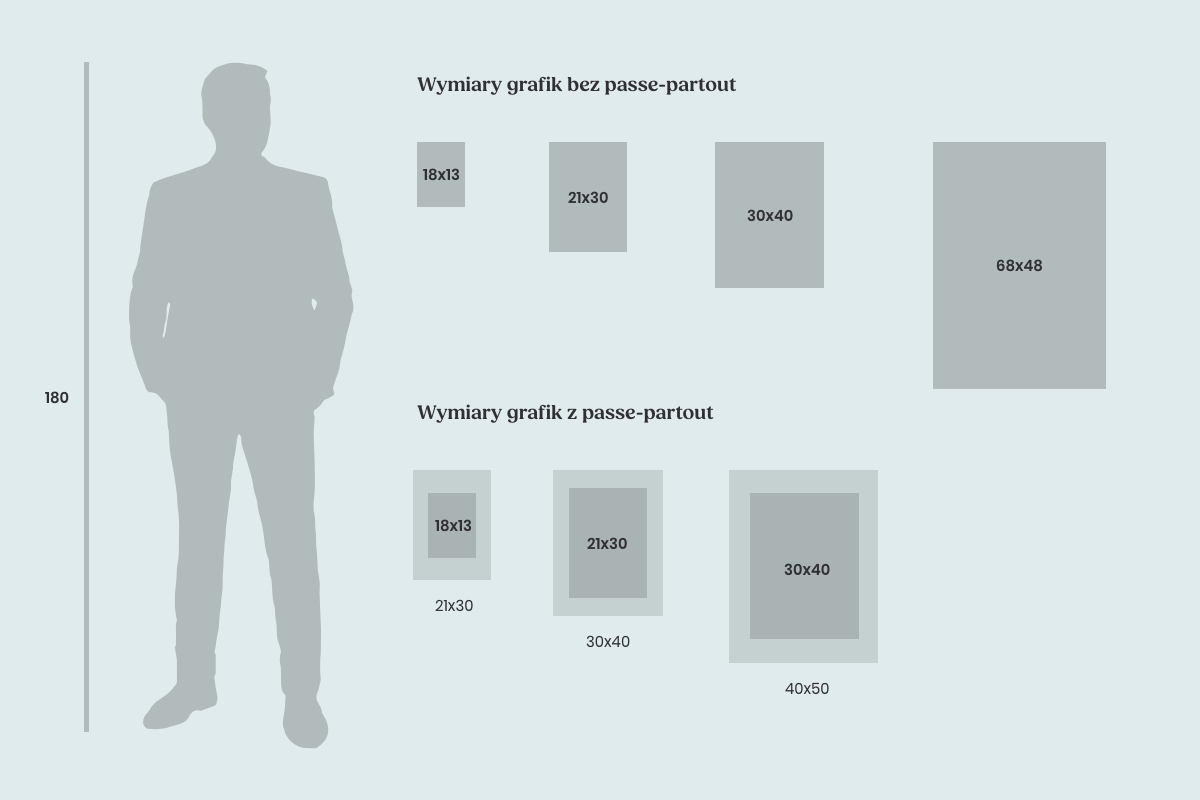- Tukan media
- Explore birds
- Great spotted woodpecker
Great spotted woodpecker
The most numerous woodpecker in Poland, the great spotted woodpecker, is a bird with distinctive plumage. Its coloring is black and white with a red area under the tail. Young birds also have red caps, while males have a red spot on the back of their heads – which is absent in females. This species is found throughout the country and inhabits various types of forests, wooded areas, and parks. It creates its nests in healthy trees, laying 5-6 white eggs in them, which are incubated for about 13 days. The young leave the nest after more than twenty days.
What does a great spotted woodpecker eat?
Its main food consists of insects that infest wood and their larvae, ants, and caterpillars. During winter, it also feeds on pine seeds, which it obtains in a distinctive manner – by breaking open pine cones and wedging them into cracks in tree trunks. Interestingly, it does this at consistent spots known in ornithological terminology as "anvils." It leads a sedentary lifestyle, so it has to cope with winter conditions. Every year, a pair creates a new nesting hole, and the responsibility for this lies with the male. He asserts his dominance over a territory by drumming his strong beak against a tree, creating vibrations in dry branches. In urban areas, you can hear this distinctive drumming on gutters, street lamps, and even television antennas.
What does a great spotted woodpecker look like?
In addition to its distinctive, distinguishing coloration, it also has other features that facilitate its identification:
- strong chisel-shaped beak,
- wide-spaced toes on its feet,
- stiff tail feathers that aid in stability while clinging to trees,
- long tongue - it reaches all the way to the skull and wraps around the brain! It's used to extract insect larvae located beneath the tree bark, while also providing protection against injuries that might occur when pecking on hard wood.
Great Spotted Woodpecker - interesting facts about this remarkable bird
It's worth emphasizing the significance of the Great Spotted Woodpecker for the forest and other bird species. Thanks to its annual excavation of a new nest hole, other winged inhabitants of our country can benefit from it. Without such support, they would struggle to find a place for habitation and egg laying. The cranial structure of the Great Spotted Woodpecker is also interesting – it consists of beams with free spaces in between, serving as a cushioning mechanism during pecking against hard surfaces.
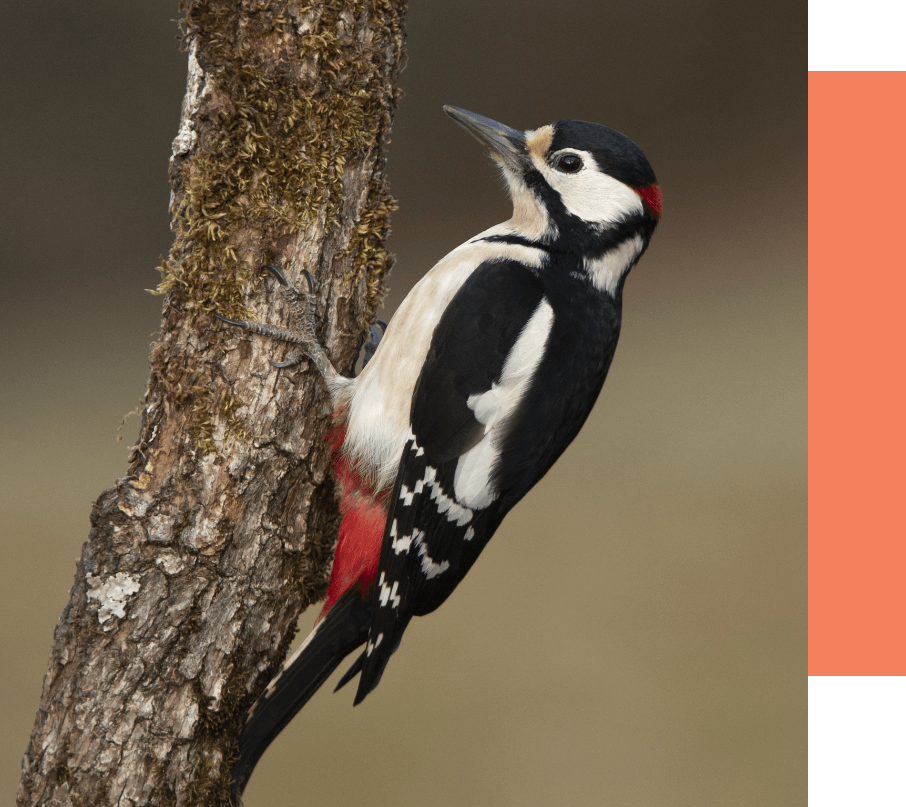
Listen to the voice
Products with an illustration of the great spotted woodpecker
Do you want to show children what the Great Spotted Woodpecker looks like? Take a look at my collection, you'll find many items featuring the image of this bird.
- educational posters
- grafiki
- porcelain mugs
- bookmarks
Every woodpecker enthusiast will find something for themselves here.
View products with Great Spotted Woodpecker
553.00 zł 499.00 zł
400.00 zł 375.00 zł
464.00 zł 439.00 zł
237.00 zł 225.00 zł
150.00 zł 143.00 zł
174.00 zł 165.00 zł
79.00 zł
50.00 zł
5.00 zł
135.00 zł 129.00 zł
360.00 zł 340.00 zł
45.00 zł
20.00 zł – 120.00 zł
20.00 zł – 120.00 zł
Great Spotted Woodpecker - Additional Information
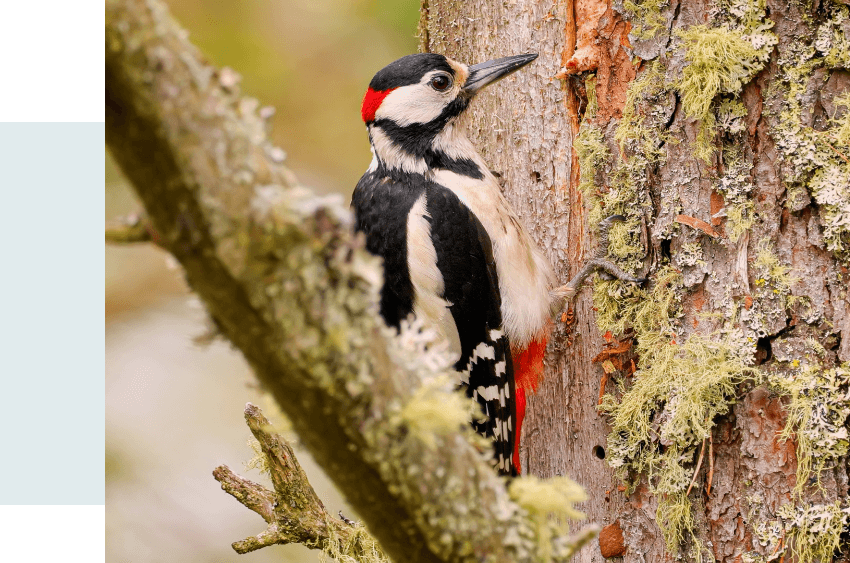
Great spotted woodpecker
Dendrocopos major
Family
Woodpeckers
Locations of Occurrence
The entire country
Food
Mainly insects and their larvae, in winter also seeds extracted from cones.
Population
Moderately common breeding bird.
Migrations
Resident
Breeding
5-6 white eggs. Incubation: 12-13 days. Young leave the nest after 20-24 days.
See other products with birds
89.00 zł
89.00 zł
20.00 zł – 120.00 zł
20.00 zł – 120.00 zł
20.00 zł – 120.00 zł
60.00 zł – 120.00 zł
20.00 zł – 120.00 zł
20.00 zł – 120.00 zł
20.00 zł – 120.00 zł
267.00 zł 230.00 zł
553.00 zł 499.00 zł
400.00 zł 375.00 zł
464.00 zł 439.00 zł
237.00 zł 225.00 zł
150.00 zł 143.00 zł
174.00 zł 165.00 zł
89.00 zł
50.00 zł
50.00 zł
58.00 zł
79.00 zł
79.00 zł
79.00 zł
79.00 zł
79.00 zł
50.00 zł
50.00 zł
50.00 zł
50.00 zł
50.00 zł
89.00 zł
89.00 zł
20.00 zł – 120.00 zł
20.00 zł – 120.00 zł
20.00 zł – 120.00 zł
20.00 zł – 120.00 zł
89.00 zł
20.00 zł – 120.00 zł
20.00 zł – 120.00 zł
60.00 zł – 120.00 zł
20.00 zł – 120.00 zł
20.00 zł – 120.00 zł
20.00 zł – 120.00 zł
600.00 zł 500.00 zł
160.00 zł – 320.00 zł
450.00 zł 400.00 zł
